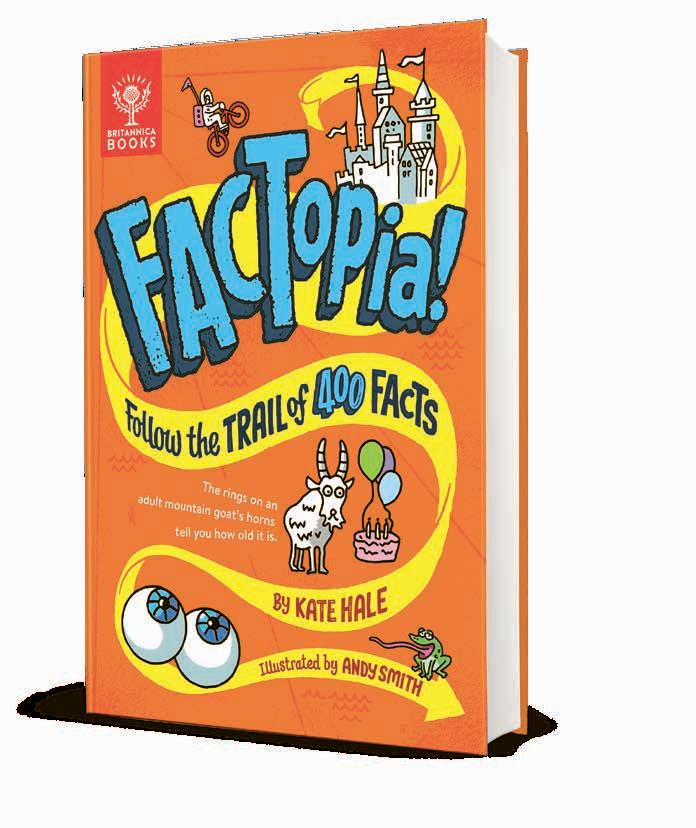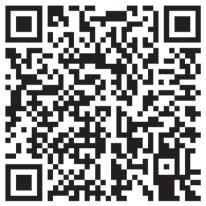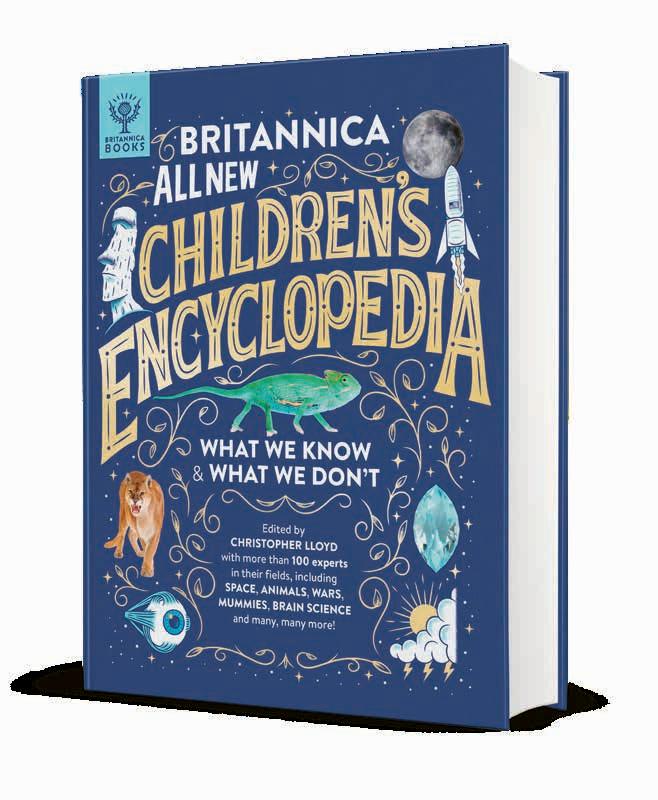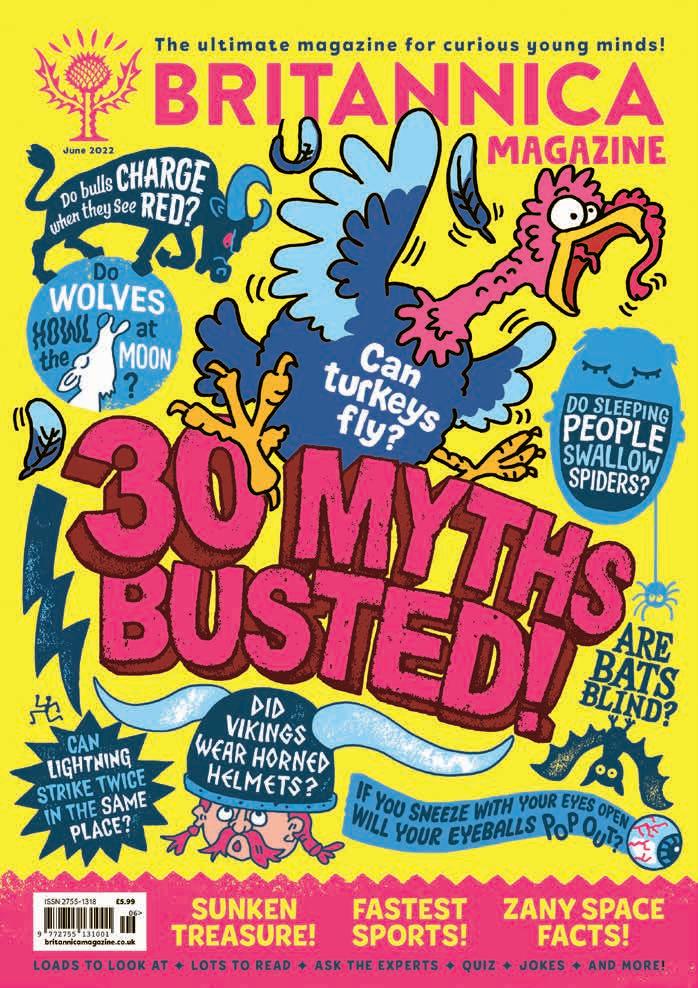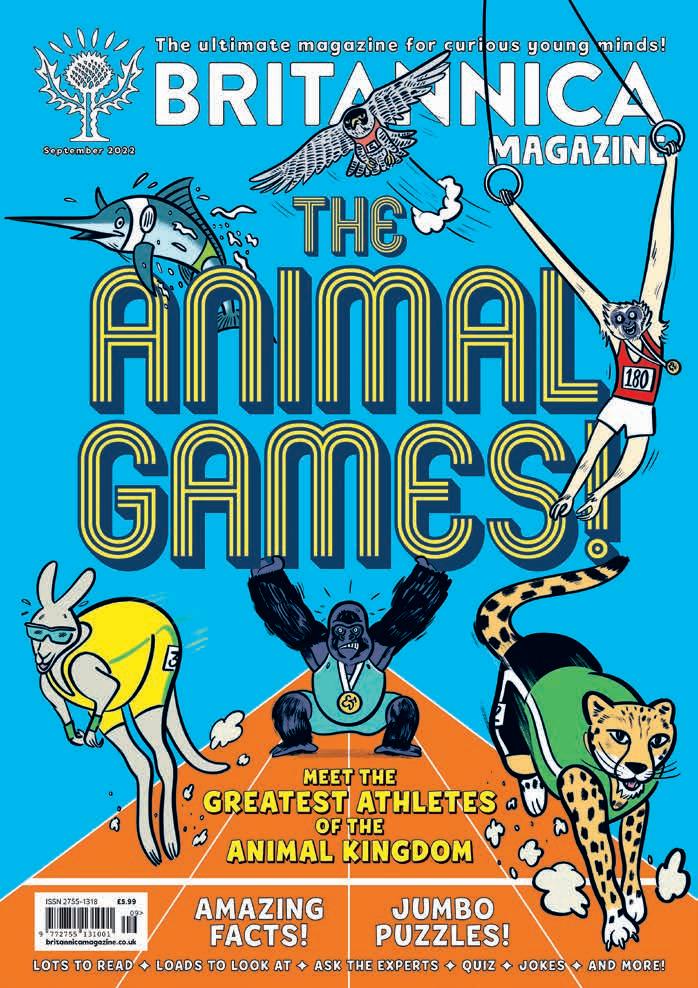CONTENTS
and wonderful world awaits

4 FACTOPIA
Follow the trail of hilarious illustrations and crazily connected facts. All the way from a knight’s helmet to… the world’s loudest burp!
SNAP IT!
Eye-popping photos to amuse and amaze. Including a magical underwater world, a teetering human pyramid and an office shaped like a fish.
1O EUREKA!
Fascinating inventions and discoveries. Meet the two-legged robot sprinting into the record books, a gigantic pumpkin and a fossilised T.rex worth more than £2O million.

12 LISTIFIED

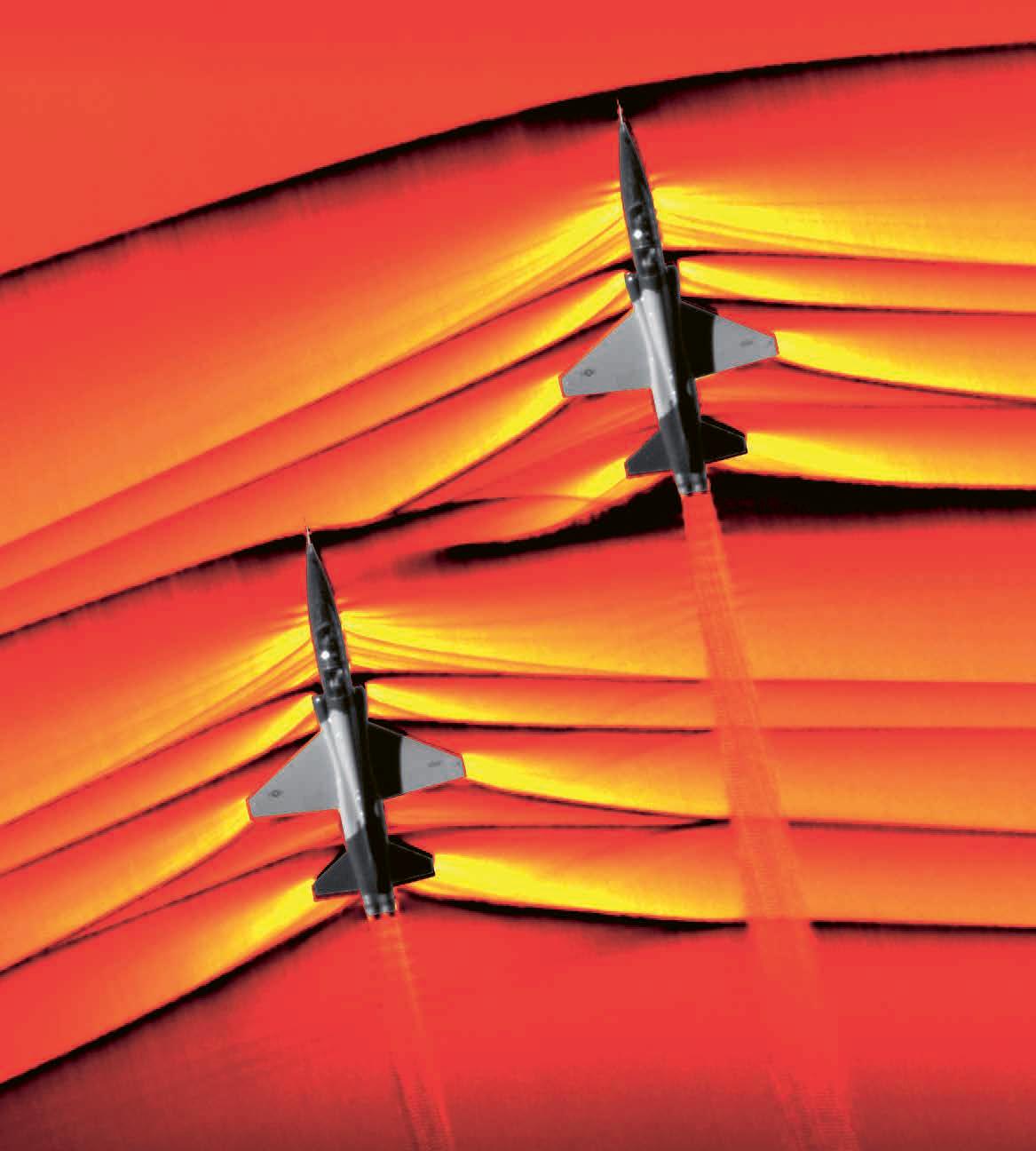
Discover eight animals that do useful jobs. Plus, find out what percentage of your DNA you share with a banana!
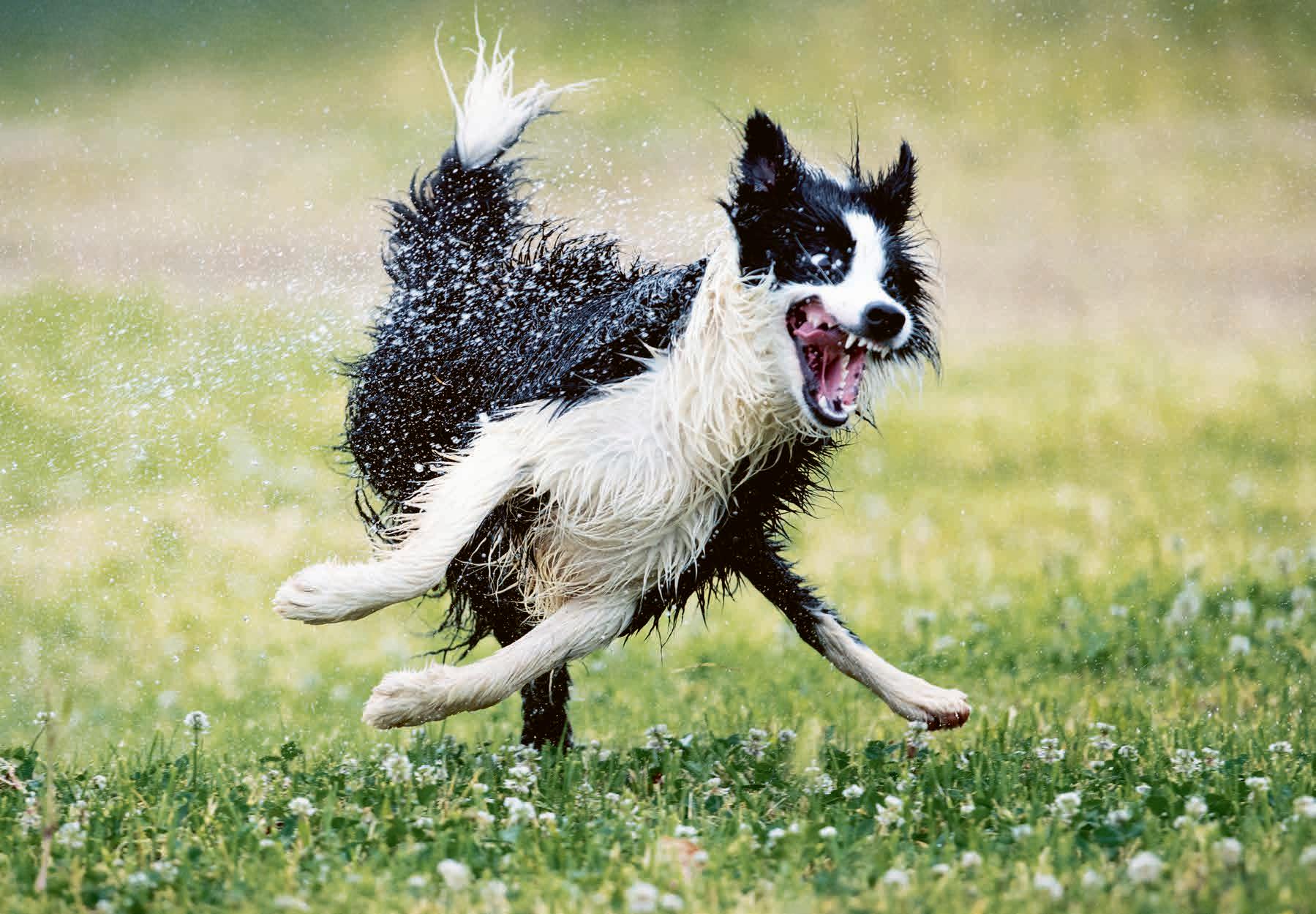
12
28 MY BRITANNICA
Meet a snorkelling elephant in the Illustrated Fact of the Month. Plus, check out the latest letters and photos from readers.

29 ASK THE EXPERTS
Your chance to test Britannica’s brilliant experts. This month, find out which animal has the biggest brain and why humans fart!
3O THE BIG BRITANNICA QUIZ
Stretch your brain power with our brilliantly tricky quiz.
32 PUZZLES & GAMES
A special jumbo edition featuring an animal Word Search, Spot the Difference, Space-Doku!, Word Morphs, Connect the Planets and Number Triangles!
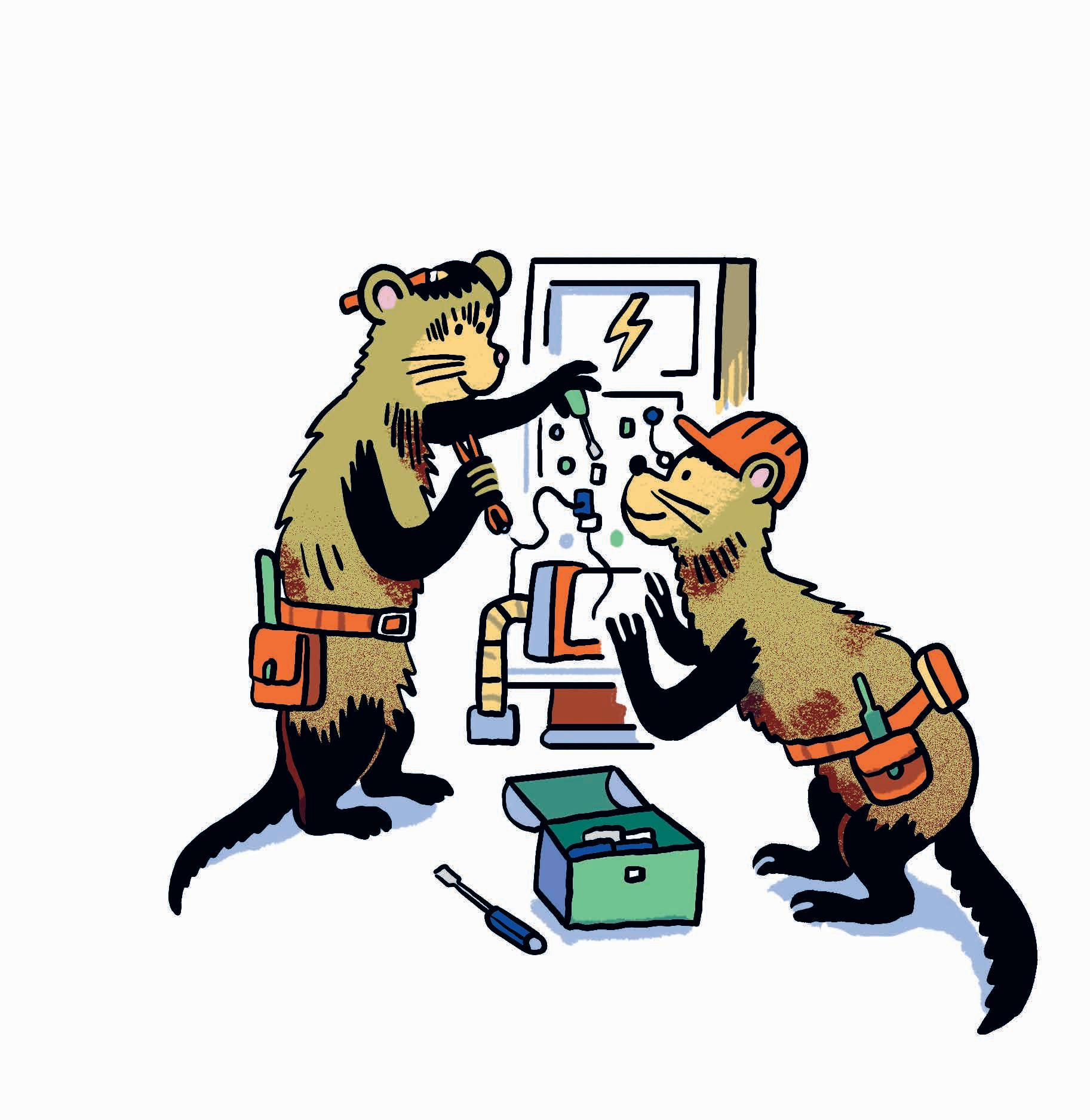
35 JOKES & RIDDLES
Hand-picked by our jokes editor May!
14 FASCINATING FACTS ABOUT NOVEMBER
Celebrate 1O historic anniversaries and events, including the first animal to orbit the Earth and the longestlasting rainbow.
16 COVER FEATURE: AN ADVENTURE IN SOUND
From sound waves to sonic booms, explore the magical and mysterious world of sounds.
2O TEACHING THE WORLD TO LISTEN
Find out about the life and music of Evelyn Glennie, who despite going deaf as a child went on to become one of the world’s greatest musicians.
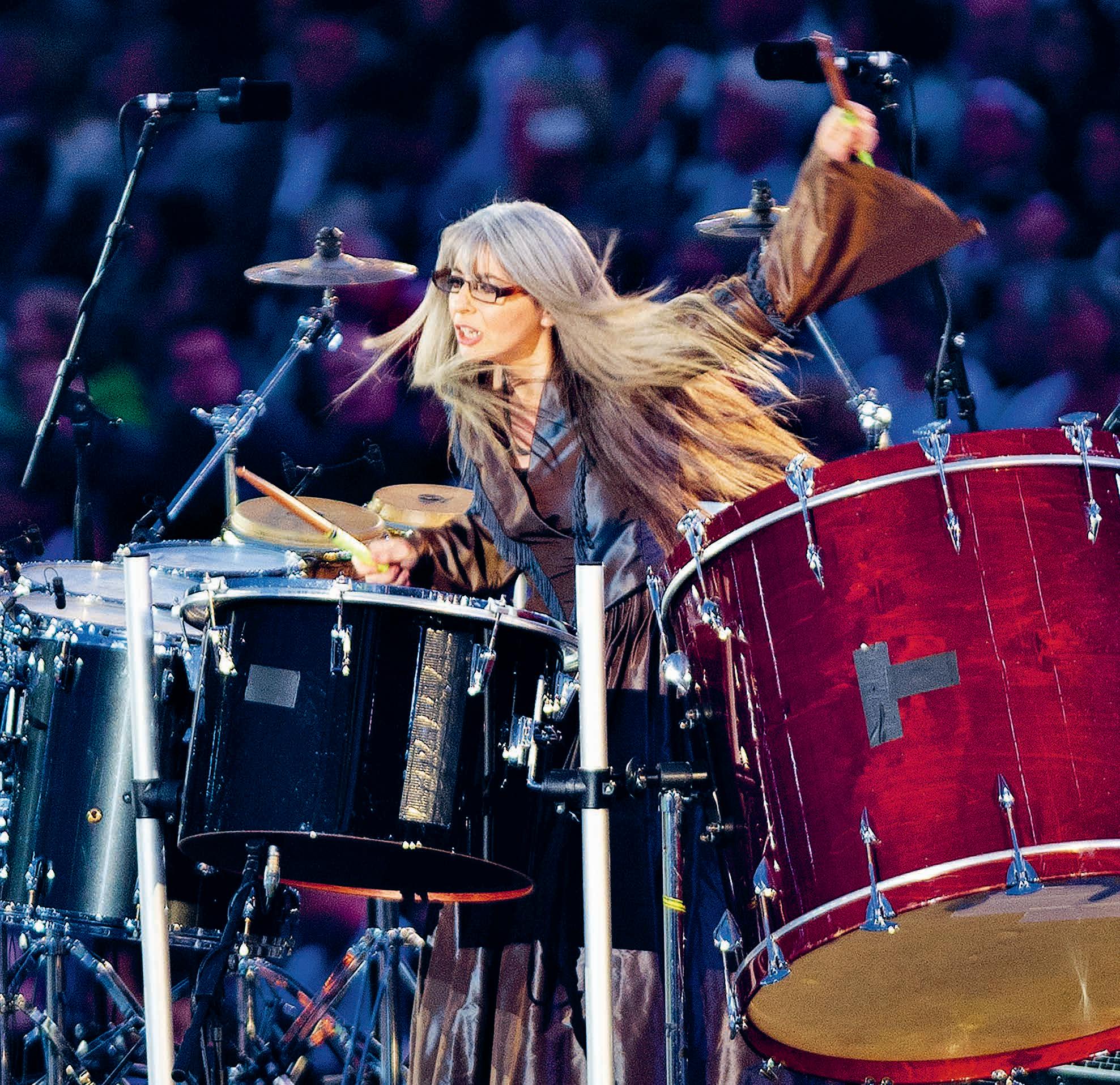
22 ASTOUNDING FACTS ABOUT TARDIGRADES
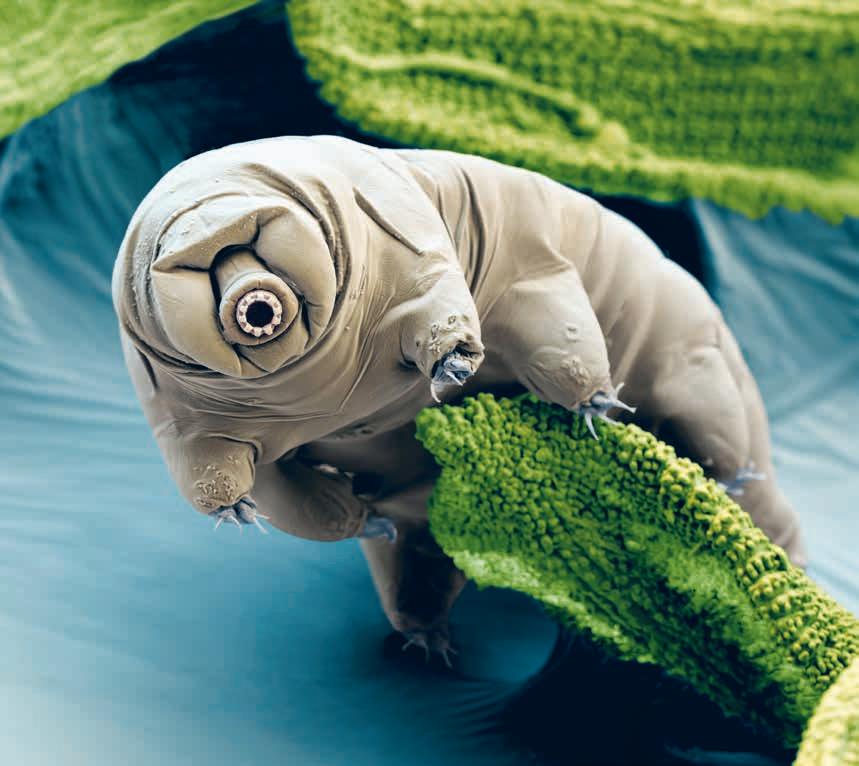
Discover why the tiny tardigrade is one of the most extraordinary creatures in the animal kingdom.
24 INFOGRAPHIC: FEELING COLD!
Encounter the coldest places and things on Earth – and find out out how scientists measure their freezing temperatures.
26 ABSOLUTELY EVERYTHING!
Our epic serialisation of the true history of the universe continues with two worldchanging inventions: writing and the wheel.
SEND IT IN!
Email us your letters, photos and favourite facts to: editor@britannicamagazine. com
Or
Britannica Magazine
The Black Barn, Wickhurst Farm Tonbridge, Kent, TN11 8PS
During the Middle Ages, squires would often clean knights’ armour using a mixture of sand and urine
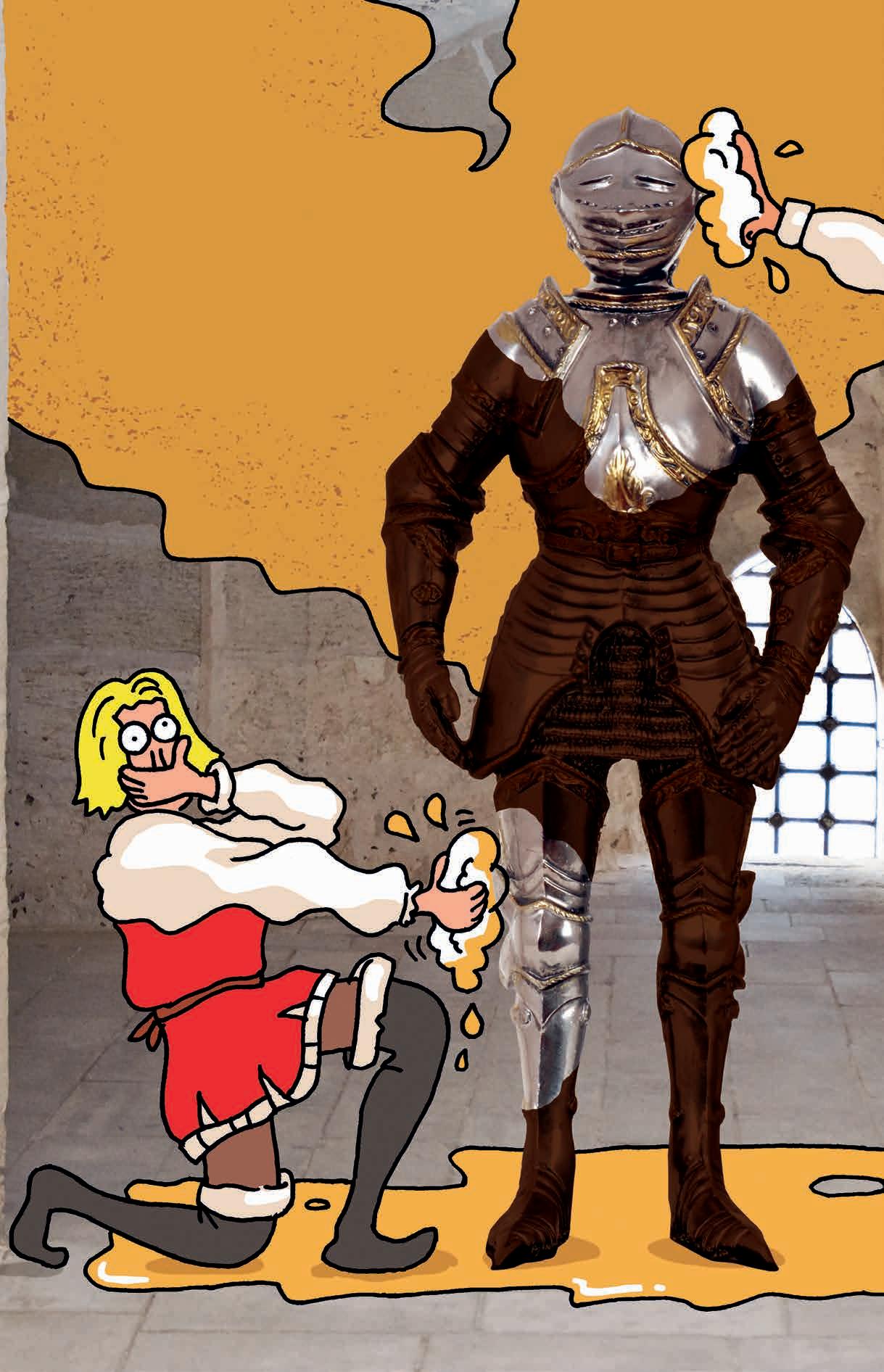
Follow the trail of crazily connected facts all the way from a knight’s helmet to… the world’s loudest burp!
By Kate Hale and Paige Towler Illustrations by Andy Smith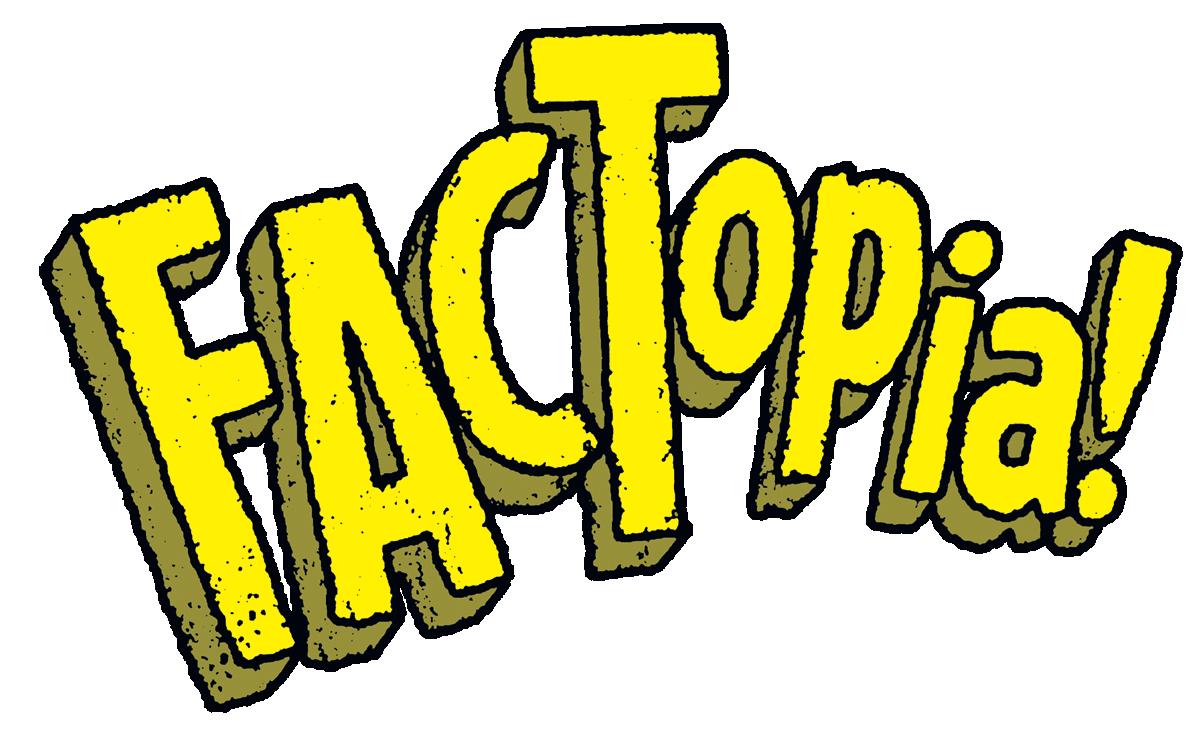
A knight’s helmet could weigh as much as 4 kilograms – as heavy as a cat
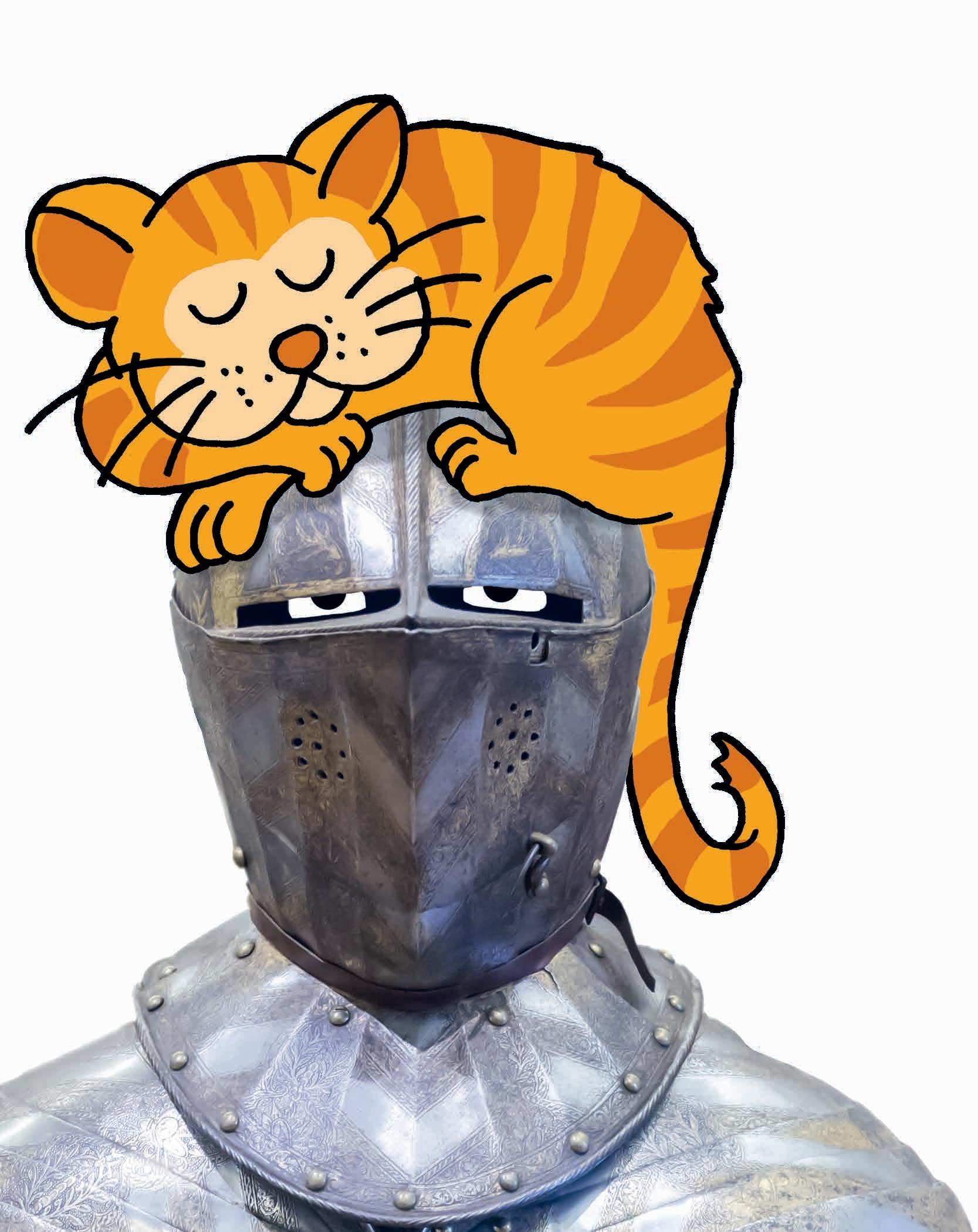
in fireworks cause diferent sounds:
aluminium produces a hissing sound while titanium makes a loud

In ancient Rome, laundry washers would clean clothes in large vats of urine
For a school project, a group of girls from Nigeria created an electricity generator that can run on urine
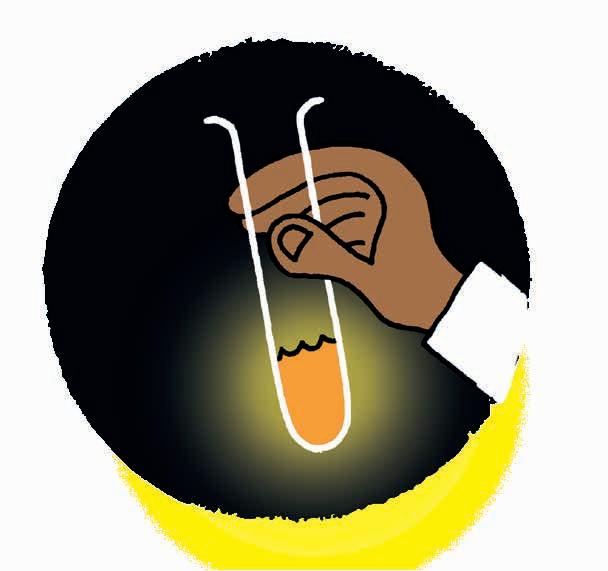
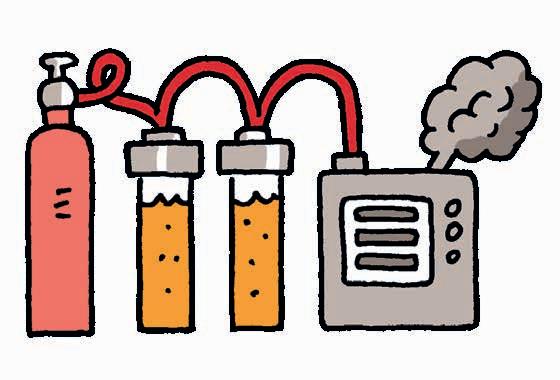
that
BOOM
According to scientists, all the fresh water on Earth has been drunk – and peed out – by dinosaurs
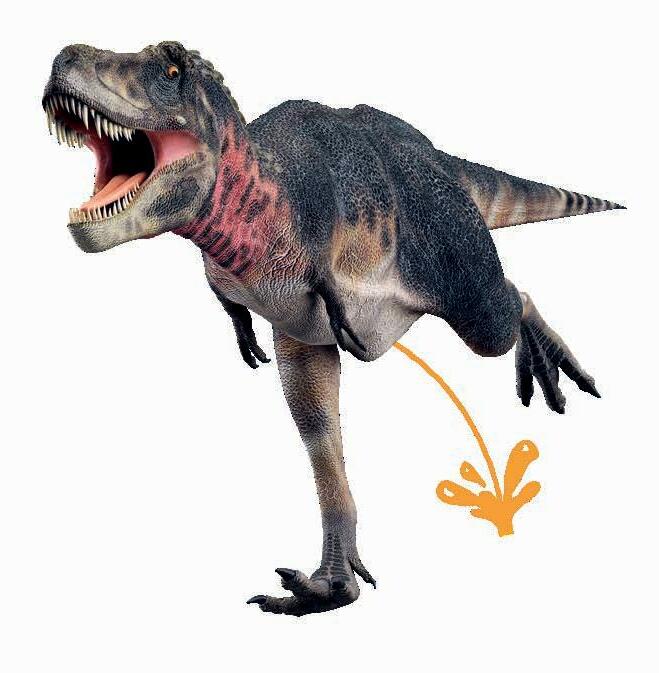
Pee was once used to make gunpowder

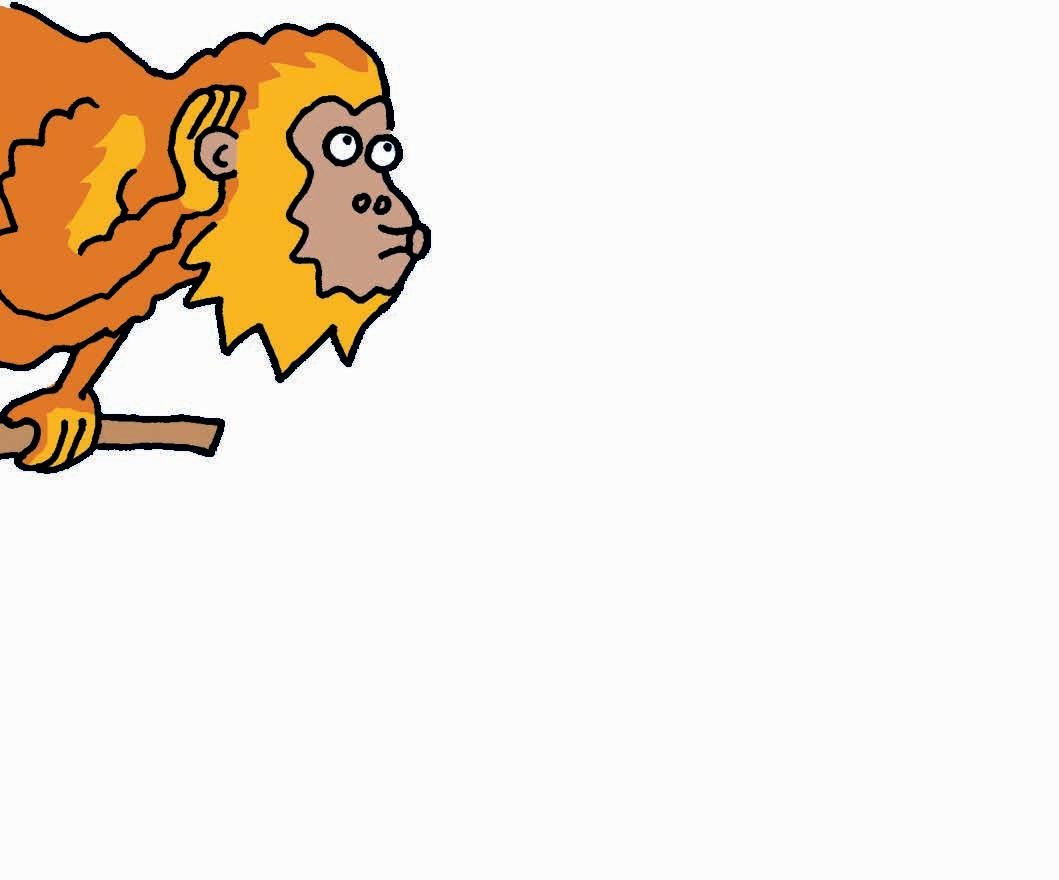
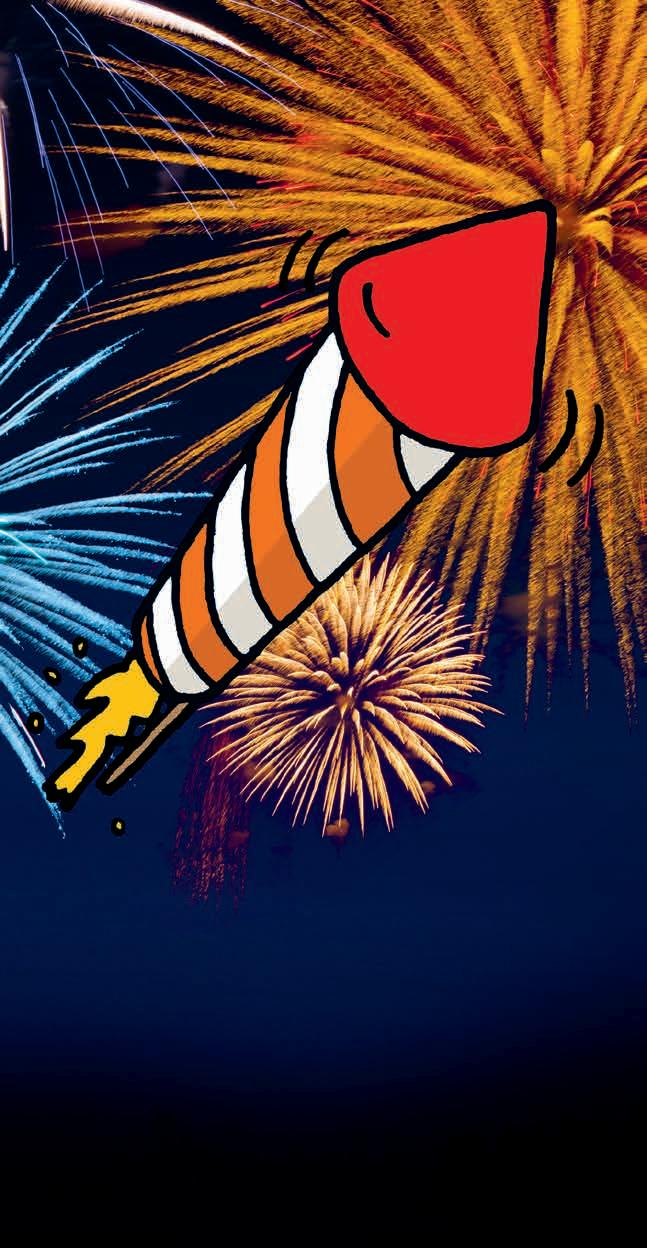
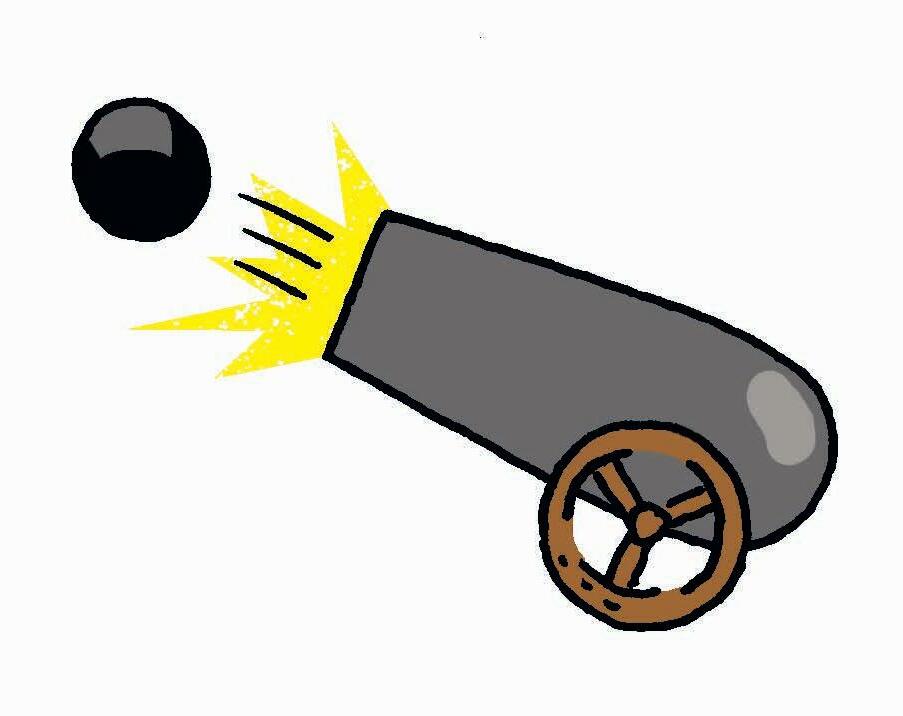
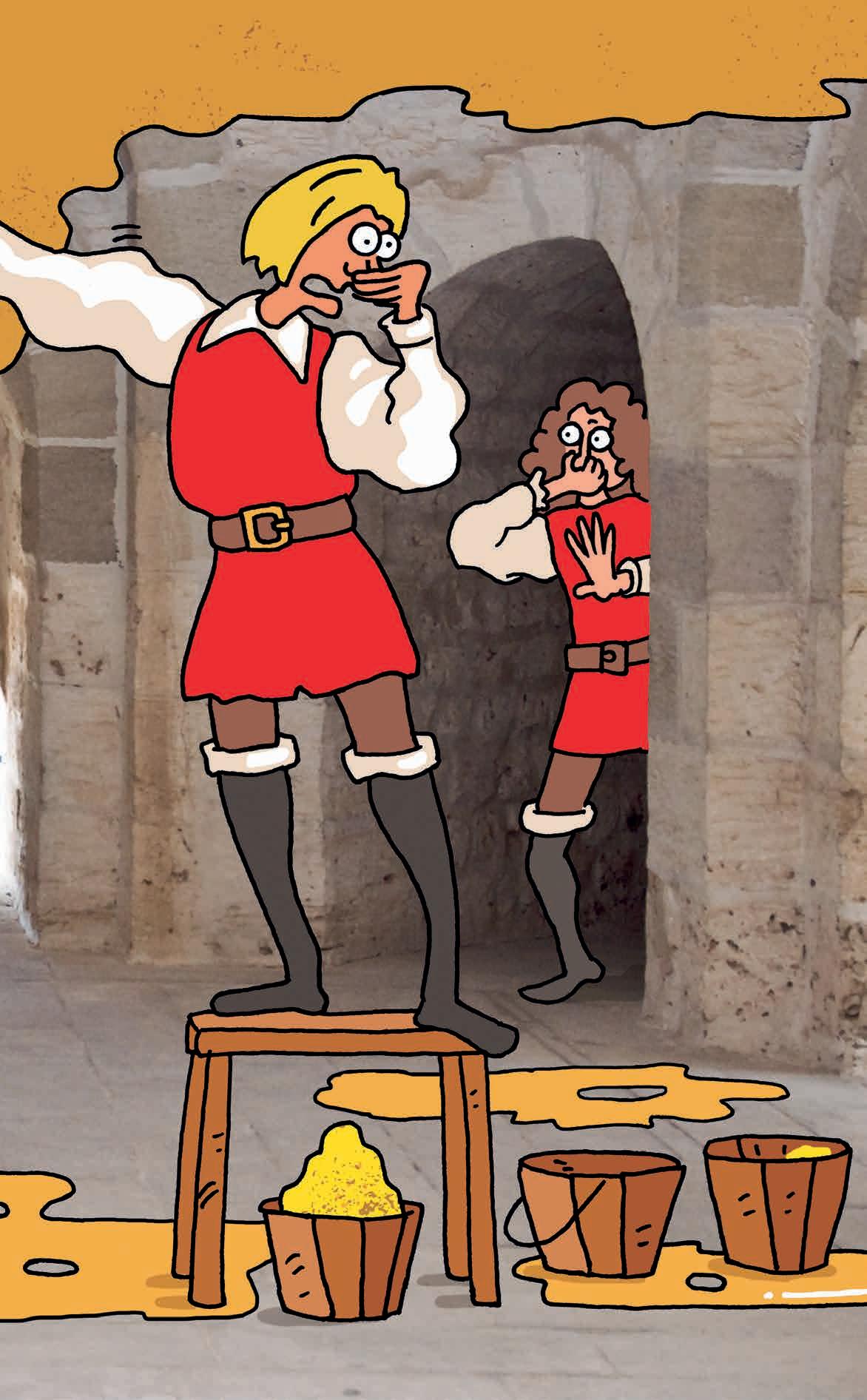
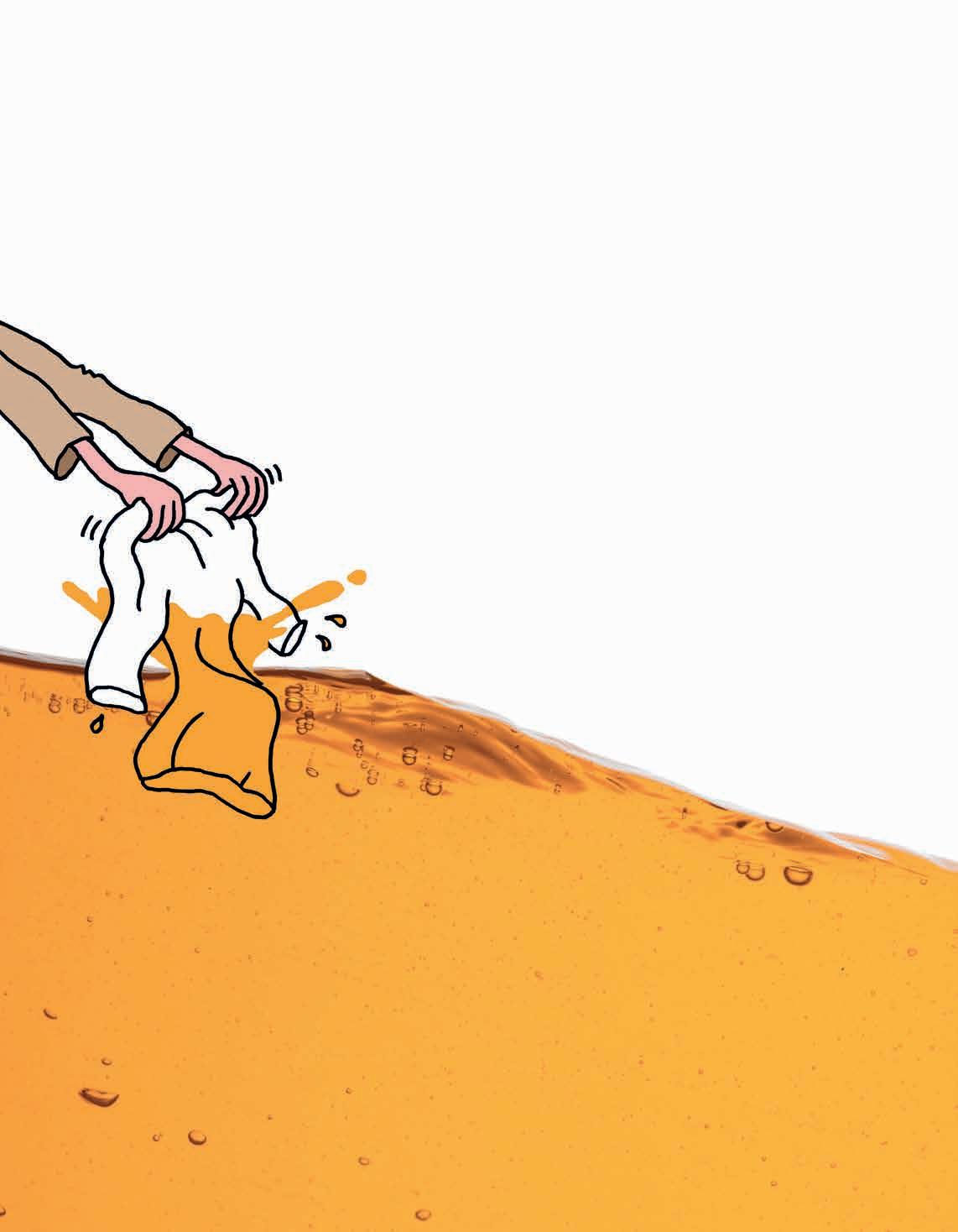
Howler monkey calls are so loud they can be heard up to 4 8 kilometres away
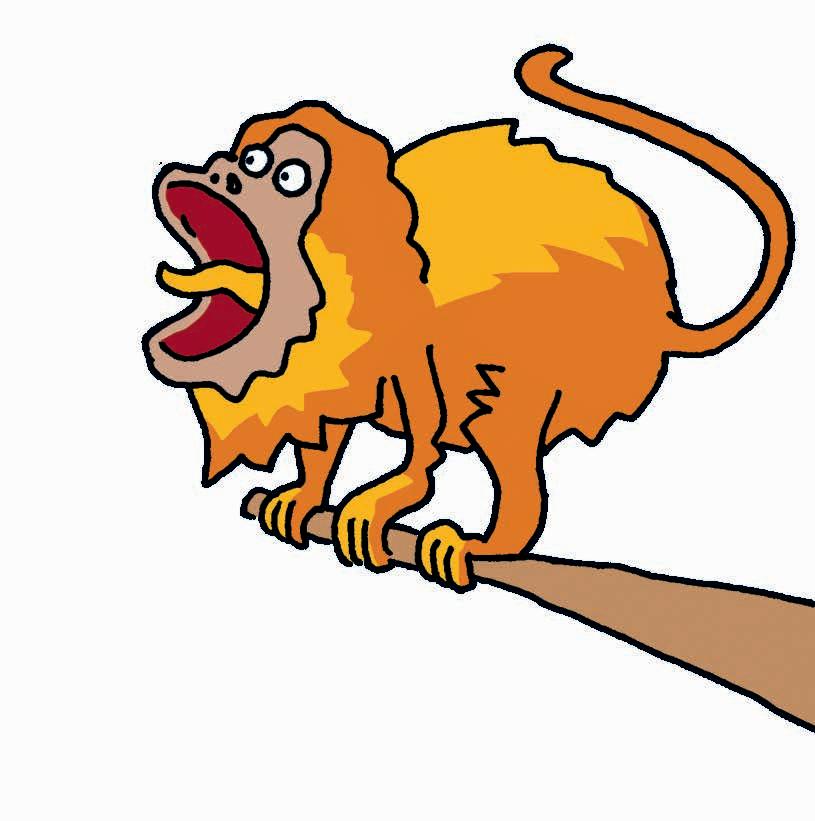
man in
The clicking sounds that a sperm whale makes can be as loud as a rocket ship at take-off
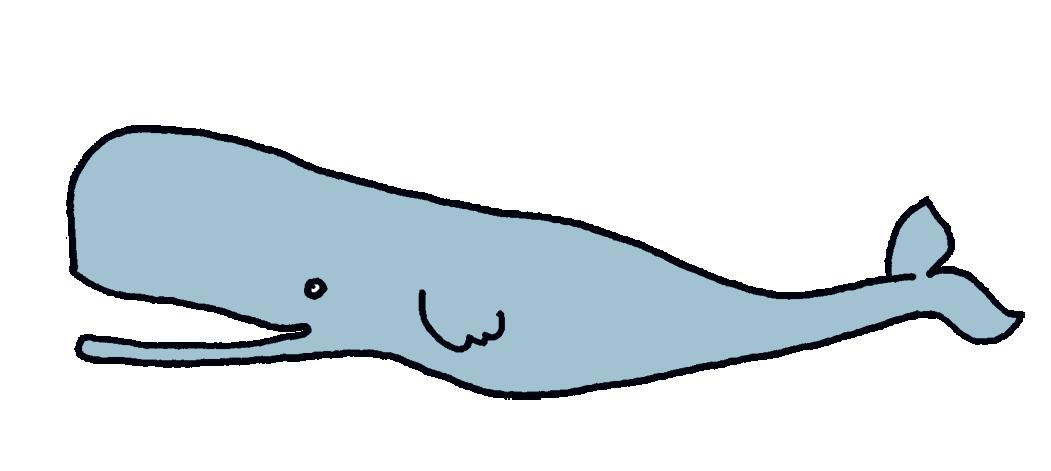
Burper King’

BENEATH THE WAVES



This fantastic underwater photo was taken by scuba-diving photographer Andy Schmid off the coast of Malé, the capital of the Maldive islands in the Indian Ocean. It stars a graceful pink whipray gliding through a school of black-and-white bannerfish.
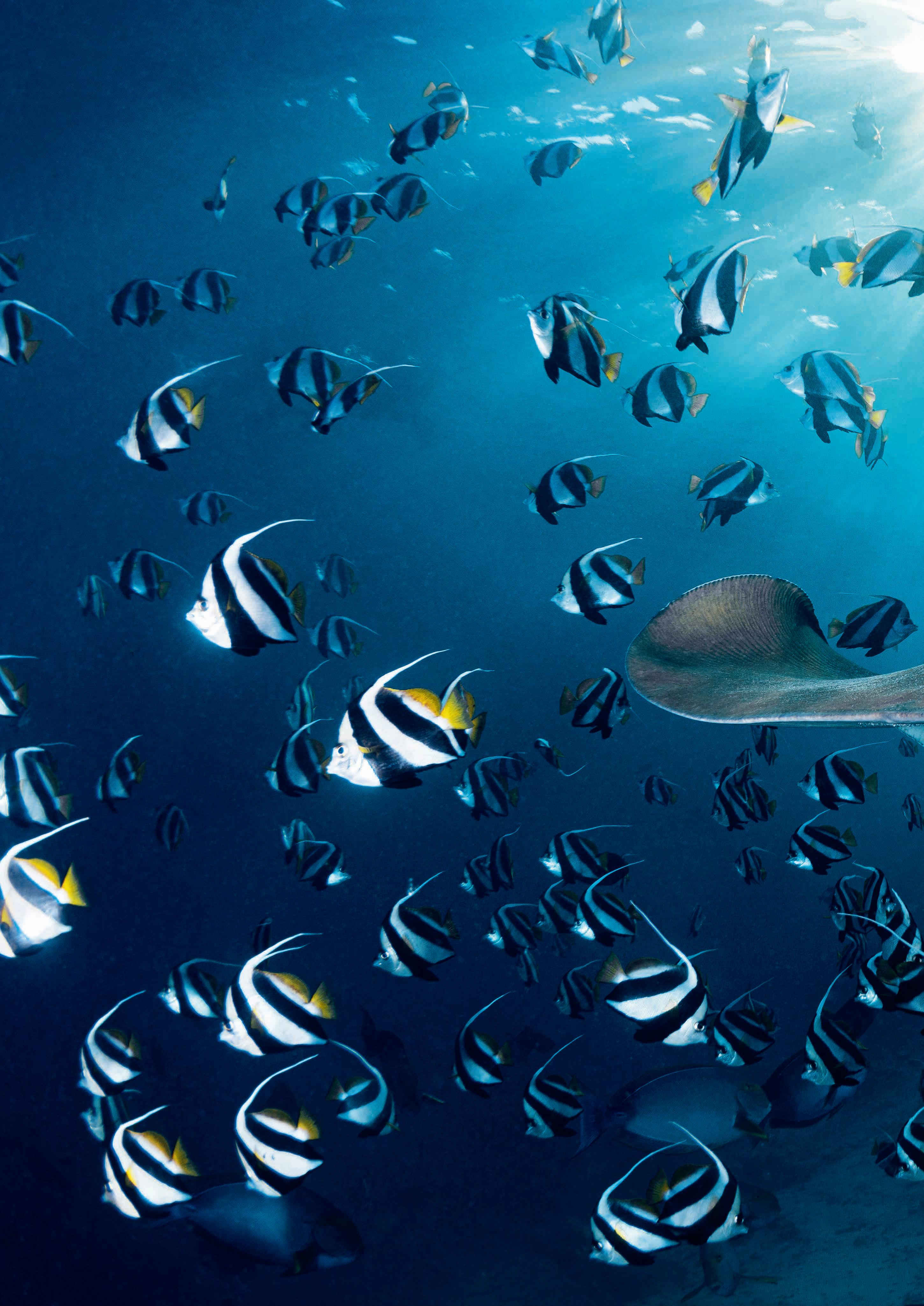
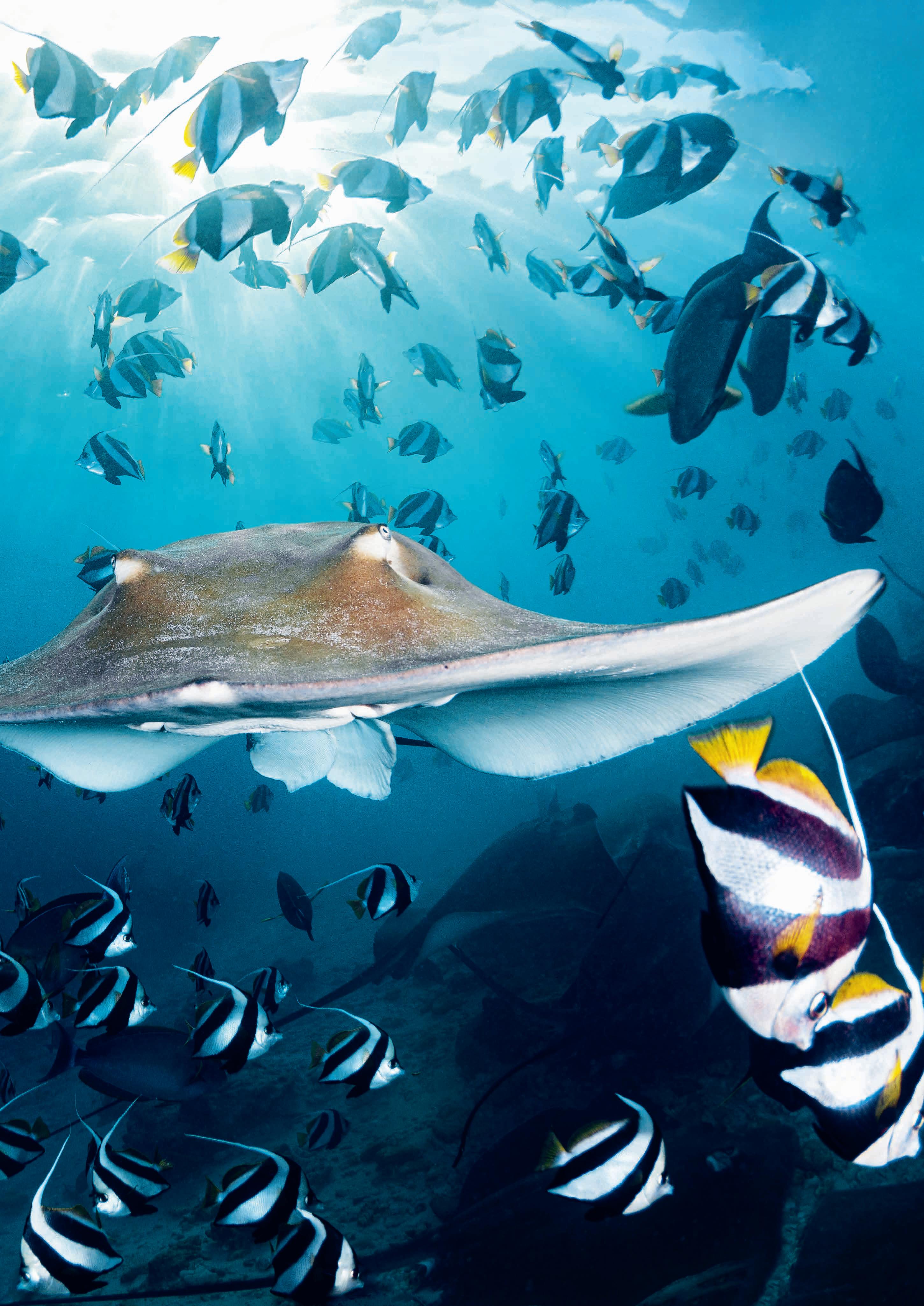
WOAH!

LET IT GLOW
The magical green lights at the top of this photo are called the Northern Lights. The lights are caused by the collision of tiny particles released by the Sun with tiny particles in Earth’s atmosphere.




HREBENDA



STANDING TALL
Once every two years in the Spanish city of Tarragona, teams of castellers compete to see who can build the highest castell, or human tower, by standing on each other’s shoulders. Teams are awarded points for height, skill and dismounting their castell safely.

CATCH ME IF YOU CAN!
This is Nilo, a puppy from Spain who was accidentally hit by a car and only just survived. Thankfully, Nilo has now fully recovered and is able to run around having fun again. As you can see, Nilo particularly loves playing games with the garden sprinkler.

WOW!




FISHY BUSINESS
Imagine going to work every day inside a giant fish!
That’s what happens to staff at the Indian government’s National Fisheries Development Board in the city of Hyderabad. Their office – nicknamed the Fish Building – is shaped like this because all the work done inside relates to fishing and fish.

Eureka!
Could you beat Cassie the running robot in a 1OO-metre sprint?
Cassie the robot has set a new world record for the fastest 100 metres by a bipedal, or two-legged, robot. Cassie’s time – of 24.73 seconds –was achieved at the Whyte Track and Field Center at Oregon State University, USA, where Cassie was invented and developed.
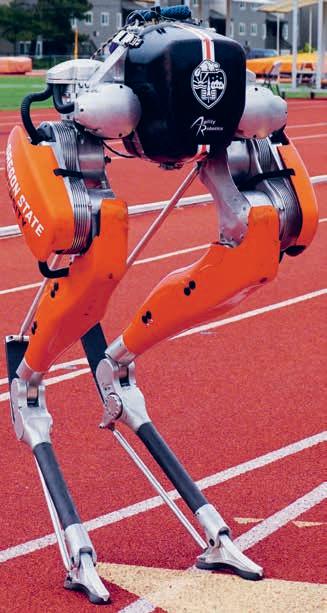
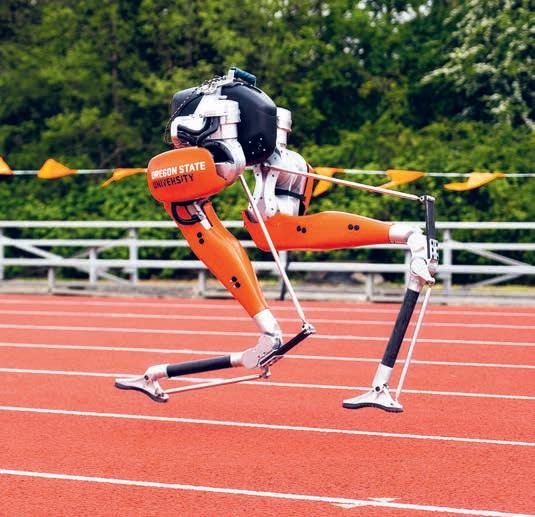
To complete the race successfully, Cassie had to start from a standing position and then return to the same position at the end without falling over. The robot, whose knees are designed to bend like an ostrich’s, operates without any cameras or external sensors, so is running as if blind.
Although Cassie’s new robot world record is not yet a match for the human world record of 9.58 seconds – set by the
Cassie the robot setting a new world record in Oregon, USA.
Jamaican sprinter Usain Bolt in 2009 – it is still an exciting advance. ‘Starting and stopping in a standing position are more difficult than the running part,’ said OSU artificial intelligence expert Alan Fern. ‘This may be the first bipedal robot to learn to run, but it won’t be the last. Progress is going to accelerate from here.’
The latest astonishing discoveries, inventions and scientific breakthroughs.

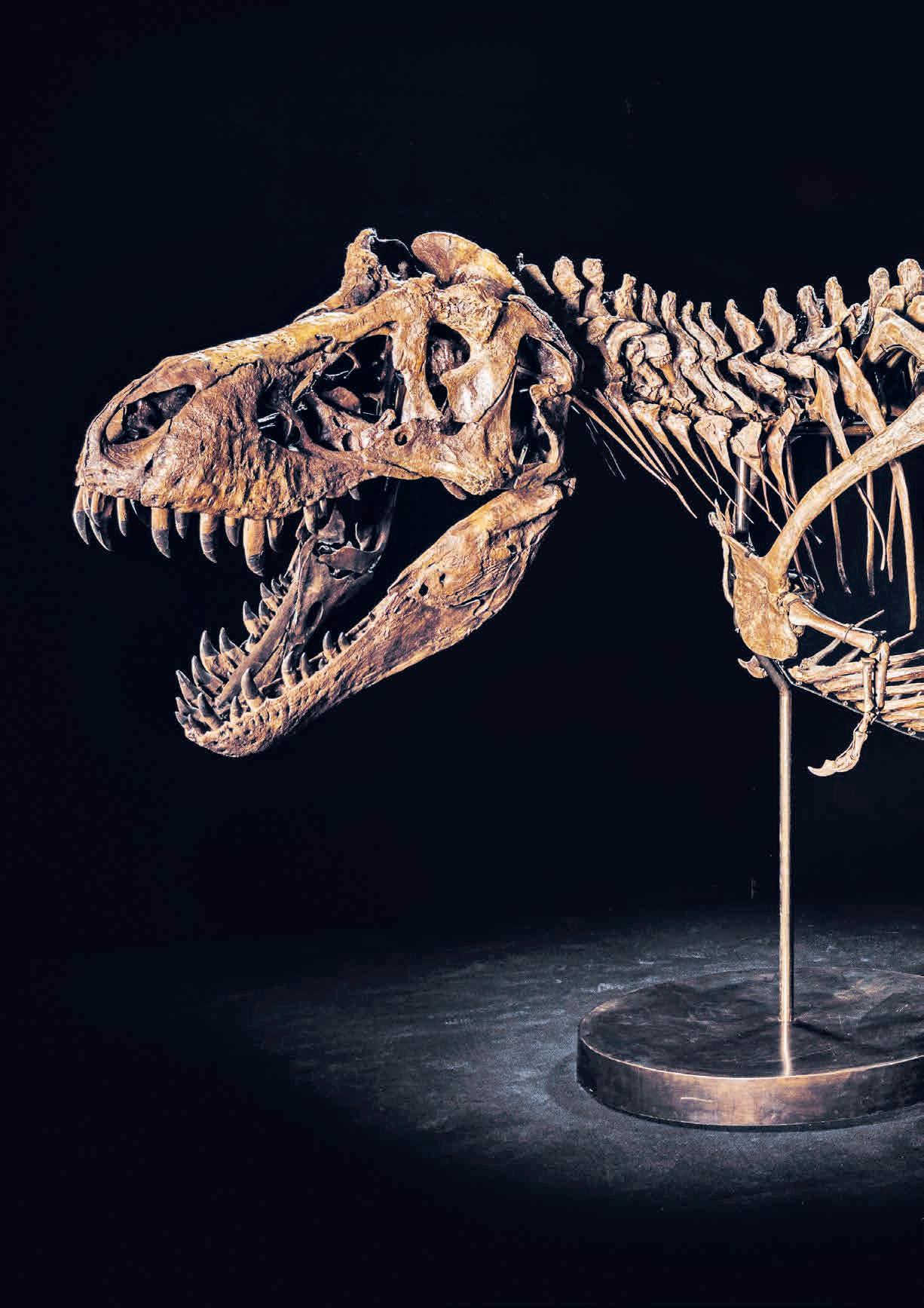
Photographer captures the moment a comet’s tail breaks off

Comets are clusters of ice and dust that orbit the Sun. As their orbit brings them closer to the Sun, the solar wind, which is a stream of energised particles released by the Sun, vaporises some of the ice and dust. This creates the comet’s tail, which always points away from the Sun, in the same direction as the solar wind.
This rare photograph shows a piece of Comet Leonard’s tail breaking off and being carried away by the solar wind. After being discovered in 2021, Comet Leonard was visible
from Earth for a short time. But it has now left our solar system and will never be seen from Earth again.
‘Comets look different from hour to hour. They are very surprising things,’ said photographer Gerald Rhemann,
whose award-winning photo is part of a new exhibition at the Royal Observatory Greenwich in London, UK.
£22 million T.rex goes on sale
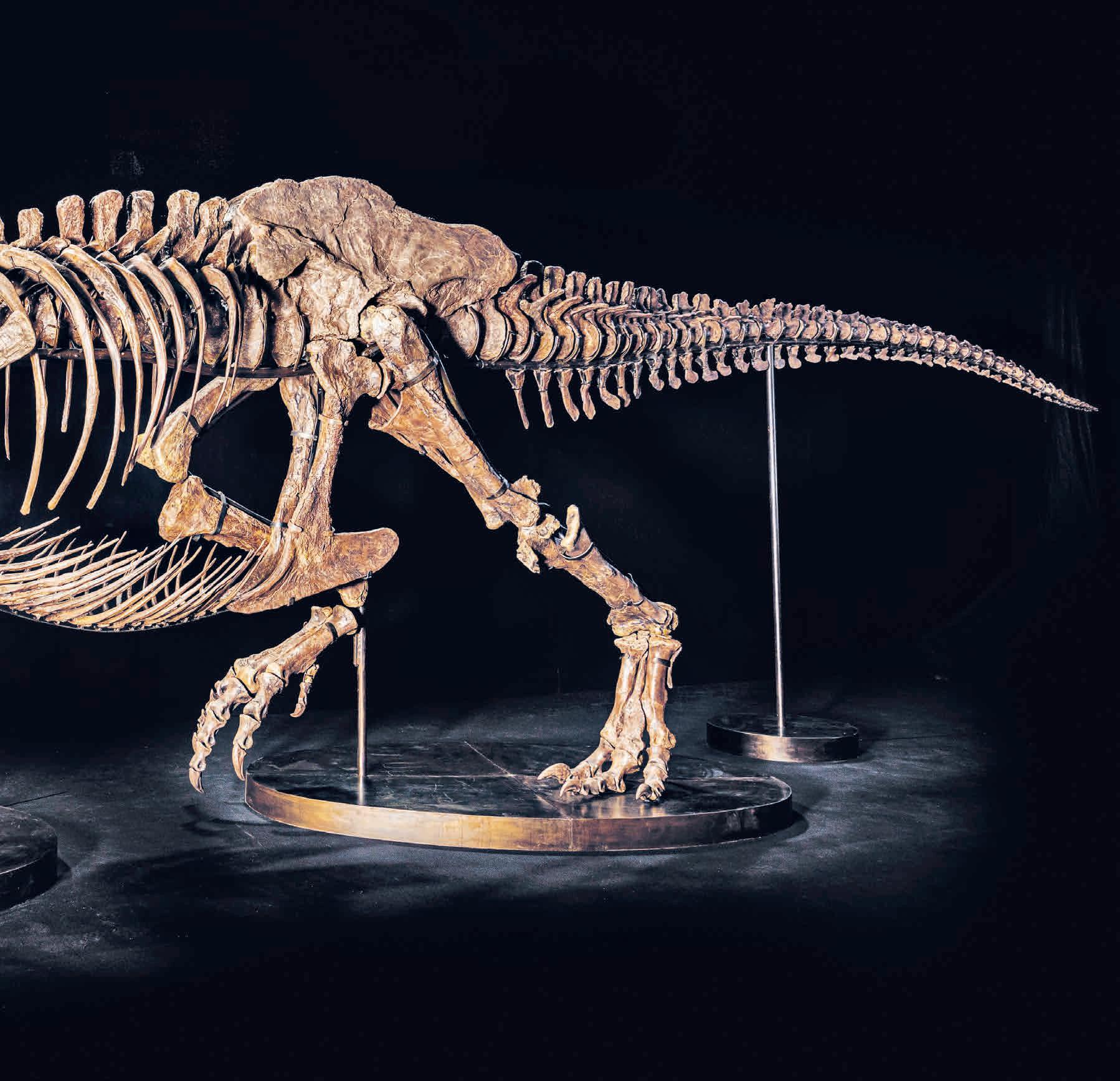
The fossilised remains of a mighty Tyrannosaurus rex are being sold at auction at the end of November, where they are expected to fetch more than £22 million. The remains were found in the Hell’s Creek Formation in Montana, USA, a region famous for dinosaur fossils. Whoever buys the T.rex skeleton will also be able to give it a new nickname.
Bee bus stops make a buzz in Leicester
A network of eco-friendly bus stops is being installed around the city of Leicester, UK. Each bus stop has a ‘living roof’ that has been pre-planted with a mix of wildflowers and hardy sedum plants. The aim of the new bus shelters – which locals are calling Bee Bus Stops – is to boost biodiversity by supporting urban populations of bees, butterflies and other pollinating insects.

What’s more, many of the new bus stops will be fitted with solar panels and smart lighting to help to reduce the city’s carbon footprint.
There are more than 20 quadrillion ants living on Earth, according to new research. (A quadrillion is one followed by 15 zeros.) Ants are found almost everywhere on our planet, with the exception of Antarctica, Greenland, Iceland and some remote islands. To put this huge number in perspective, it means that there at least 2.5 million ants for every human.
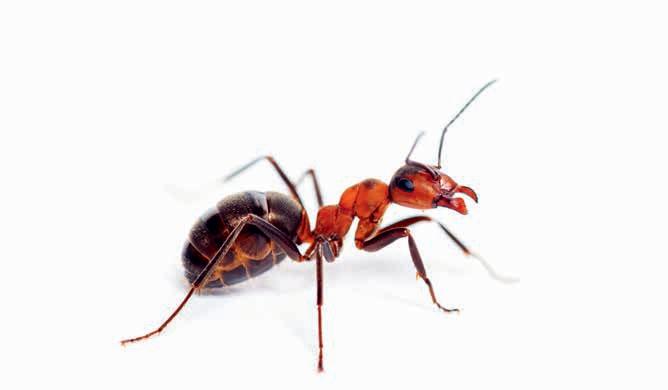
The bus stop’s living roof will help bees and other insects.
Giant 1,2OO kg pumpkin sets new UK record!
Twins Stuart and Ian Paton have broken a record they set themselves two years ago by growing the UK’s largest pumpkin. The super-sized squash weighs a colossal 1,205 kilograms, which is more than a small car. The twins, who live in Lymington in Hampshire, said they spent at least six hours each day tending to the giant pumpkin, which required around 300 litres of water a day to grow to its record-breaking size.
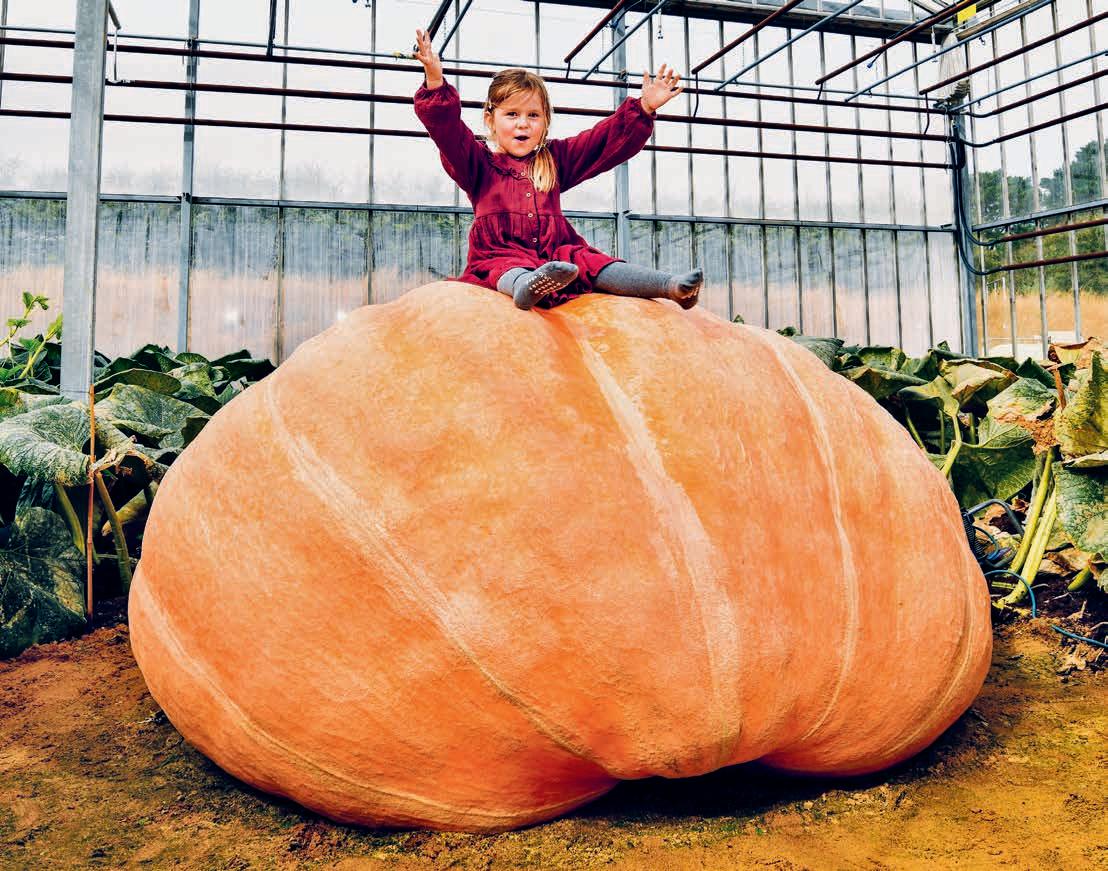
number
ants on EarthMartha Syrett on the giant pumpkin grown by her grandfather Ian.
LISTIFIED!
Prepare to be amazed (and amused!) by the unusual facts crammed into these irresistible lists.
WORKING LIKE A DOG
Seven animals that do useful jobs
1 Mouse-hunting cats
Employed to: Keep mice and other rodents away from 10 Downing Street, the official home of the British Prime Minister. The first Chief Mouser (their official name) was appointed to this key role in the 1500s during the reign of King Henry VIII.
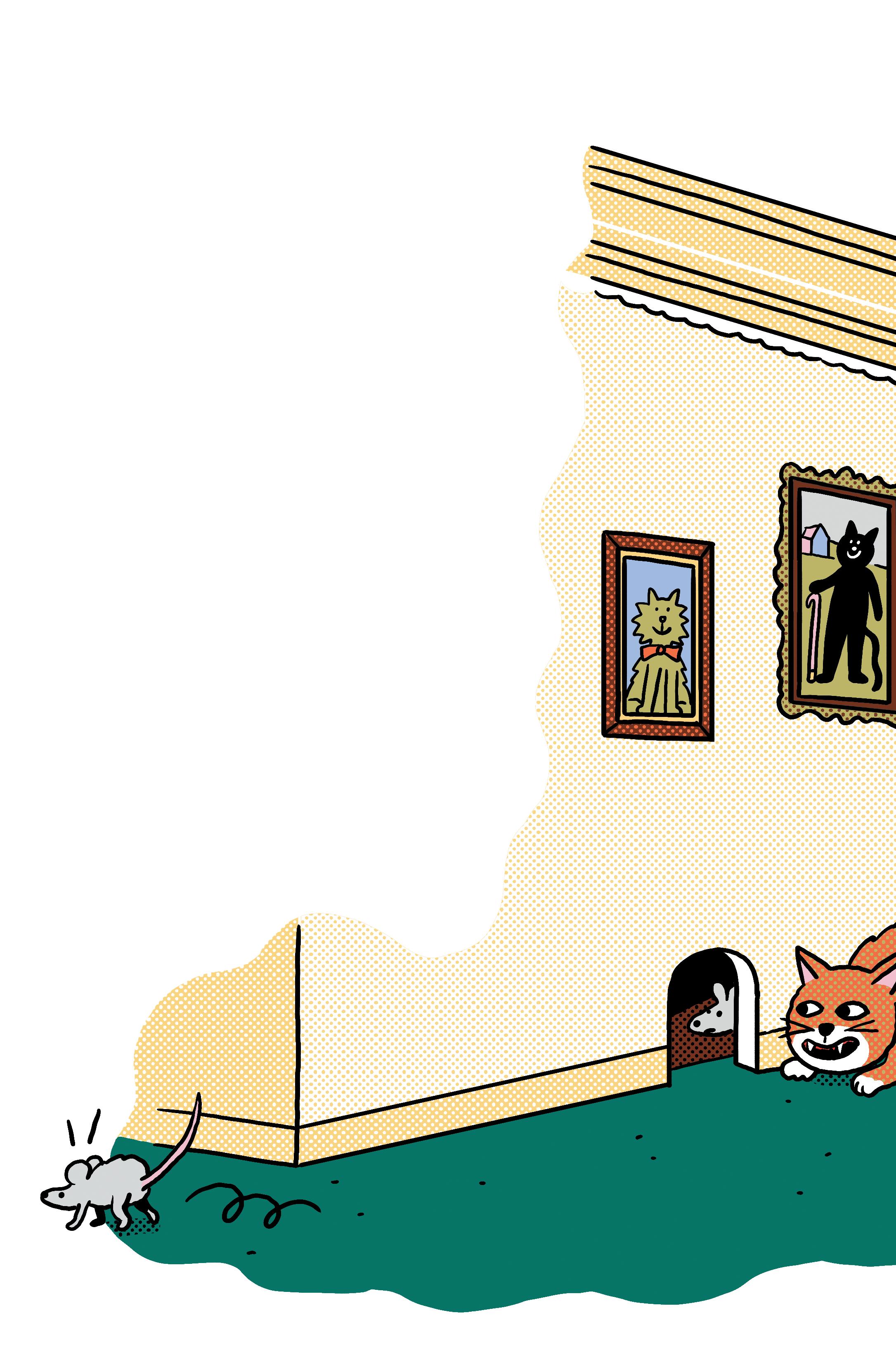
3Medical detecting dogs
Employed to: Use their extraordinary sense of smell to sniff out signs of various medical conditions in human beings. These include cancer, low blood sugar levels and depression.
4Capuchin helper monkeys
Employed to: Help humans with restricted movement or physical disabilities by carrying out practical tasks, such as turning kitchen appliances on and off, dialling a phone and even scratching a hard-to-reach itch. Training for capuchin monkeys to become human helpers lasts between three and five years.
5Rooftop lawnmowing sheep
Employed to:
2
Ferret electricians
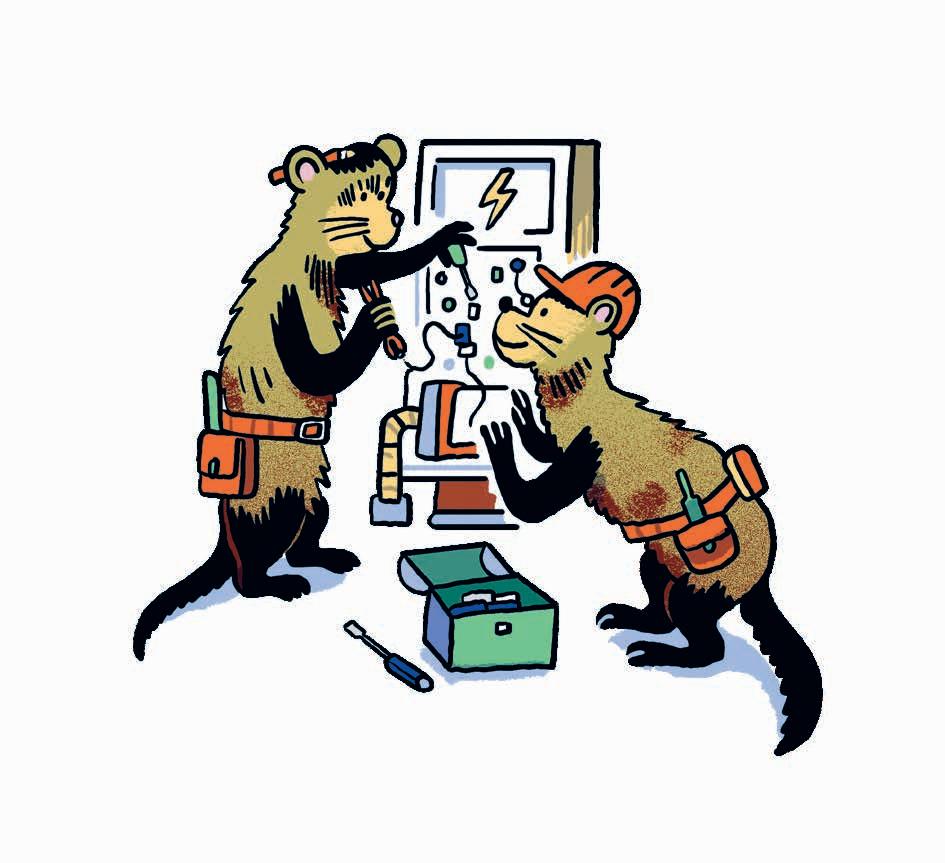
Employed to: Run long cables through tunnels that are too small for humans to fit through. Specially trained ferrets have been used to help build oil pipelines, thread wires through narrow tubes at the Peterson Air Force Base in Colorado, USA, and connect sound and lighting cables beneath a pop concert stage in London.
Cut the grass that covers the roofs of houses in the Faroe Islands, in the North Atlantic Ocean. The islanders line their roofs with layers of turf and grass to help them stay warm and dry. It’s then the job of local sheep, not lawnmowers, to munch the grass when it gets too long and keep the roofs looking tidy.
6
Landmine detection rats
Employed to: Find landmines, which are dangerous unexploded bombs hidden under the ground. It takes nine months to train a Gambian pouched rat to recognise a landmine – mostly by rewarding it with bananas. When it finds one, the rat is taught to freeze and
make quick scratches on the ground to show its handlers where to find the mine, so that they can dig it up safely and remove it. And because Gambian pouched rats are relatively light and small, there’s no danger that they will set off a landmine if they stand on one.
7
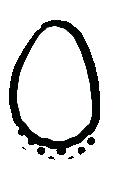
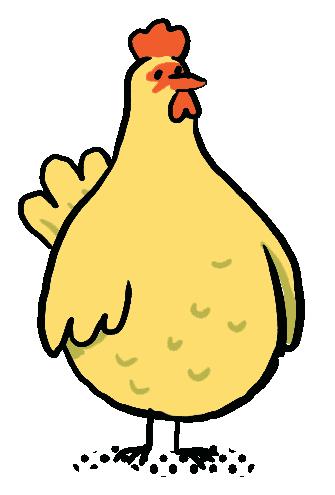

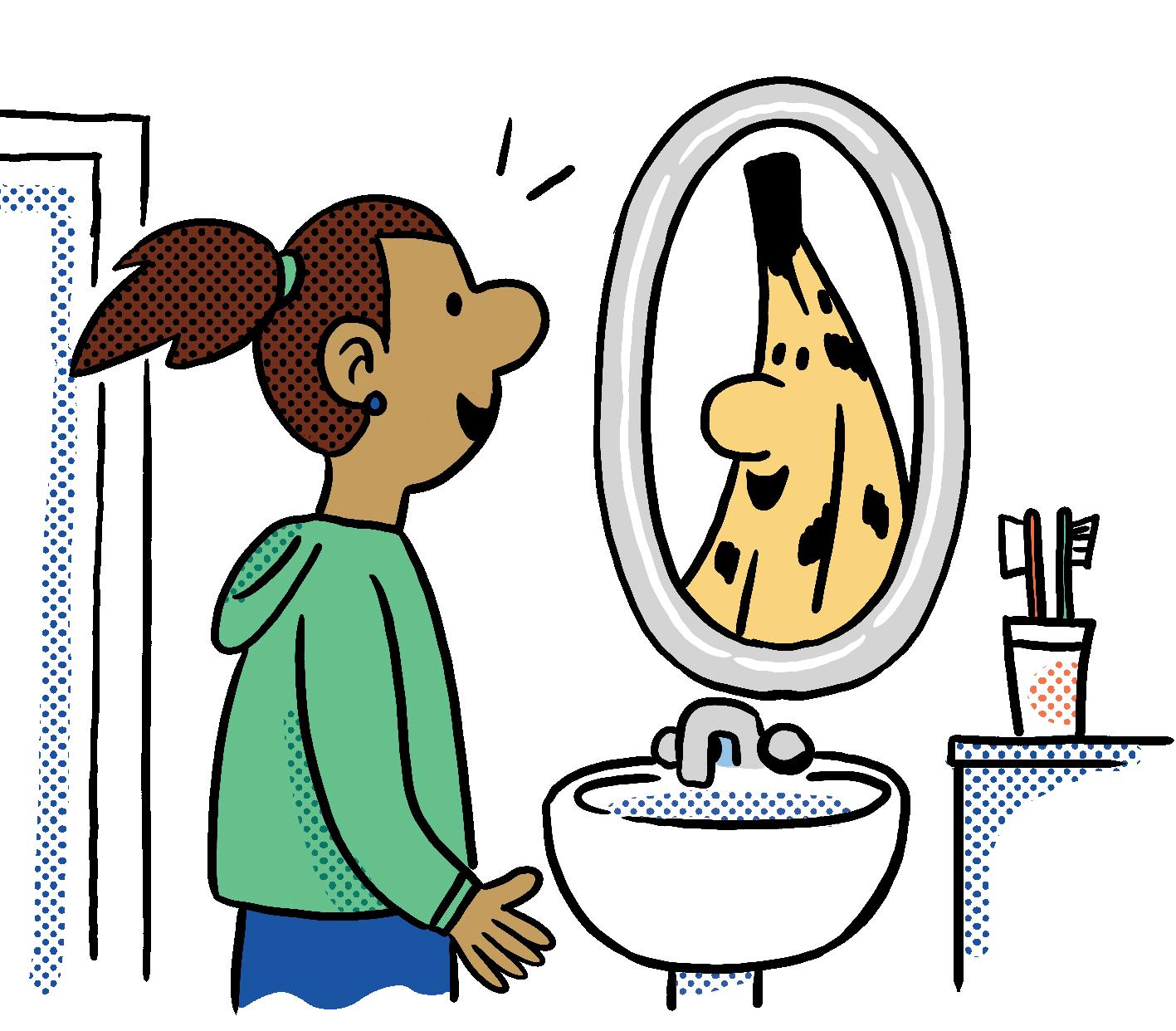
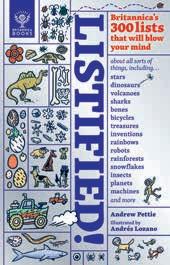
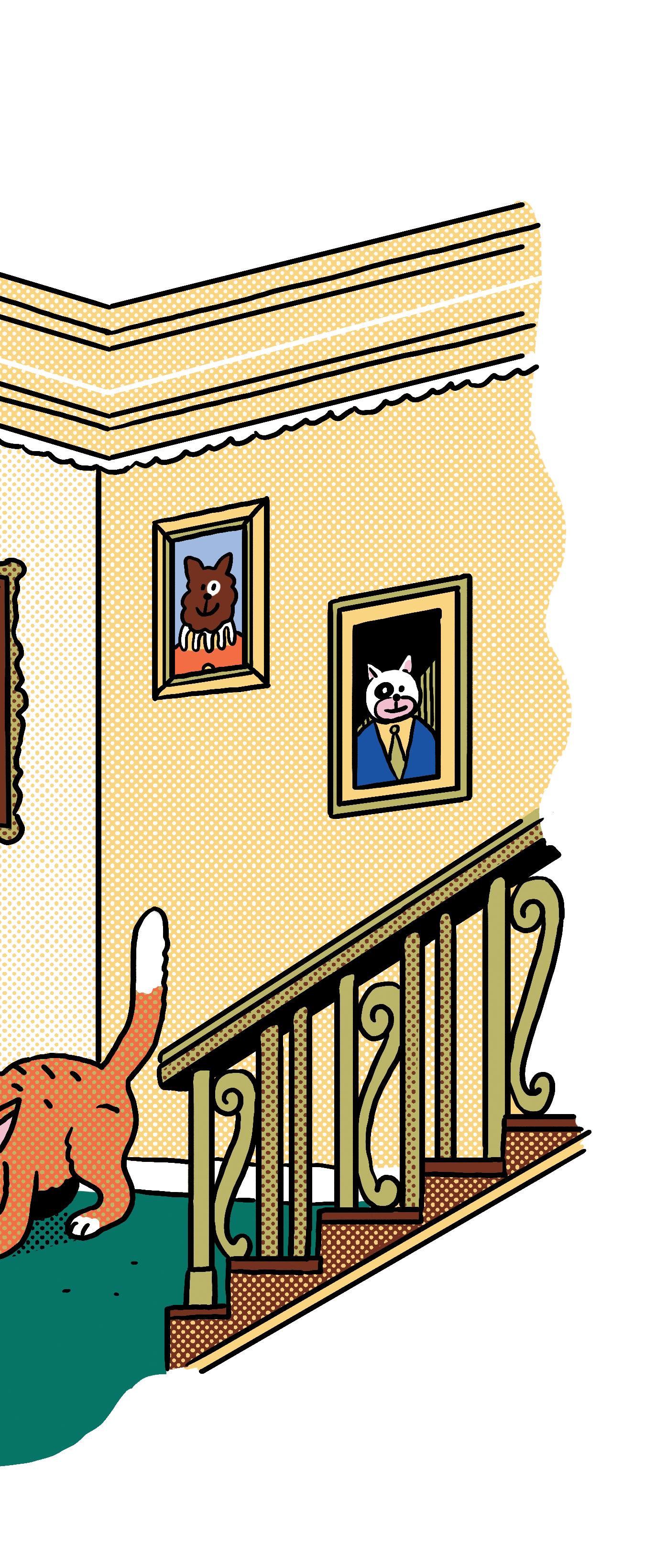
Miniature guide horses
Employed to: Help visually impaired humans
navigate the world, including guiding them as they walk through busy streets and cross the road. Dogs are better known for being guide animals, but miniature guide horses are becoming increasingly popular. Horses are naturally calm, not easily distracted and also ideal for humans who are allergic to dogs but who are in need of guiding.
2O2O
The catchy children’s song Baby Shark by Pinkfong became the most-watched video on YouTube on November 2nd. It’s still the most-watched today, with more than 11 billion views.

1989
In 1989, it was agreed that Germany, which had been split into two countries, East and West Germany, at the end of the Second World War, was going to reunify. The Berlin Wall, which had separated East and West Berlin since 1961, was opened on November 9th, sparking celebrations across the city.

1O fascinating facts
1969 Edson Arantes do Nascimento – who is better known by his nickname, Pelé – is widely considered the greatest ever footballer. Pelé won the World Cup three times with Brazil and, on November 19th, scored his 1,OOOth career goal, a penalty, while playing for his club team Santos. Even the opposing fans cheered his achievement.
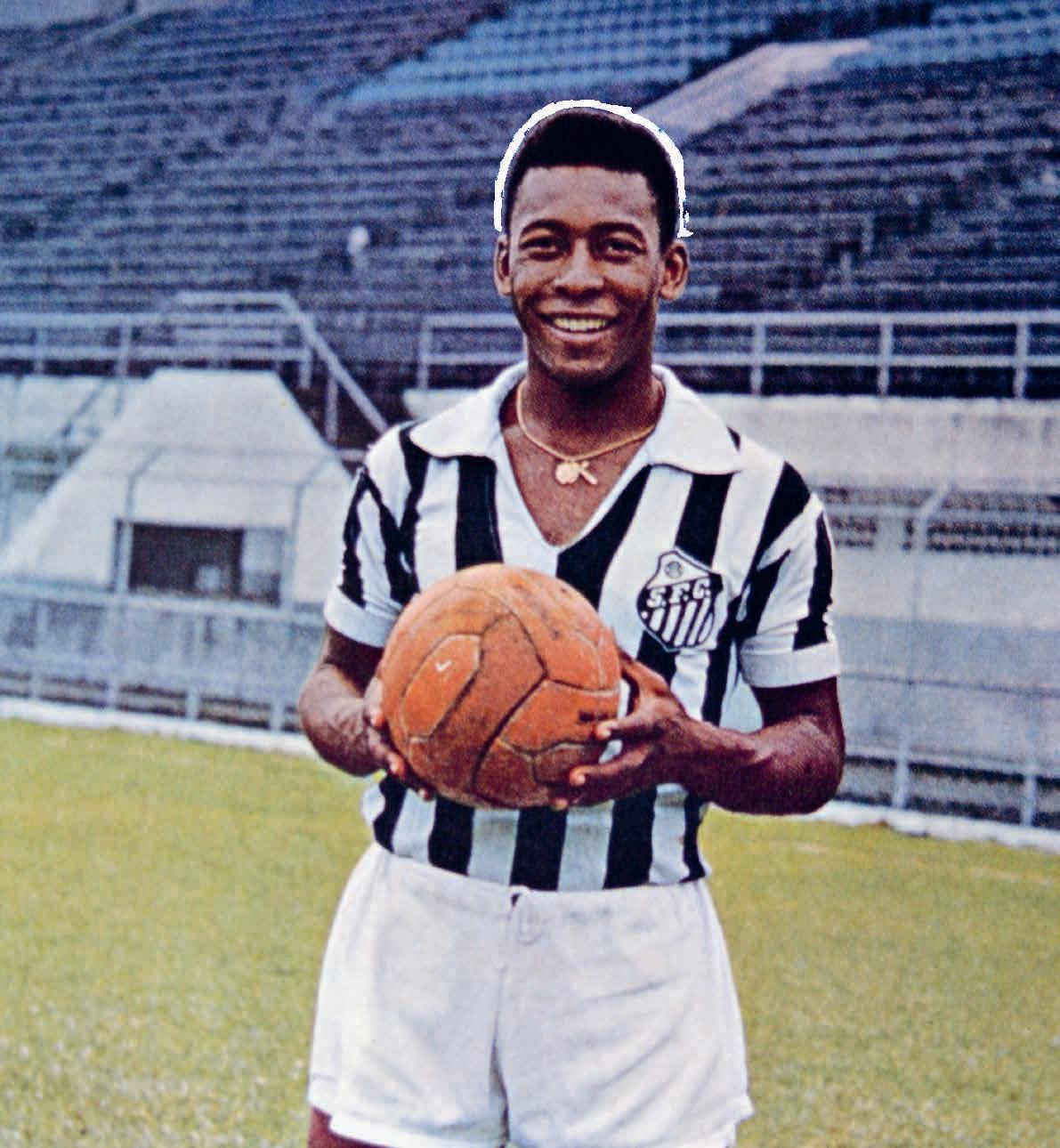
2O17
The longest-lasting rainbow ever recorded was observed at the Chinese Culture University in Chinese Taipei on November 3Oth. The rainbow lasted for an epic 8 hours and 58 minutes.

172O

On November 28th, the fierce and ruthless pirates Anne Bonny and Mary Read were tried and convicted on the island of Jamaica in the Caribbean.

1935
Monopoly, one of the most popular games in history, launched on November 5th. Since then, more than 275 million copies of the game – including 6 billion green houses and 2.25 billion red hotels – have been sold.
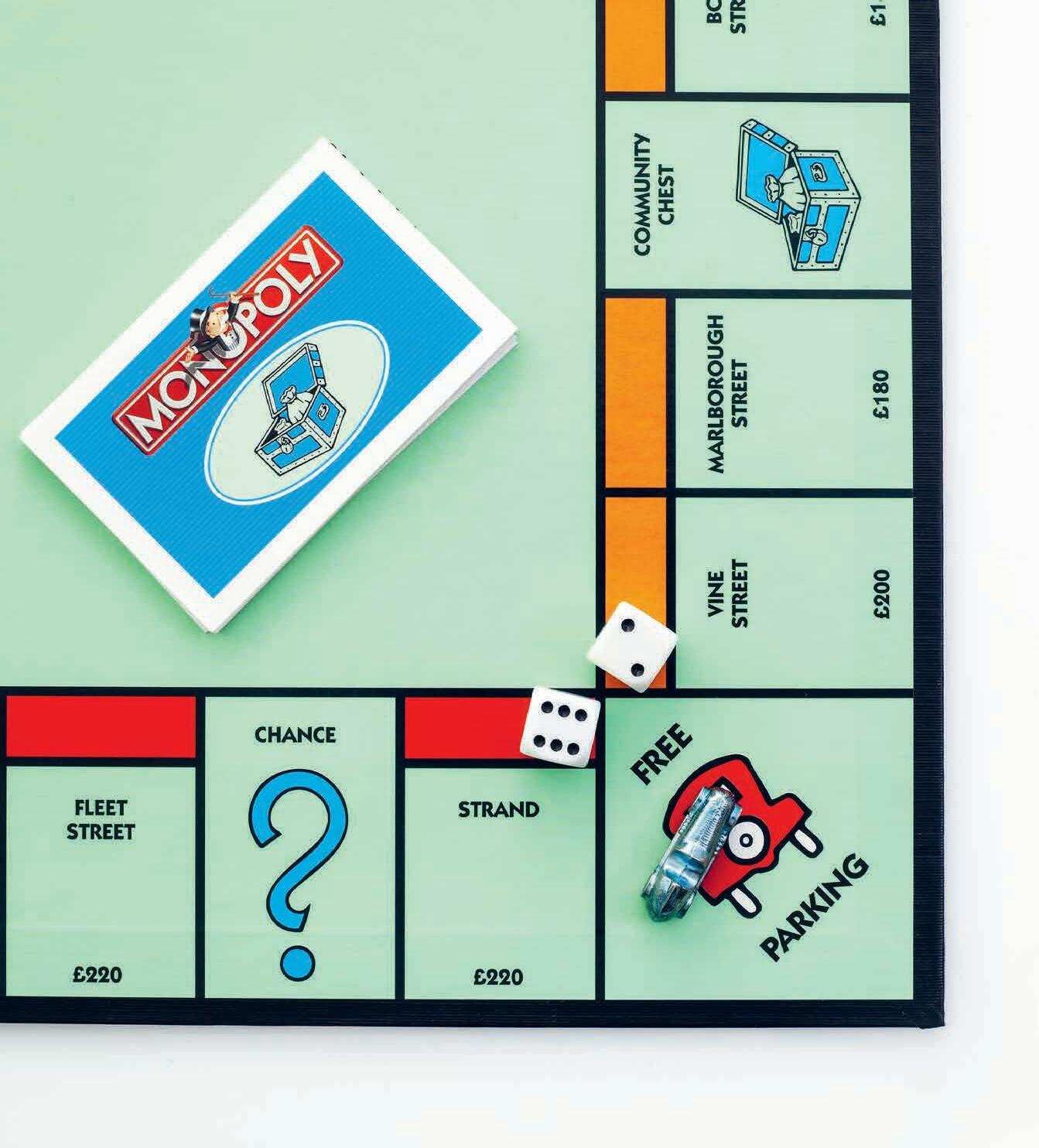
1957
Laika the dog became the first living creature to orbit Earth on November 3rd. She did so on board the Soviet satellite Sputnik 2, which had a cabin for Laika equipped with a video camera.
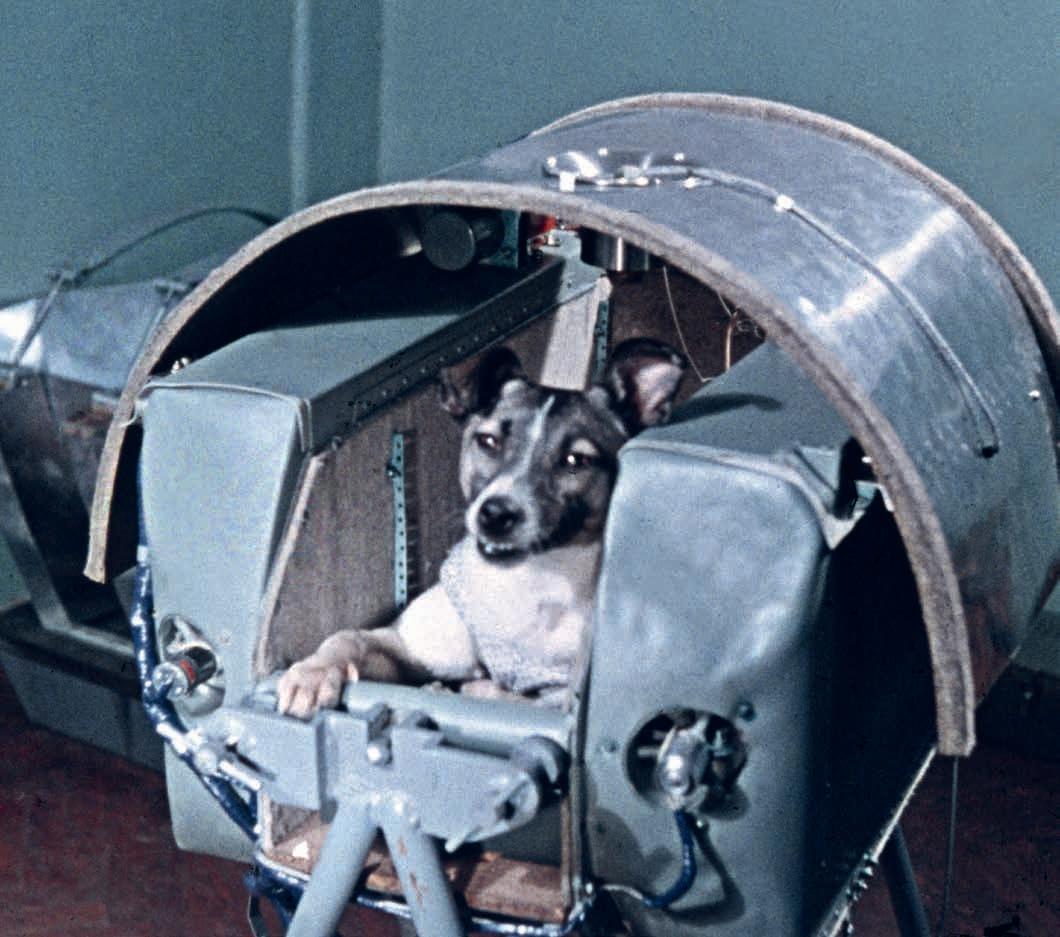
about November…
1995 Toy Story, the first fully computeranimated feature film, was released on November 22nd. Following the adventures of Buzz Lightyear, Woody the cowboy and a group of toys who spring to life when humans aren’t looking, it became a worldwide hit and won an Oscar. The Toy Story movies are still popular with cinema audiences today, more than 25 years later.
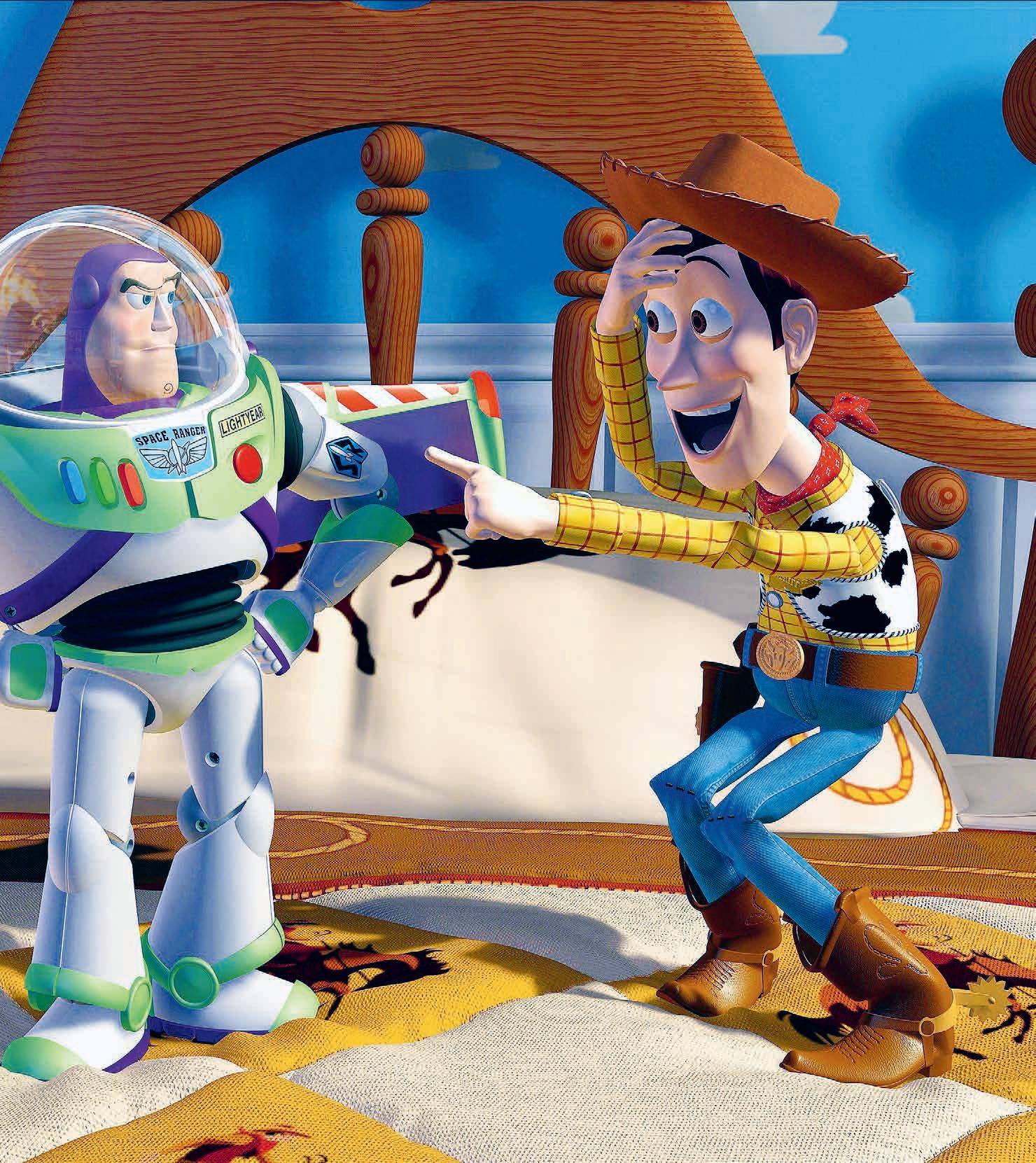
1895 German scientist Wilhelm Roentgen first detected the invisible energy rays he named X-rays on November 8th. His discovery led to major scientific advances, especially in medicine.
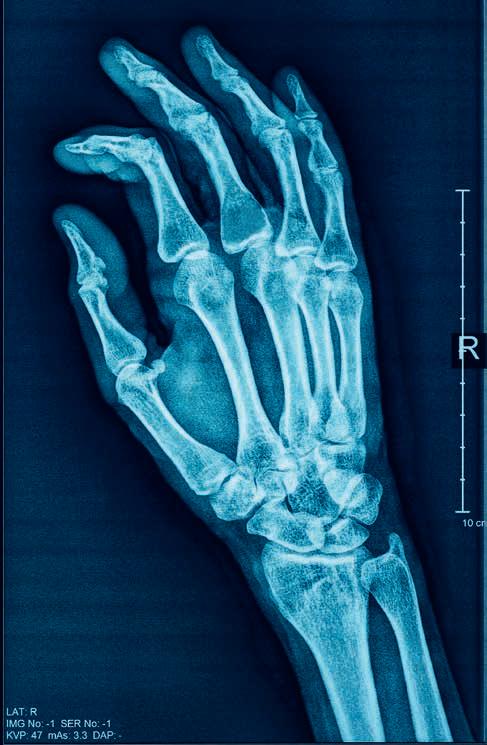
2O17
Oumuamua, the first known interstellar object to have entered our solar system, was identified on November 2Oth. Scientists now think it was a chunk of nitrogen ice chipped off a distant planet.

What are sounds? How do we hear them? And how fast do they travel? Listen up, as we set off on a fun and fascinating...
WHAT IS SOUND?
The simplest definition of a sound is anything that can be heard. So a beautiful piece of music, a barking dog, a wailing police siren, and a friend’s voice are all examples of sounds.
For a sound to be made and then heard, three things must happen. First, an object vibrates, making very fast back-and-forth movements.
The vibrating object moves the surrounding air, producing sound waves. Next, the sound waves pass through a medium, such as air, water and even solid objects. Third, a receiver, such as a person’s ear, picks up the sound waves. The ear then converts the sound waves into electrical signals, which the brain understands as sound.
ADVENTURE IN SOUND
HOW FAST IS SOUND?
The speed of sound varies depending on what type of medium the sound waves are travelling through.
water and solid mediums such as iron and stone.
Despite sound achieving these impressively high speeds, it is nowhere near as fast as light, which travels at a mind-boggling 300 million metres per second, making it by far the fastest-moving thing in the universe. This is why the light from a bolt of lightning or an exploding firework is seen before the sounds they make are heard.Lightning comes before thunder because the light travels faster.
In air at a temperature of 70° Celsius, sound travels at a speed of 344 metres per second or 1,200 kilometres per hour. This means that it takes sound about three seconds to travel one kilometre, which is very fast. However, sound travels even faster than this through both
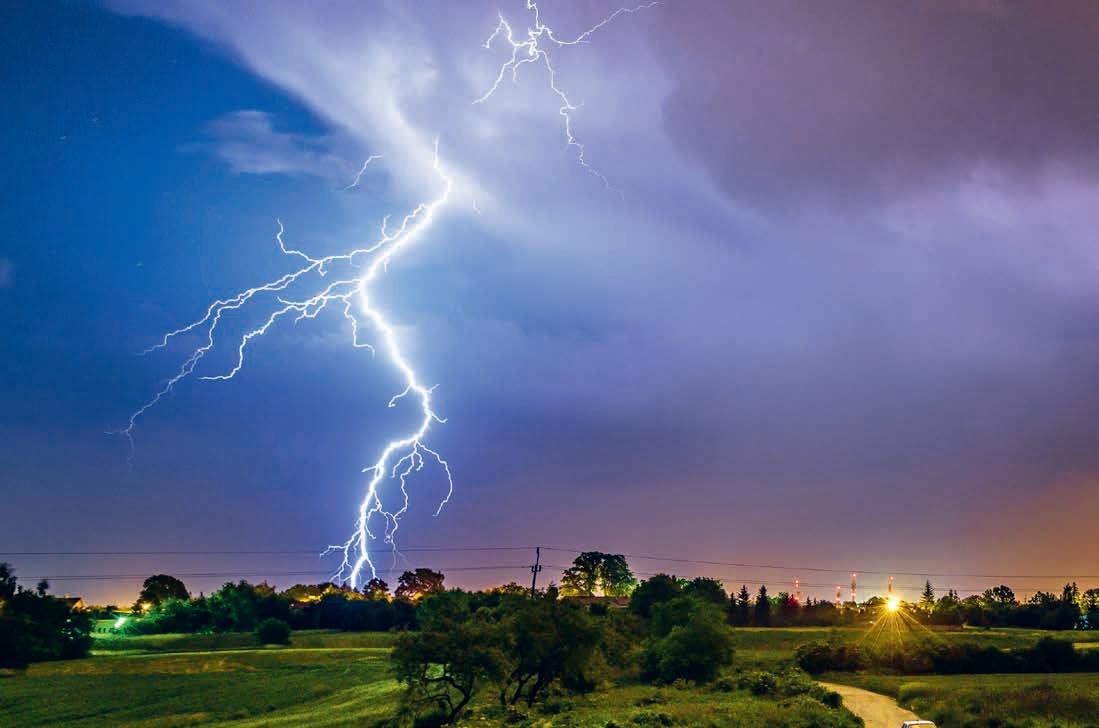
WHAT IS A SOUND WAVE?
Although we can’t see them, sound waves travel through air like waves in water. And the shape of a sound wave determines the nature of sound it produces. The amplitude, or size, of a sound wave determines the sound’s loudness. While the frequency of the sound wave determines the sound’s pitch, which is how high or low it sounds.
QUIETER Sound waves with smaller peaks and troughs sound quieter. Some sounds are too quiet for humans to hear.
LOUDER Sound waves with larger peaks and troughs sound louder.
LOWER PITCH
Sound waves with fewer peaks and troughs make lower-pitched sounds. Some sounds are too low-pitched for humans to hear.
HIGHER PITCH
Sound waves with more frequent peaks and troughs make higher-pitched sounds. Some sounds are too high-pitched for humans to hear.
SOUND
BREAKING THE SOUND BARRIER
faster than the speed of sound, it starts to overtake the sound waves in front of it. The sound waves become squeezed up together in front of the plane and this produces a very loud noise. From the ground underneath the plane as it breaks the sound barrier, the sonic boom sounds like a loud thunder-like noise sweeping past. Anything that travels faster than sound can be described as supersonic.This image shows how supersonic planes break the sound barrier.
Sound waves travel through air at about 1,200 kph, depending on the air’s density. Some jet aeroplanes, however, can fly even faster. When they do, we call it breaking the sound barrier. This also creates a very loud noise called a sonic boom. Why does this happen?
As the plane is flying, the noise from its engines spreads out as sound waves in all directions. If the plane flies

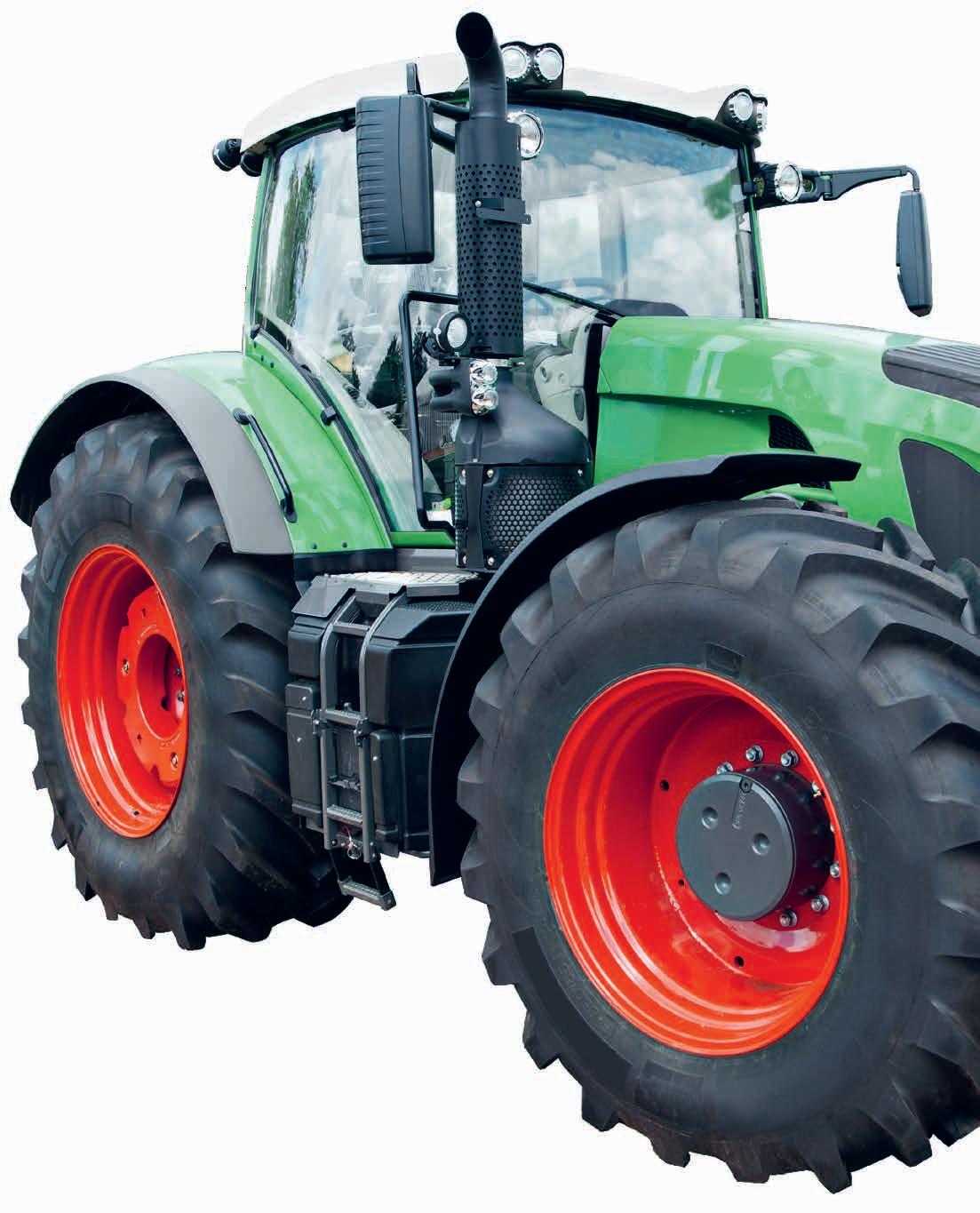



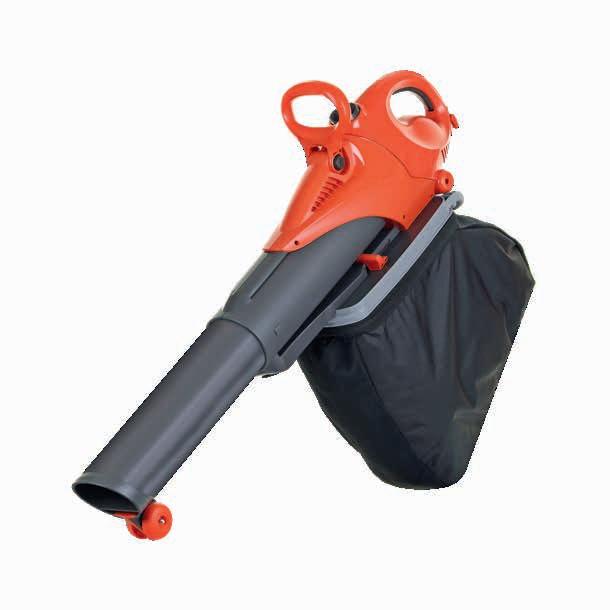

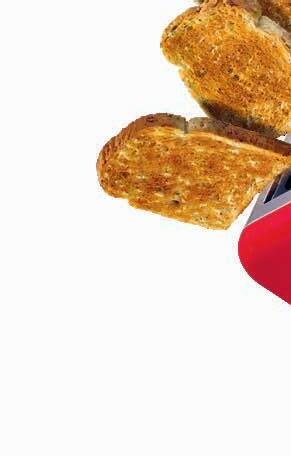

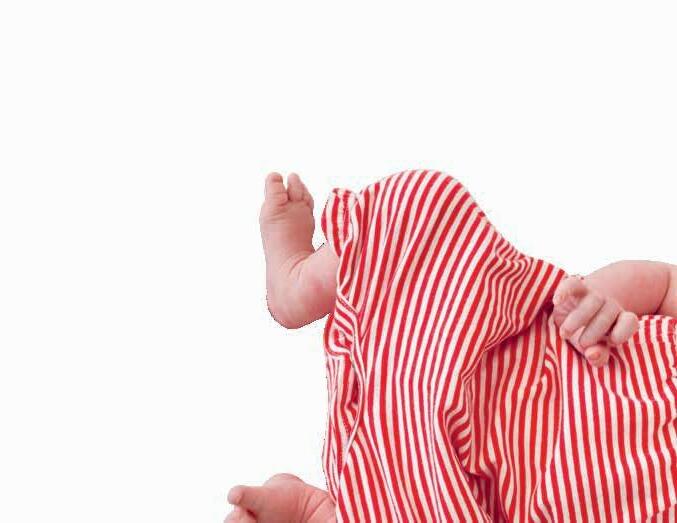
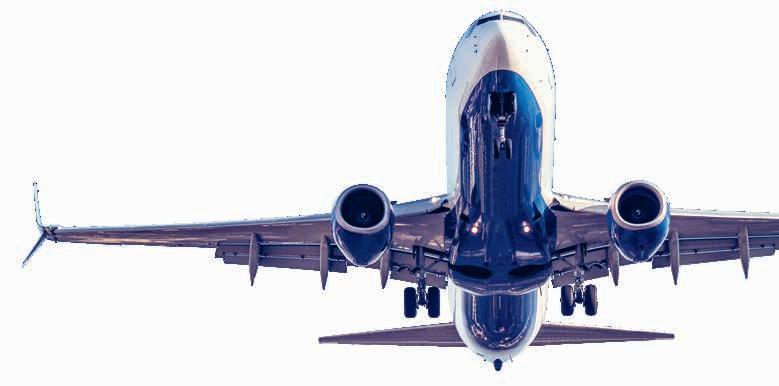
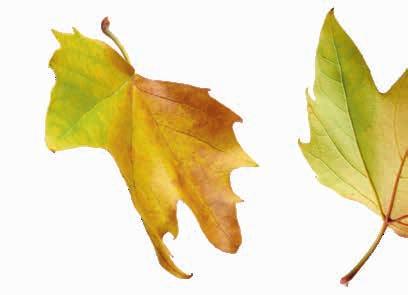
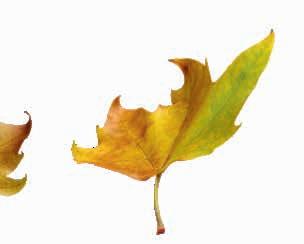
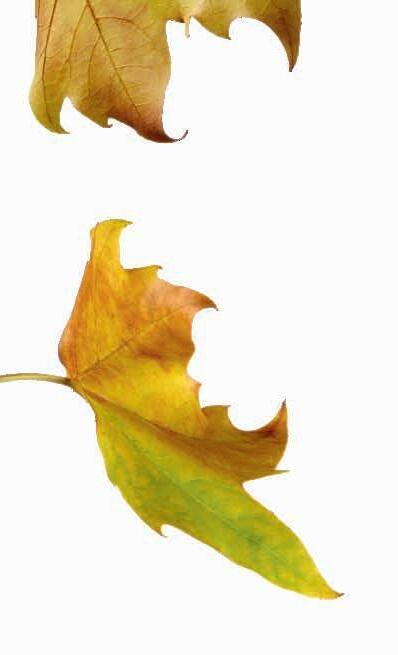
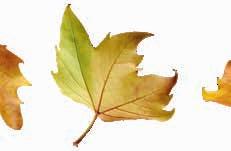
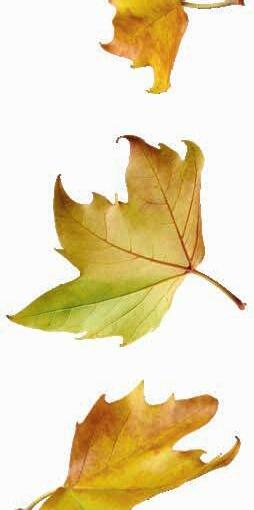

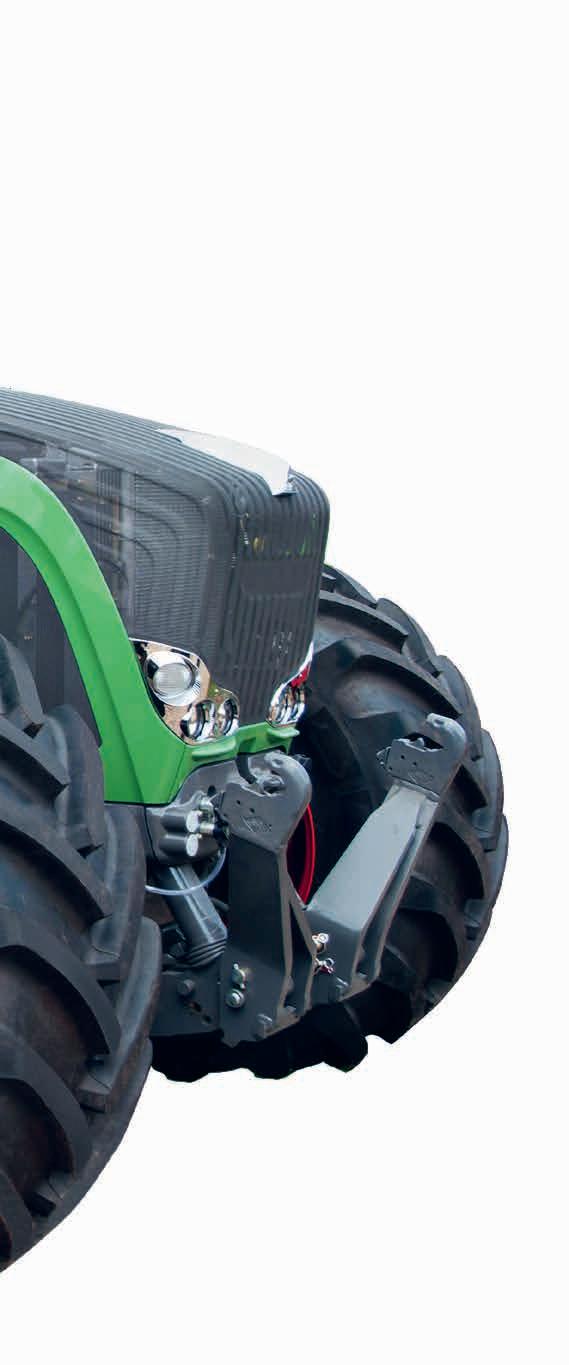
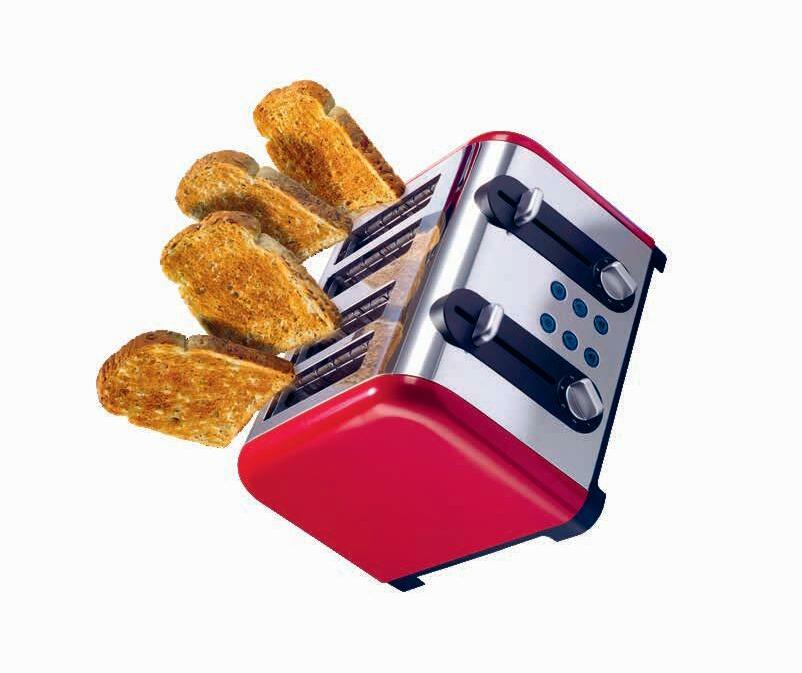



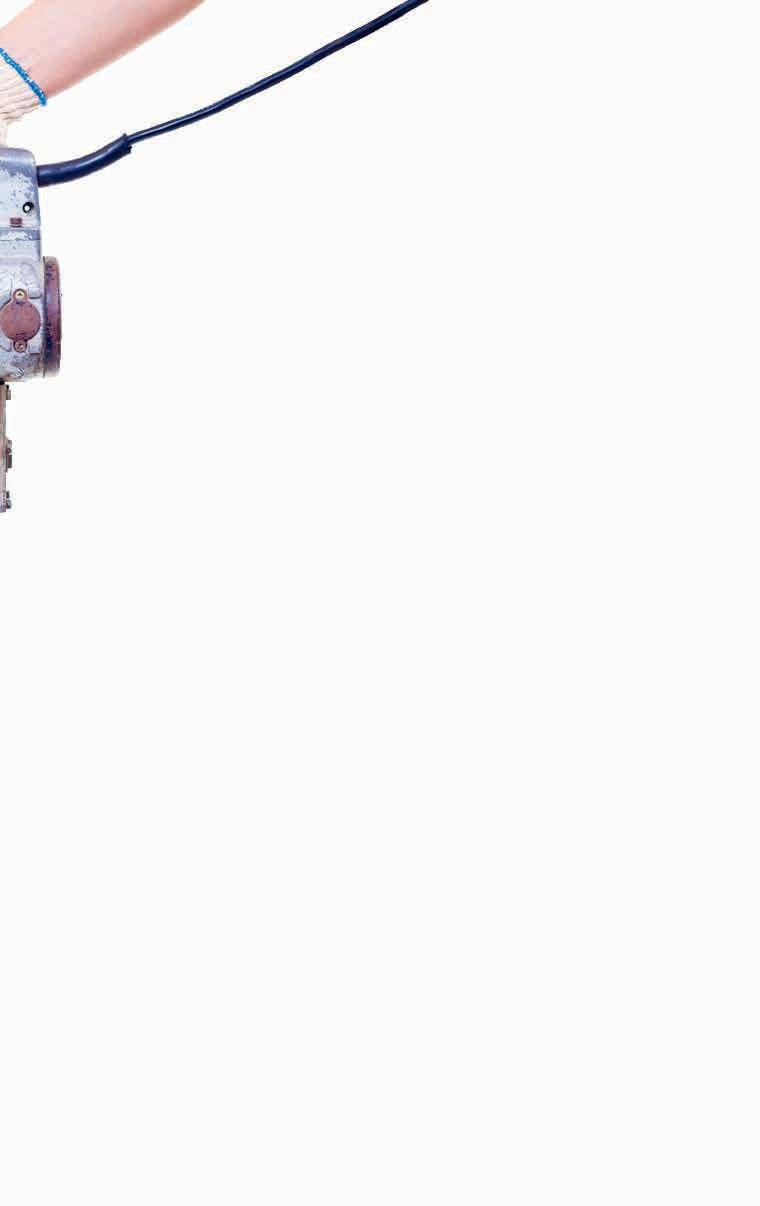

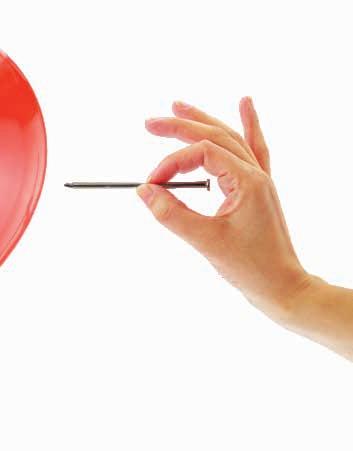

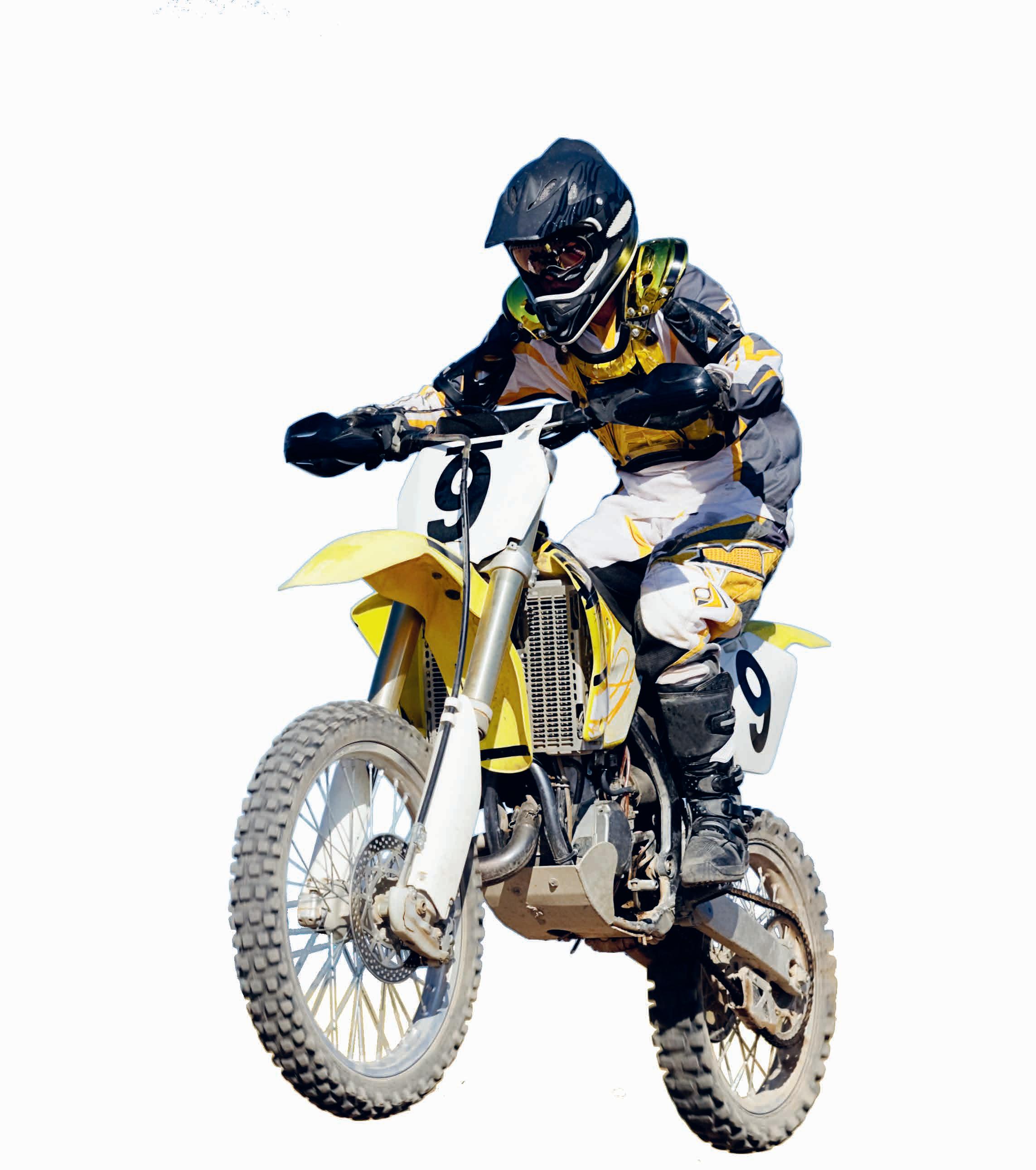
GOING DEAF AS A CHILD
Evelyn Glennie, who was born in 1965, grew up on a farm in Scotland. From the time she was a small child, it was clear Evelyn had musical talent. She loved Scottish traditional music. Her first instrument was the piano, and later, aged 12, she took up percussion. However, Evelyn’s hearing had started to decline from the age of eight, and it seemed as if her growing deafness might stop Evelyn from becoming a professional musician.
DEFYING THE ODDS
At the age of 16, Evelyn applied to study at the Royal Academy of Music in London, which is one of the world’s top music schools. She passed all the tests, but the Royal Academy initially decided not to offer Evelyn a place. ‘They could not imagine any professional orchestra accepting a hearing impaired musician,’ she explains. However, after a second stellar interview, the Royal Academy finally changed its mind. Evelyn’s determination had paid off.
Teaching the world to listen
Despite going completely deaf as a child, percussionist Evelyn Glennie went on to become one of the world’s great musicians. This is her extraordinary story.
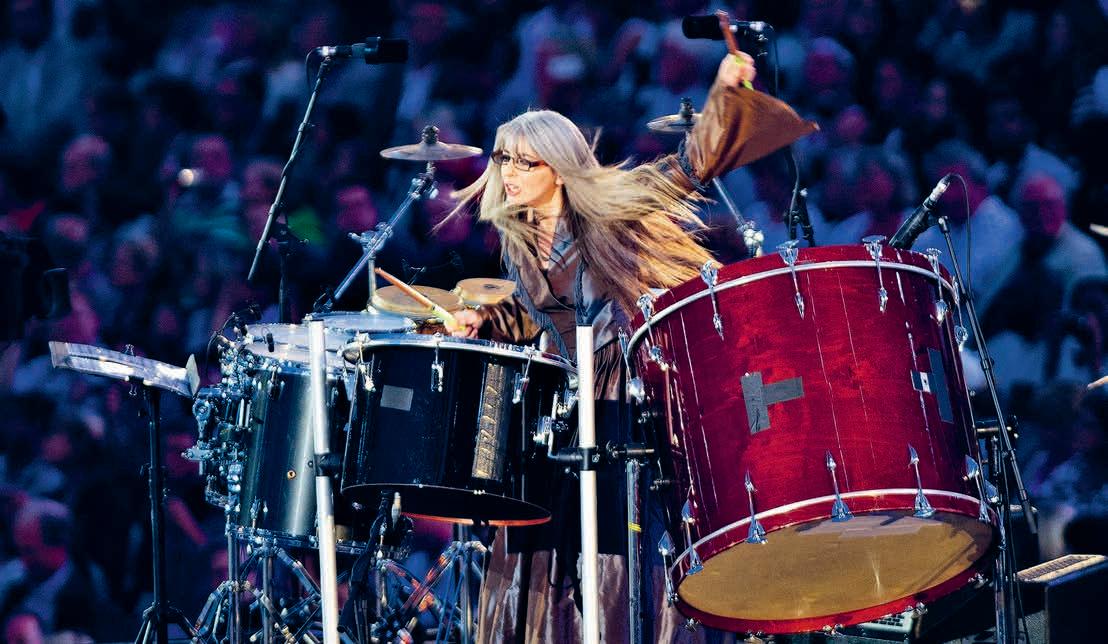
Left: Evelyn stars at the Opening Ceremony of the 2O12 Olympic Games in London.
WORLD’S GREATEST SOLO PERCUSSIONIST
STARRING AT THE LONDON OLYMPICS
During the Opening Ceremony of the 2012 Olympic Games in London, Evelyn led 1,000 drummers in a spectacular live show. She also played a new instrument invented just for her, the Aluphone Glennie Concert, during the lighting of the Olympic torch.
After graduating from the Royal Academy, Evelyn went on to become a full-time professional percussionist, as she performed around the world with famous orchestras and musicians. Instead of holding her back, as some people predicted that it would, Evelyn’s deafness enabled her to feel and appreciate sound in different ways. To this day, she often performs barefoot so that she can feel the vibrations of the music through the floor. ‘The human body is like a huge ear,’ she says.
 Evelyn playing the xylophone at the age of 16.
Evelyn playing the xylophone at the age of 16.
Evelyn has one of the world’s largest collections of percussion instruments. It contains more than 3,5OO musical instruments!
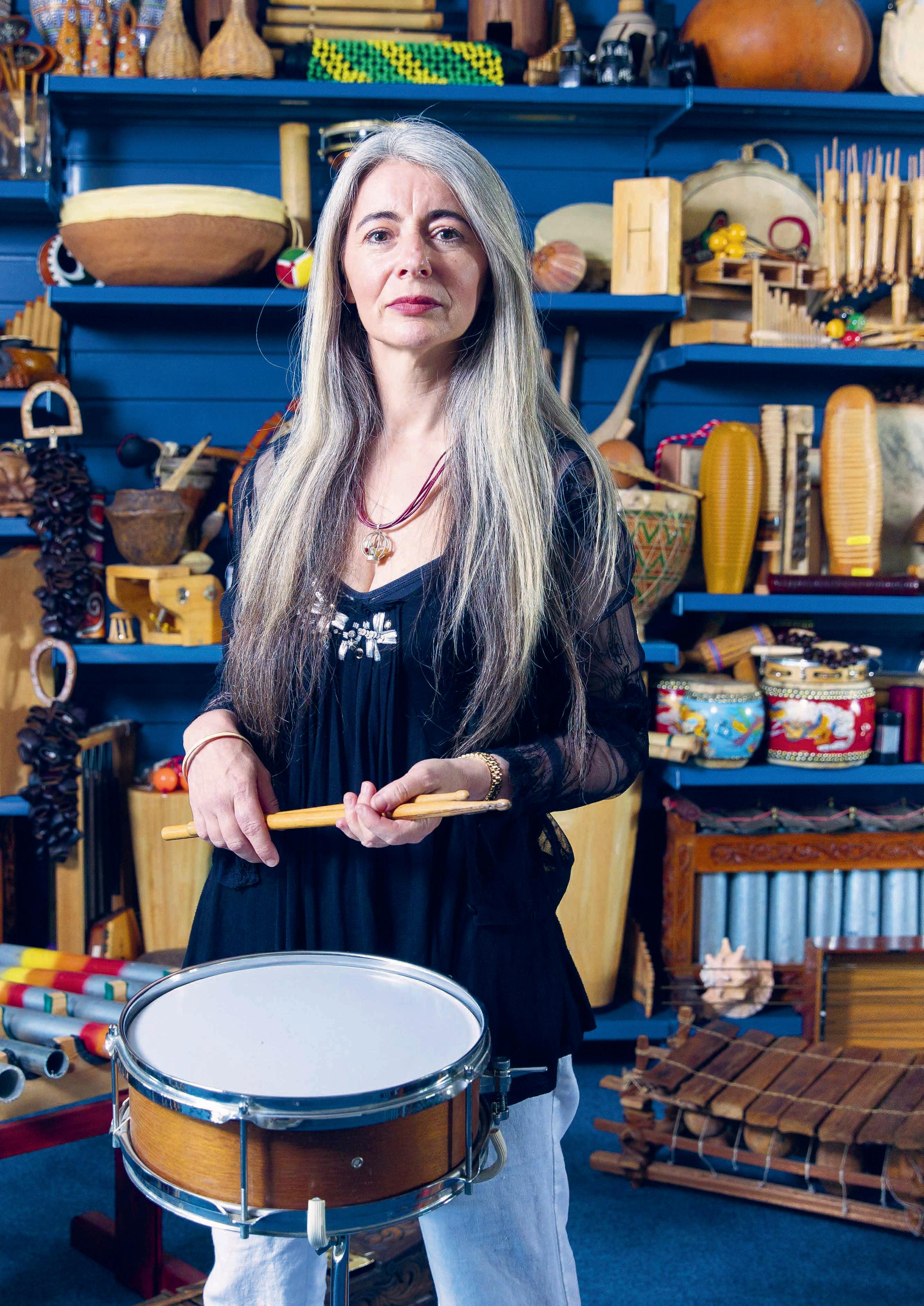
‘Losing my hearing taught me to listen differently, to discover features of sound I hadn’t realised existed.’
YOU KNOW?
Tardigrades may be tiny – just half a millimetre long –but they are also one of the toughest and most adaptable creatures on the planet. Here we celebrate the unique talents of this amazing microanimal.
8 astounding facts about TARDIGRADES!

There are around 1,300 species of tardigrade. They live in a remarkable variety of environments, from soil and sand dunes, to mud volcanoes and deep-sea vents.
1
apparatus, which they use to eat by sucking the nutrients from plants, bacteria and other microorganisms.
2
One of their favourite habitats is freshwater mosses and lichens. This is how they got the first of their two adorable nicknames: moss piglets.
3
Their other cute nickname is water bears. They were given it by the German zoologist Johann Goeze, who in 1773 became the first person to scientifically describe tardigrades. Goeze called them a kleiner Wasserbär, which means ‘little water bear’ in German. Aaah.
4
Although tardigrades look soft and squishy, they are in fact protected by a hard outer coating similar to the exoskeletons of grasshoppers and other insects to which they are related. Tardigrades must shed these hard outer coatings, which are called cuticles, in order to grow.
5 Tardigrades have a specialised mouthpart called a bucco-pharyngeal
6
Tardigrades have been living on Earth for around 600 million years. They first emerged about 400 million years before the dinosaurs.
7
They belong to a group of animals called extremophiles, which are able to survive in environments most animals can’t. For example, tardigrades can live at temperatures hotter than boiling and much colder than freezing, survive pressures six times greater than those at the bottom of the deepest oceans, and go without food or water for up to 30 years.

8Tardigrades are also the first animals to survive after being exposed to outer space without the protection of a spaceship or spacesuit. Is there anything these tiny superheroes cannot do?
DID YOU KNOW?
Tardigrades are the only animals to have survived without protection in outer space.
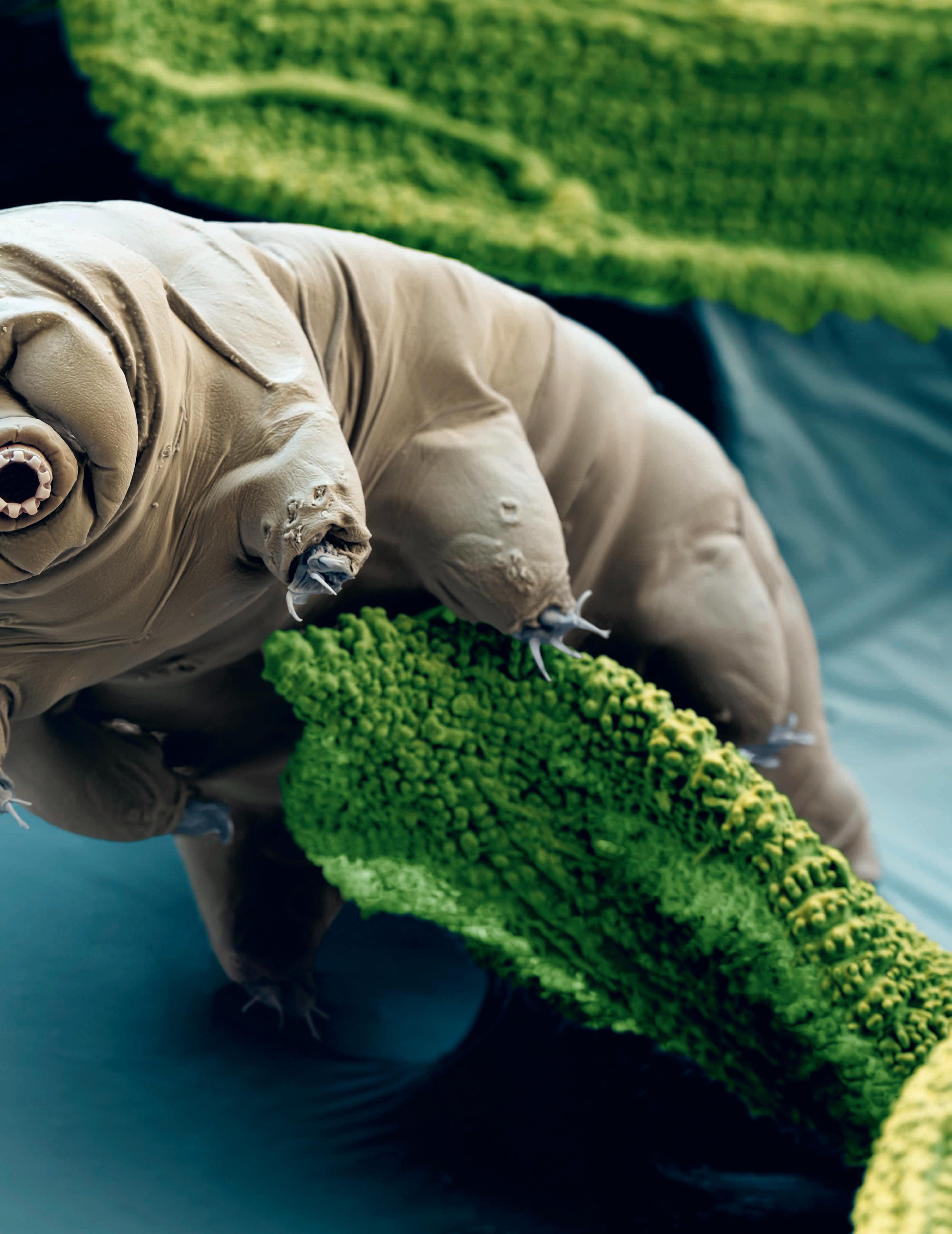

North Pole (in winter)
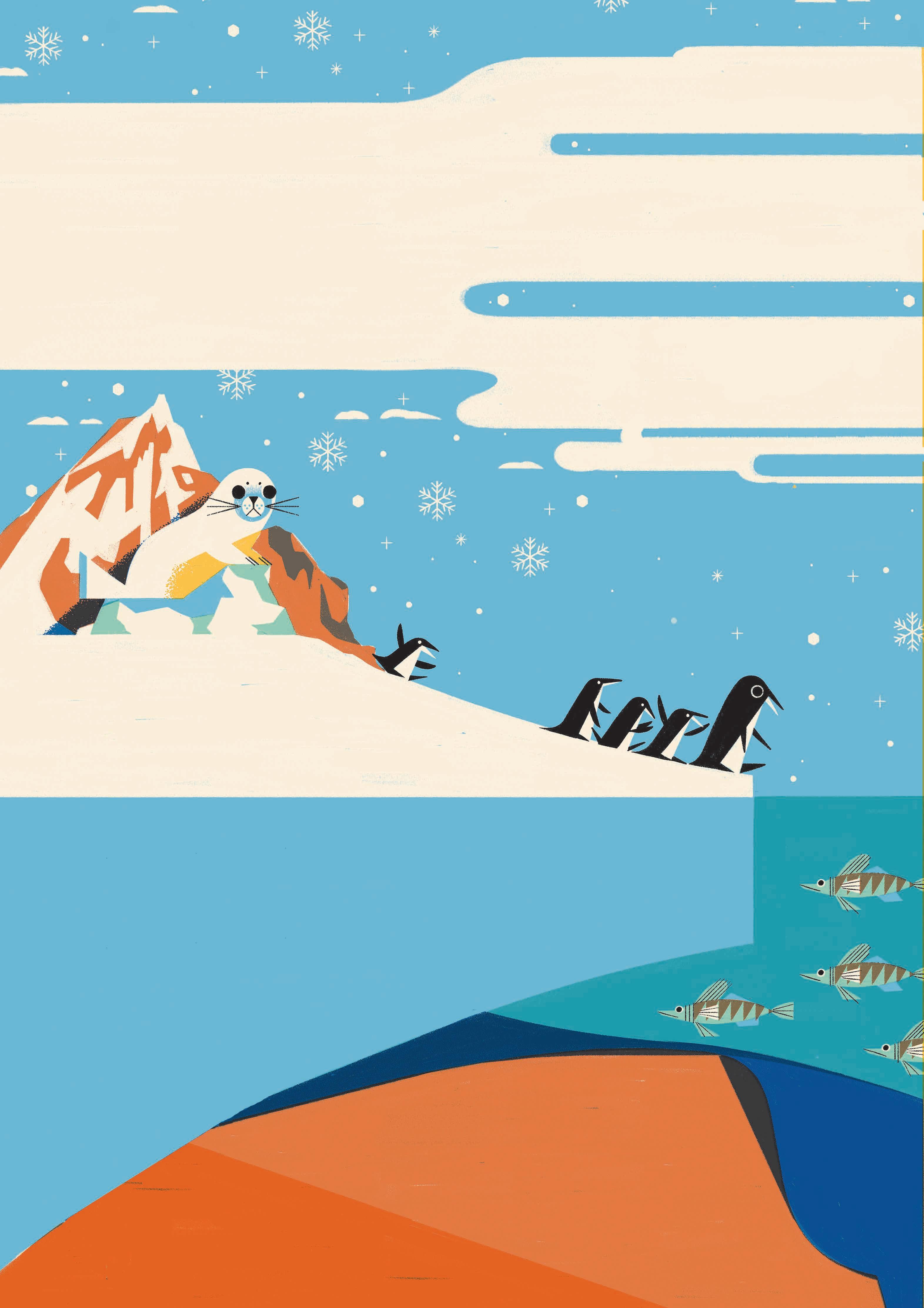
FEELING THE COLD!
On the surface, Earth’s average temperature is about 15 degrees Celsius. However, that’s just the average. As you are about to discover, some places and things on our planet are much, much colder…
Direct sunlight
Equator
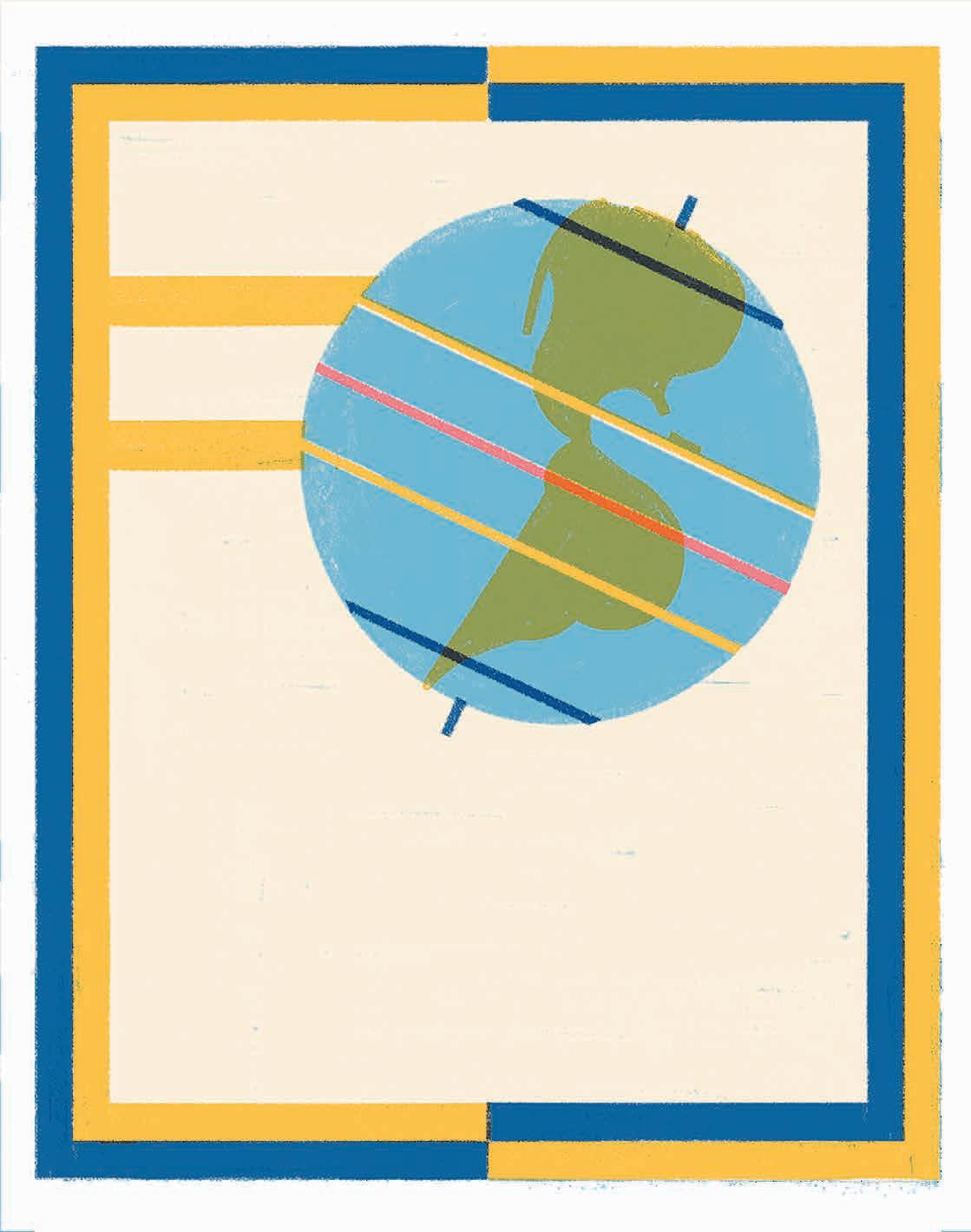
South Pole (in summer)

Chillin’ on the Surface
Because the Earth is shaped like a ball, the poles get less direct sunlight. Earth is also tilted, so the poles get even less sunlight in winter than in summer. The area near the equator stays warm because it gets more direct light all year round.
Antarctic air temperature -1O°C (14°F)
Average Antarctic air temperature at sea level by the coast.
Frozen Poles
The temperatures in the Arctic and Antarctic regions can plummet to shockingly low figures. Even so, some animals do manage to survive there – including humans! Many animals have evolved special ways to survive the cold, such as layers of blubber (thick fat) or insulating feathers. Humans have to rely on warm coats and boots instead.
Freezing point of fresh water
O°C (32°F)
Fresh water is still entirely liquid at 3.9°C (39°F), but any colder and it starts to freeze. As it freezes, the water molecules begin to push away from each other so they take up more space, and the liquid water turns into ice.
Temperature of water on the Antarctic seafloor
-89.2°C (-128.6°F)
Coldest natural temperature directly recorded at ground level on Earth Measured at Vostok Station, in Antarctica, on 21st July 2O18.
-1°C (3O°F)
Salt water freezes at -2°C (28°F), at a lower temperature than fresh water. This means that the temperature of the water at the bottom of the ocean near Antarctica actually drops just below the freezing point, though the water stays liquid.
Measuring Temperature
In order to know exactly how hot or cold something is, we use a thermometer. There are three main temperature scales that are in use today.
Surface of the Sun
The Sun is the hottest object in the solar system.
Surface of Venus
Venus has the highest surface temperature of the solar system’s eight planets.
Boiling point of fresh water at sea level
Current average surface temperature of Earth
Freezing point of fresh water at sea level
Average surface temperature of Mars 228 million km from the Sun, Mars is colder than Earth.
Clouds’ tops on Neptune 4.5 billion km from the Sun, the tops of the clouds on Neptune are very cold.
Deep space
The most distant parts of the universe have a temperature not far above absolute zero, which is -46O°F, -273°C or O kelvins.
Cool Chemicals
Special chemicals can be much colder than temperatures usually found in our everyday world. These temperatures can give these chemicals surprising uses.

FAHRENHEIT SCALE (°F)
The first standard temperature scale. On this scale, fresh water at sea level freezes at 32 degrees Fahrenheit (32°F) and boils at 212°F.
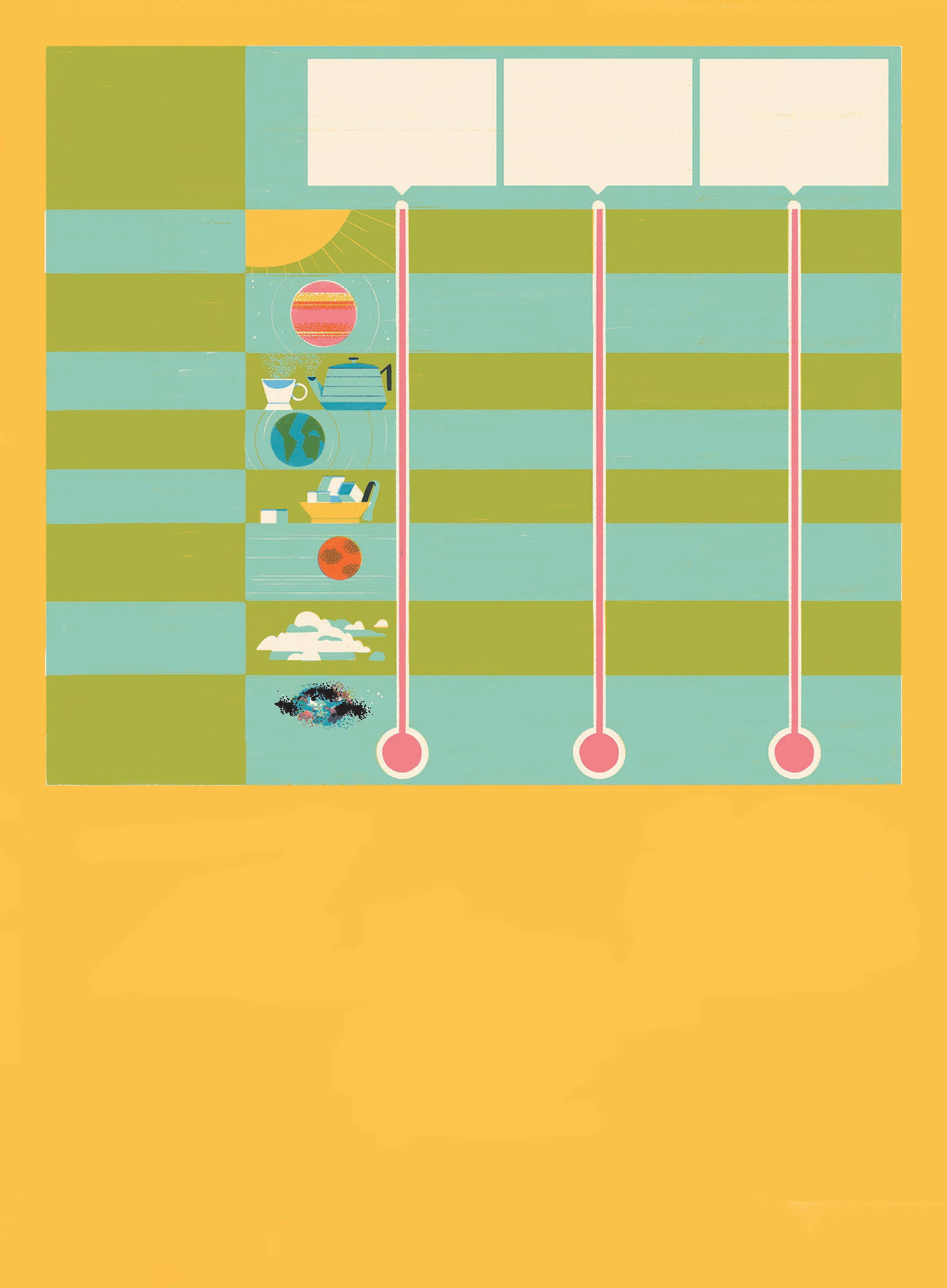
CELSIUS SCALE (°C)
The Celsius scale is based on the behaviour of water. Zero degrees Celsius (O°C) is the freezing point of fresh water at sea level, while its boiling point is 1OO°C.
KELVIN SCALE (K)
The Kelvin scale starts at what scientists believe is the lowest possible temperature that could ever happen. This point is called absolute zero.
FROM
Dry ice -78.5°C (-1O9.3°F)
Instead of being made from water, dry ice is made from carbon dioxide gas that has been cooled under pressure. What’s really cool about it, is that when dry ice melts, it does not become a liquid. Instead, it turns back into a frosty, cold gas. This process of turning straight from a solid into a gas is called sublimation.

Liquid nitrogen -196°C to -21O°C
(-32O°F to -346°F)
This chemical is used in laboratories and some kitchens to instantly freeze things.
Liquid helium -269°C (-452.2°F)
Engineers have been able to design super-strong electromagnets for use in devices such as MRI scanners, which doctors use to see inside people’s bodies. But in order for electromagnets to work properly, they need to be cooled to extremely cold temperatures. Engineers use liquid helium to keep them this cold.
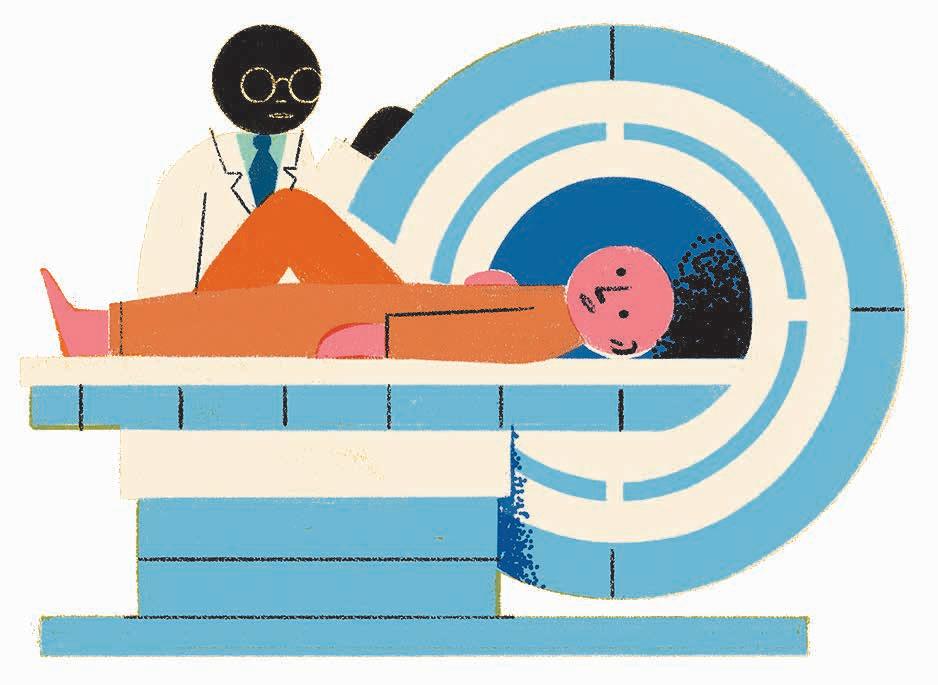
Absolutely Everything!
Each month we feature an amazing story from world history taken from the bestselling book by Christopher Lloyd, with illustrations by Andy Forshaw. This month: the invention of writing and the wheel!
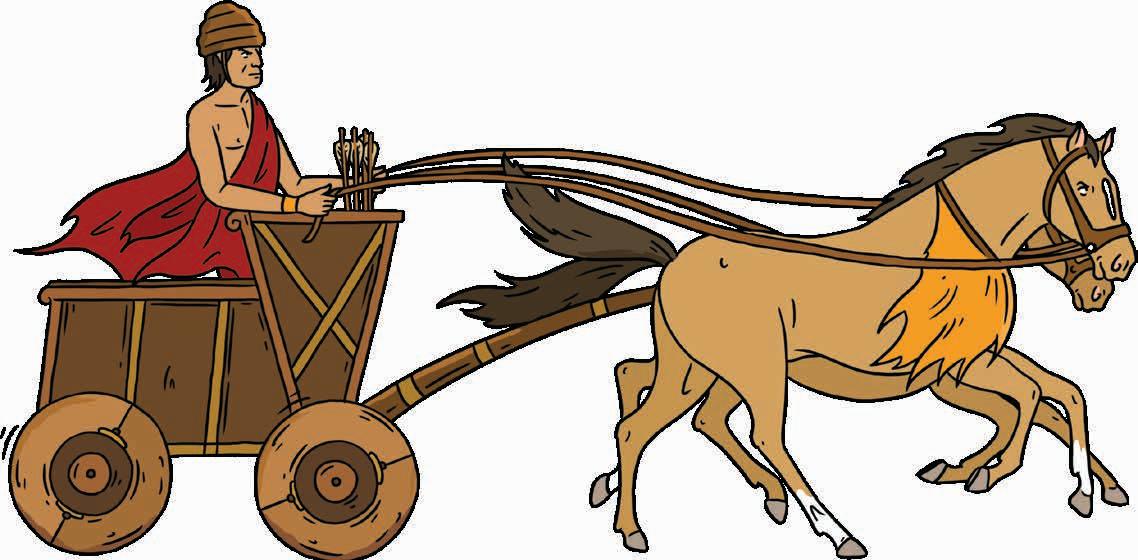
Imagine someone said they had invented an amazing new mind-reading technology. This person claimed that their system could transfer the thoughts from your brain into the mind of someone else. It would work from thousands of miles away. You could even use this system to find out what they thought long after they were dead. Would you believe them?
Amazingly, that technology really does exist. And, believe it or not, it was invented more than 5,000 years ago. Here’s how it works.
The invention of the wheel sparked a revolution by helping humans to transport people and goods more efficiently.
You take a thought in your brain, convert it into a code and put the code on to an object. Now you give the object to someone else who already knows the code. They read the code and, hey presto, your thoughts are now inside their brain!
This mind-reading technology is called writing.
If you were imagining some kind of fancy ancient helmet with wires sticking out of it, you may feel a bit disappointed. Sorry about that. But many of the things we take for granted as ordinary today are extraordinary achievements developed in the ancient past.
Middle East, who drew simple pictures on clay tablets to represent the things they were buying and selling. Next to each picture, they made marks for how many of these things changed hands. These tablets were baked in ovens to make their marks permanent, creating an unchangeable set of records. This meant that merchants could trade without losing track of what they had bought and sold.
FISH
BIRD ARROW VASE
THE DEVELOPMENT OF EARLY WRITING CUNEIFORMS
Writing is just that. No other creature on the planet can do it. Only we humans.
Technically, history begins with writing. It’s what we learn about the past by reading what people have written down. Everything before is prehistory, or prehistoric. No one knows who invented writing. It is highly unlikely that any one person did. But from about 3,400 BCE, we see the first clear use of written symbols.
If you’re wondering what the BCE stands for, it means Before the Common Era. The Common Era begins at the year 1. Anything before is BCE. Anything after is CE. For example, my dad was born in 1936 CE. The Egyptian pharaoh Cleopatra died in 30 BCE. We tend to leave the letters CE off dates with four numbers in them, such as 2018. Writing began with merchants of the
Focus the camera of a smartphone or tablet on this QR code to listen to an audio recording of the author reading this book extract.
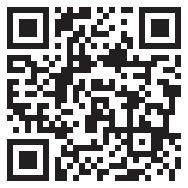
Over time, wedge-shaped marks replaced the pictures. This style of writing is called cuneiform (which means ‘wedge-shaped’). It forms the basis for three of the oldest written languages in the world – Sumerian, Assyrian and Babylonian.
S
umeria was an ancient civilisation in the south of Mesopotamia, a land in the heart of what is now Iraq. Experts believe writing first appeared here.
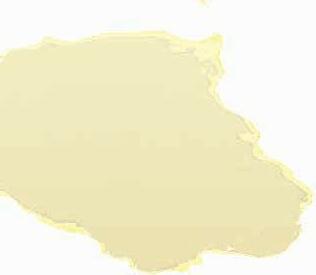
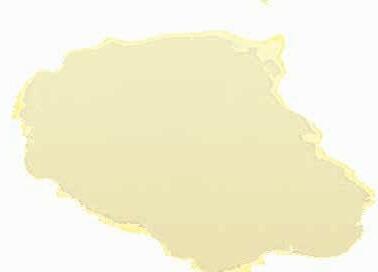

Sumeria grew up along two rivers called the Euphrates and the Tigris. Fresh water from these rivers meant the people could flood their fields. That made just the right conditions for their crops to thrive. The river valley also provided two long flowing superhighways. People could use wooden boats to carry themselves and their goods from one riverside city to the next. We know a great deal about this very old civilisation, in part thanks to an extraordinary discovery.
It was the 1840s in England, and Austen Layard wasn’t having any fun being a lawyer. So, he decided to go on
an adventure. He headed for the distant island of Ceylon, now Sri Lanka, off the southern tip of India. But he never got there. His trek took him through the Middle East, where he got very interested in archaeology, studying the remains of ancient civilisations. He worked on several important digs and even wrote a book. Then, about 10 years after he first left London, he decided to investigate a mound of earth across the Tigris River from the town of Mosul.
The mound turned out to be the ancient Assyrian capital of Nineveh, which had been destroyed in 612 BCE. Layard and his team uncovered a giant palace. Even more important, they found a huge royal library. We call it the Library of Ashurbanipal after the ruler who we think built it. It contained a staggering
After his amazing archaeological discovery, Austen Layard made drawings of the palace of Nineveh. In 1853, James Fergusson used the drawings to create this painting of what it may have looked like.
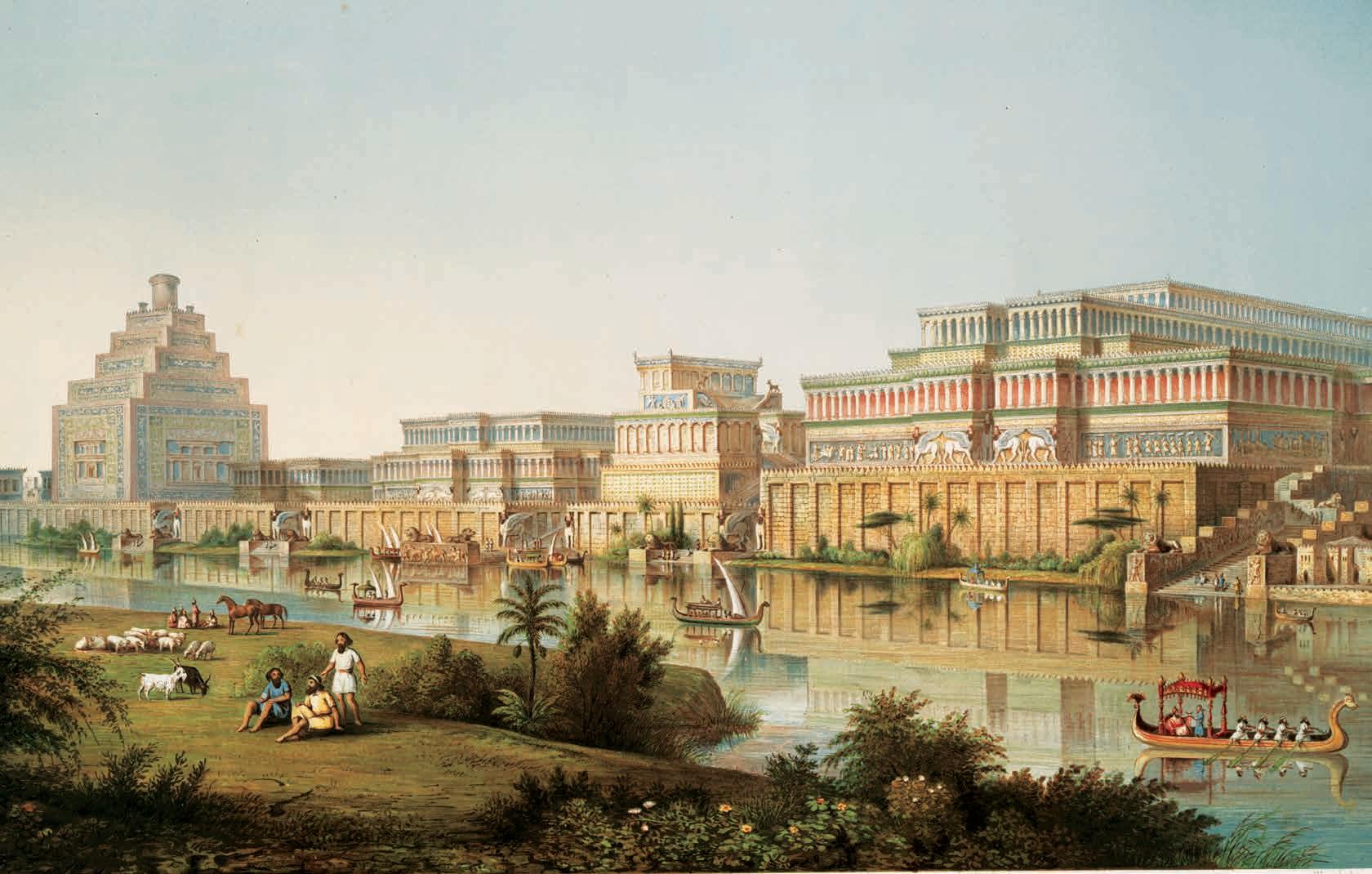
30,000 clay tablets covered with cuneiform writing. These tablets have transformed our understanding of life in ancient Mesopotamia.
The most famous tablets from the ancient library tell of the adventures of Gilgamesh, an early Sumerian king. Gilgamesh had been a real-life king who ruled one of the first Sumerian cities, called Uruk, located on the bank of the Euphrates River. Uruk was the largest city in the world at the time. As many as 80,000 people lived there. The Epic of Gilgamesh, probably first written down in about 2,000 BCE, is a poetic fantasy.
number 60. It’s a great number to base a maths system on because there are so many ways to divide it (by two, three, four, five, six, 10, 12, 15, 20, 30).
The Rosetta Stone (left) found in Egypt in 1799, contains the same text written in three scripts, including Egyptian hieroglyphics and Ancient Greek. Since historians knew Ancient Greek, they used the stone to decipher the hieroglyphics.

It’s thanks to the Sumerians that we have 60 seconds in a minute, 60 minutes in an hour and 360 degrees in a circle. These ingenious people also came up with the most revolutionary invention of all time – the wheel.
= PTOLMIIS
The name of Egyptian king Ptolemy V is inscribed in the Rosetta Stone. Here is his name in hieroglyphics.
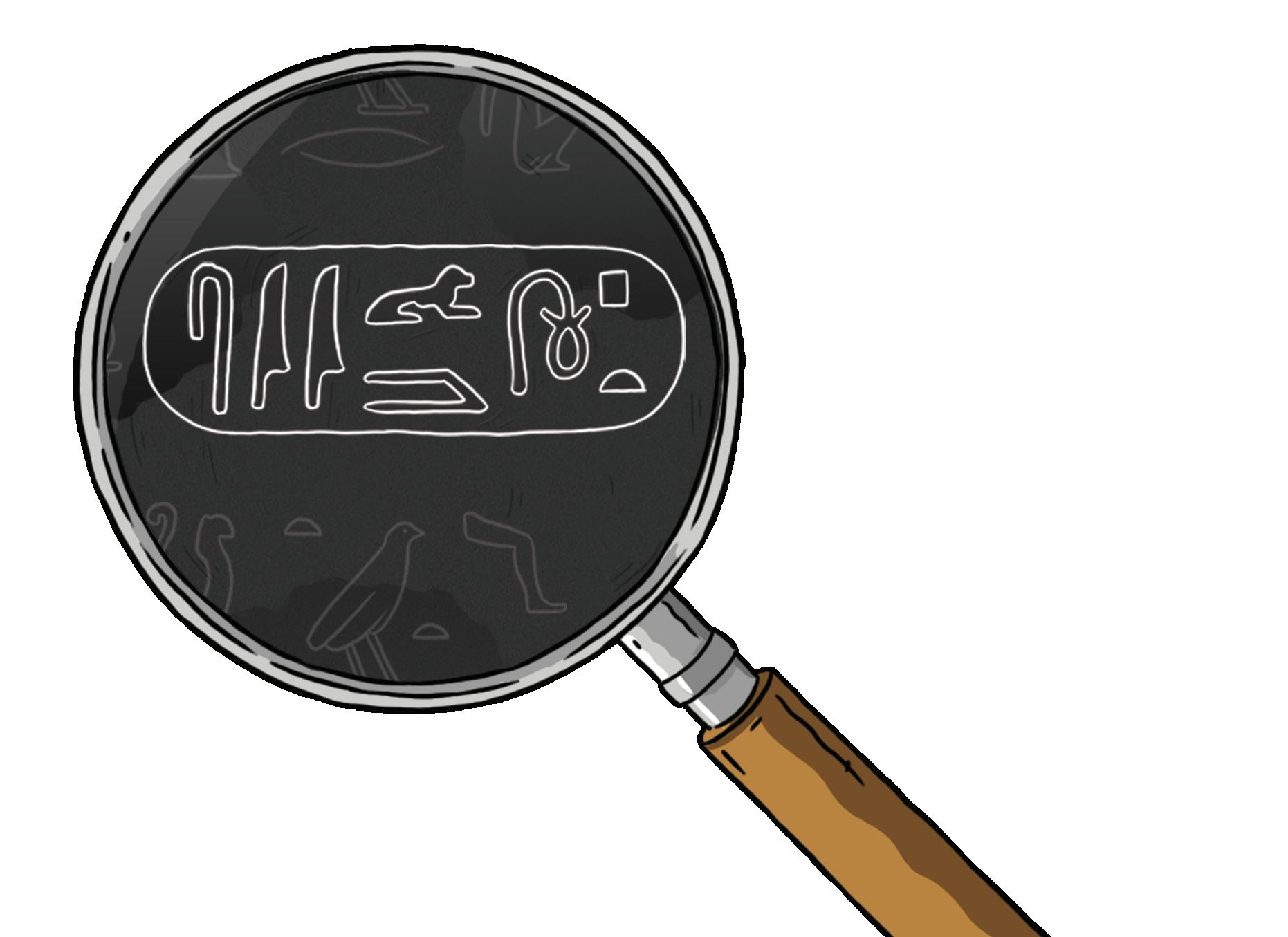
It tells the story of a character called Gilgamesh, who was two-thirds god, one-third human. Gilgamesh goes on an epic journey in search of a way to live for ever. It is the very first written work of fiction that we know of.
It isn’t just writing that we owe to these creative people. They also loved maths. The Sumerian counting system was based on the
The first wheels we know about were potters’ wheels, used to make clay pots. These were invented in about 3,500 BCE, around the same time as writing. By about 200 years later, people in what is now Slovenia – almost 3,000 km away – had two-wheeled pushcarts. Who made the leap from making pots on wheels to carrying pots on carts, and where? We don’t know.
Like all civilisations, the Sumerian civilisation didn’t last for ever. About 2200 BCE, a terrible drought lasting over 200 years devastated the region. In a bid for survival, the Sumerian cities were fighting among themselves and with their neighbours. Finally, in 1787 BCE, Babylon conquered Sumeria and made it part of the Babylonian empire. :
S I I L O P TMA bright spark! This is a photo of me experimenting with electronics, by connecting a battery with a fan and lightbulb. I like electronics because you can make anything out of it.
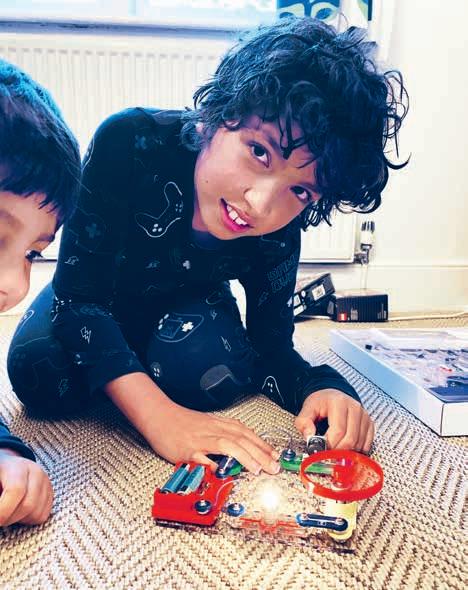
age 1O
Ahoy there!

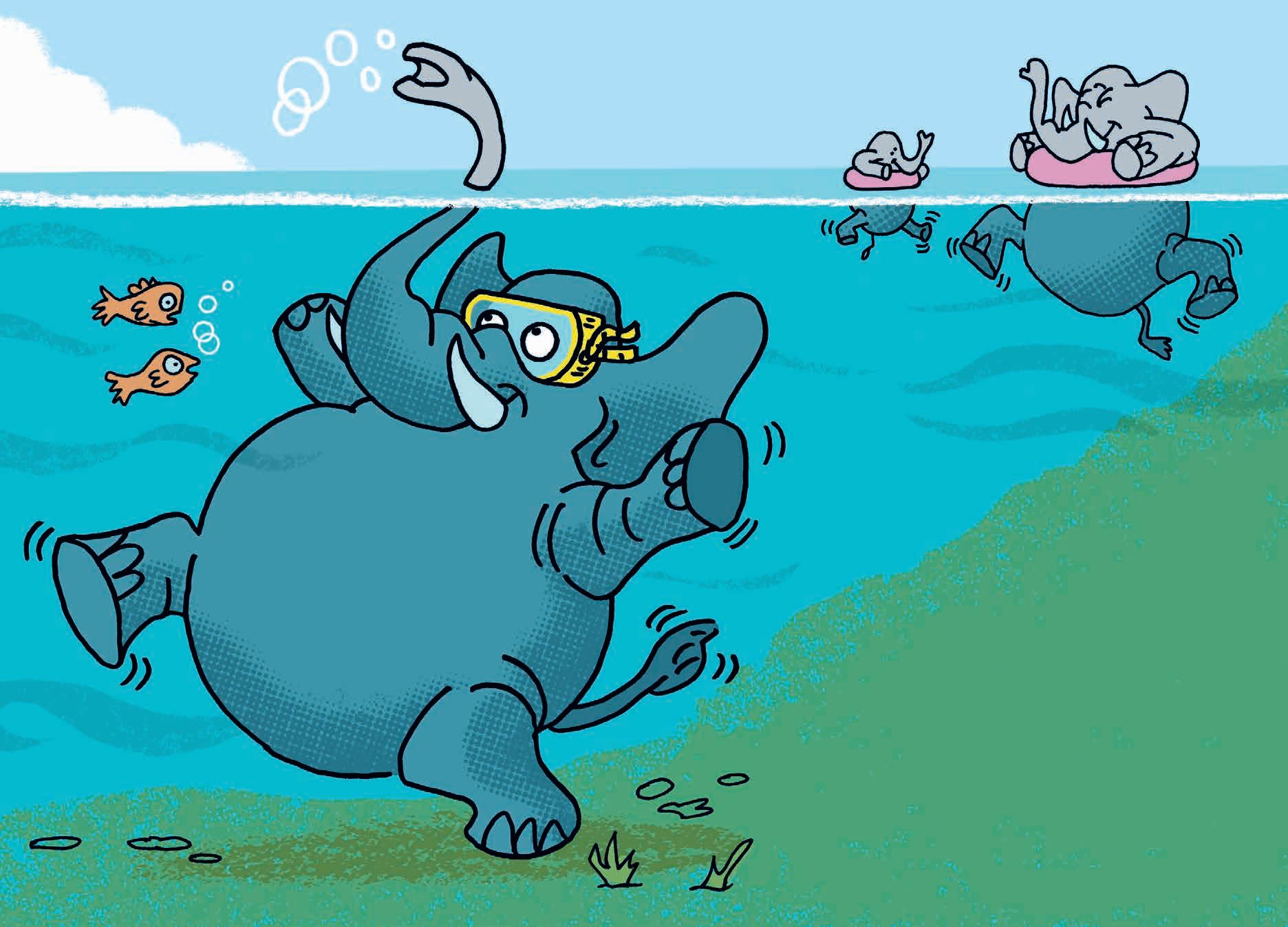
Ask the experts
Readers ask. Experts answer.
Answer
DR WILL SWANEYAnimal brain expert
Question:
Which animal has the biggest brain?
From Pranav, age 12
It’s no surprise that the winner in absolute terms is a giant: the sperm whale, whose brain can weigh 9 kg, which is roughly the same as a watermelon. But there’s a twist: big animals need big brains just to control all the different bits of their big bodies. So to compare
brain sizes in a fair way, we need to adjust the calculation to take into account the relative size of the animal’s body. For example, although a sperm whale’s brain is big in itself, it is still only a very small percentage of its total body weight. When scientists do this, humans score
highly because we have big brains relative to the size and weight of our bodies. But the
overall winner might be the tiny Brachymyrmex ant, whose brain accounts for more
than 10 per cent of its body weight. The loser of the big brain contest is the bony-eared assfish: as well as its unfortunatesounding name, this deep-sea fish has the smallest brain compared to body size of any vertebrate*.
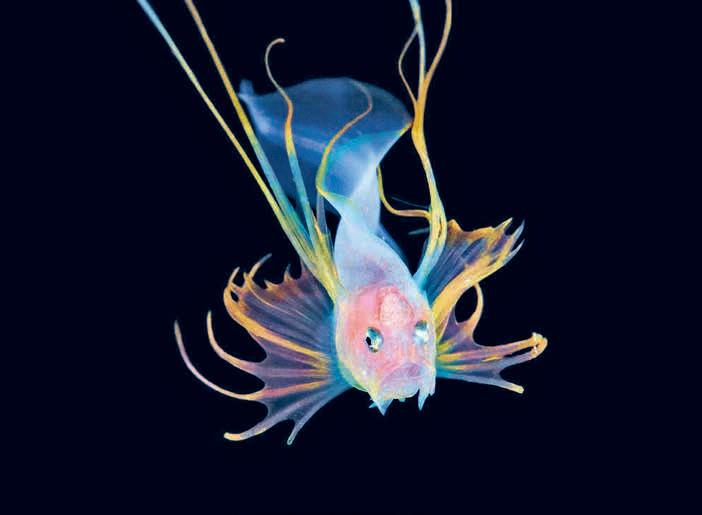
*A vertebrate is any animal that has a backbone.
DR GARETH PARKES

Gastroenterologist*
Question: Why do we fart?
From Wilfred, age 7
*A gastroenterologist is a doctor who specialises in diseases of the gut.
Answer
No matter who you are – king or queen, rock star or teacher, adult or child – all human beings pass wind, trump, chuff, blow off or fart between 450 and 1,500 millilitres each day. Sometimes the wind is accompanied by a funny noise.
Farts are the result of a buildup of different gases – carbon dioxide, hydrogen
and, in around 15 per cent of people, methane – formed deep inside our digestive tract, in the large intestine or colon. The body passes or farts out this gas to stop it building up too much and becoming uncomfortable.
Why does your body produce this gas in the first place? It is the by-product of the
fermentation, or breaking down, of food in your gut. Your body doesn’t do this work by itself, though. Most of it is done
by your microbiome, the 10 trillion or more bacteria that live in your colon. These bacteria break down tough plant material your body can’t digest on its own and release valuable nutrients into your bloodstream. We literally couldn’t live without all these tiny helpers.
Whether a fart smells stinky or
Left: the big-brained sperm whale. Top: the small-brained bony-eared assfish.
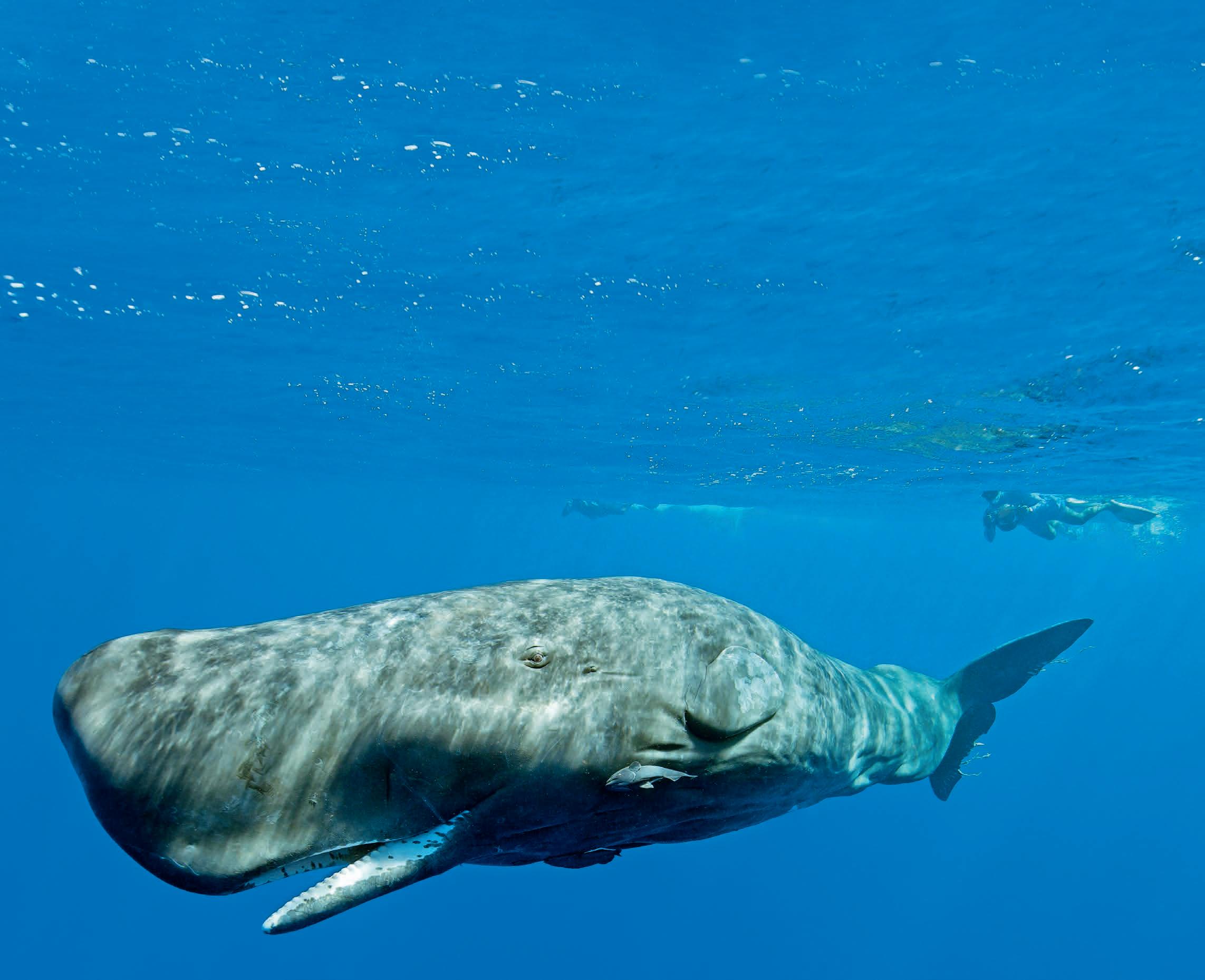
not depends on whether it contains small amounts of certain chemicals, such as sulphur, plus a range of factors including what you eat and how fast the food has passed through your gut.
Farts are a bit like the exhaust fumes from a car engine: a waste product signalling that your body’s natural engine is working normally.
SHOW WHAT YOU KNOW
you read the whole magazine, these should
a breeze!)
1
What is the official job title of the British Prime Minister’s cat?
Chief Mouser
Mousecatcher-in-Chief
Whiskers
Catflap
What is the name of the two-legged robot that recently set a world record for running 100 metres?
2
Usain
Carrie
Cassie
3
During the Middle Ages,
mixture of which two
The BIG Britannica

Stretch your brain power with our tricky quiz. The first 2O questions are answered in the magazine, but the final five aren’t. Don’t worry if you don’t know them all. Just check out the answers bottom right and test your grown-ups, too!
things was often used to clean knights’ armour?
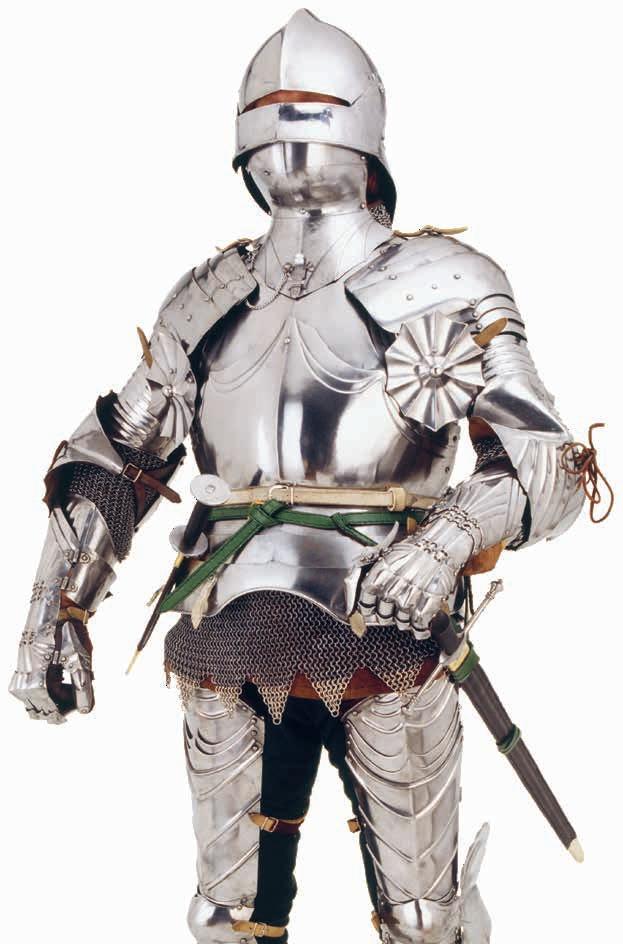
Oil and water
Sand and water
Soap and wee
Sand and wee
Dogs
2O
7
In which country is an official government office building shaped like a fish?
4
India
Italy
Sri Lanka
China
What useful job do sheep perform on the Faroe Islands in the North Atlantic Ocean?
Trimming hedges
Cutting the grass on
roofs of houses
Predicting the weather
Delivering mail
5
In which direction do comets’ tails always point?
North
South
Towards the Sun
Away from the Sun
6
Which of these living things are human beings’ closest genetic relatives?
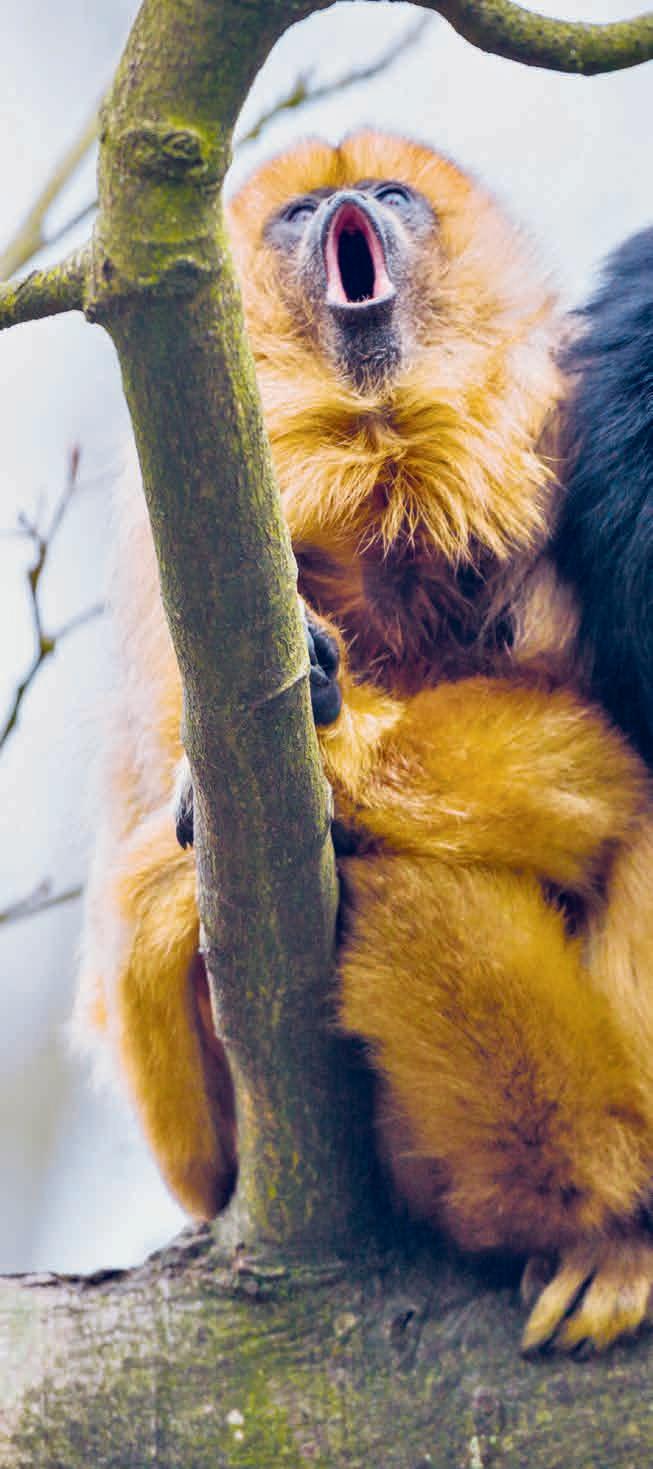
8
What is the name of the coldest temperature that scientists think can possibly exist?
Freezing Zone
Freezing Point
Total Zero
Absolute Zero
9
Pelé, widely considered the world’s greatest ever footballer, played for which South American country?
Brazil
Argentina
Colombia
Chile
According to scientists,
how many ants are there on Earth?
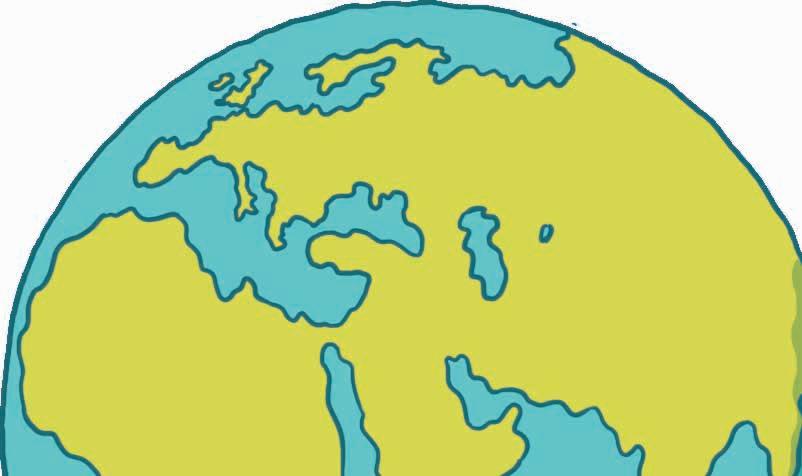
million
billion
trillion
What type of animal was Laika, the first living creature to orbit Earth?
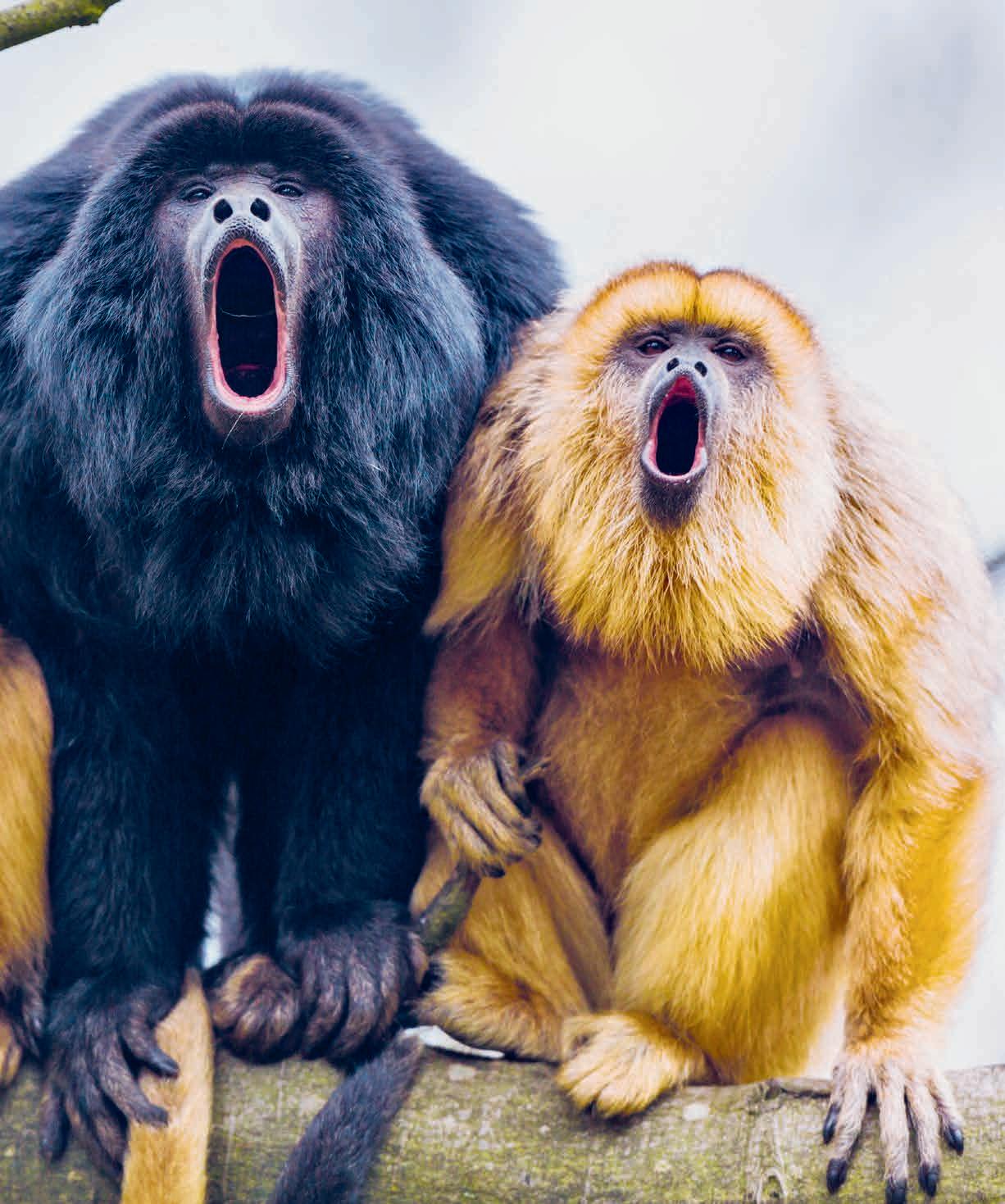
A monkey
dog
cat
hamster
At least how many copies of the board game Monopoly have been sold since it launched in 1935?
million
million
million
million
do scientists
that Oumuamua,
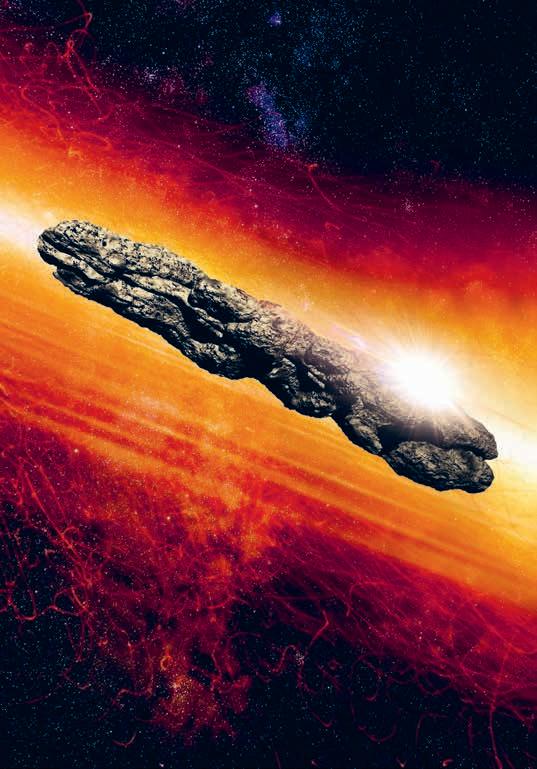
first interstellar object
to have visited our solar system, is made of?
Rock
Metal
Dry ice
ice
of these four sounds is the loudest?
Balloon popping
Aeroplane taking off
siren
blower
long can a tardigrade go
Which planet of our solar system has the hottest surface temperature?
Mercury
Britannica
was the wheel invented?
BONUS ROUND
which
the
the
many pockets
a
do you measure
animal do
think
is the closest star
15.d,
14.
a,10.d,
a,5.
23.c,
d,13.
d,
2.c,3.d,
WORD
I
S N C J M U R R Y M E
T I P L G F R R J A A T M I H B S Q M L F O V O V S Z N Z K V K T N A R E Y B A T Y E R A C C O O N N H A G X Y E O Z C E E L A G N I T H G I N R R O Z B X O U I C K L B L P P R G V X M X I C E T U O A G O F E M W L R Q I T L U A D D E S M T U U Z U J U U A P F T X V Y T L D E X C T V A Y S F M V O O U S I Q X I L B X R S T I N G R A Y L Q Q G E B T W H L R J N T Y P A O Y O T A P I R K Z Q V R T S J O K C E G X N F U N M A S O Z E B R A C O B R A A B O V G H Y S F
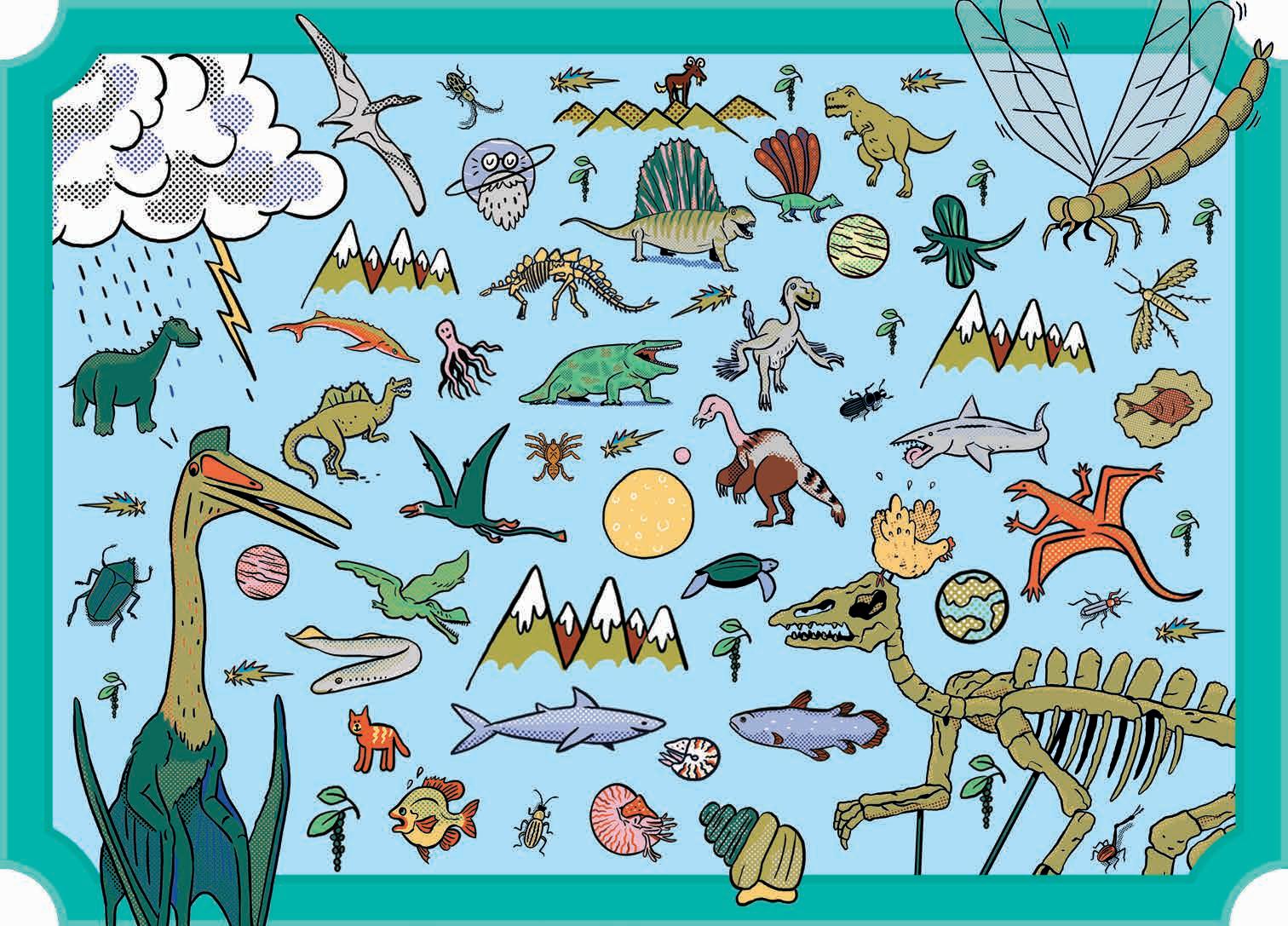
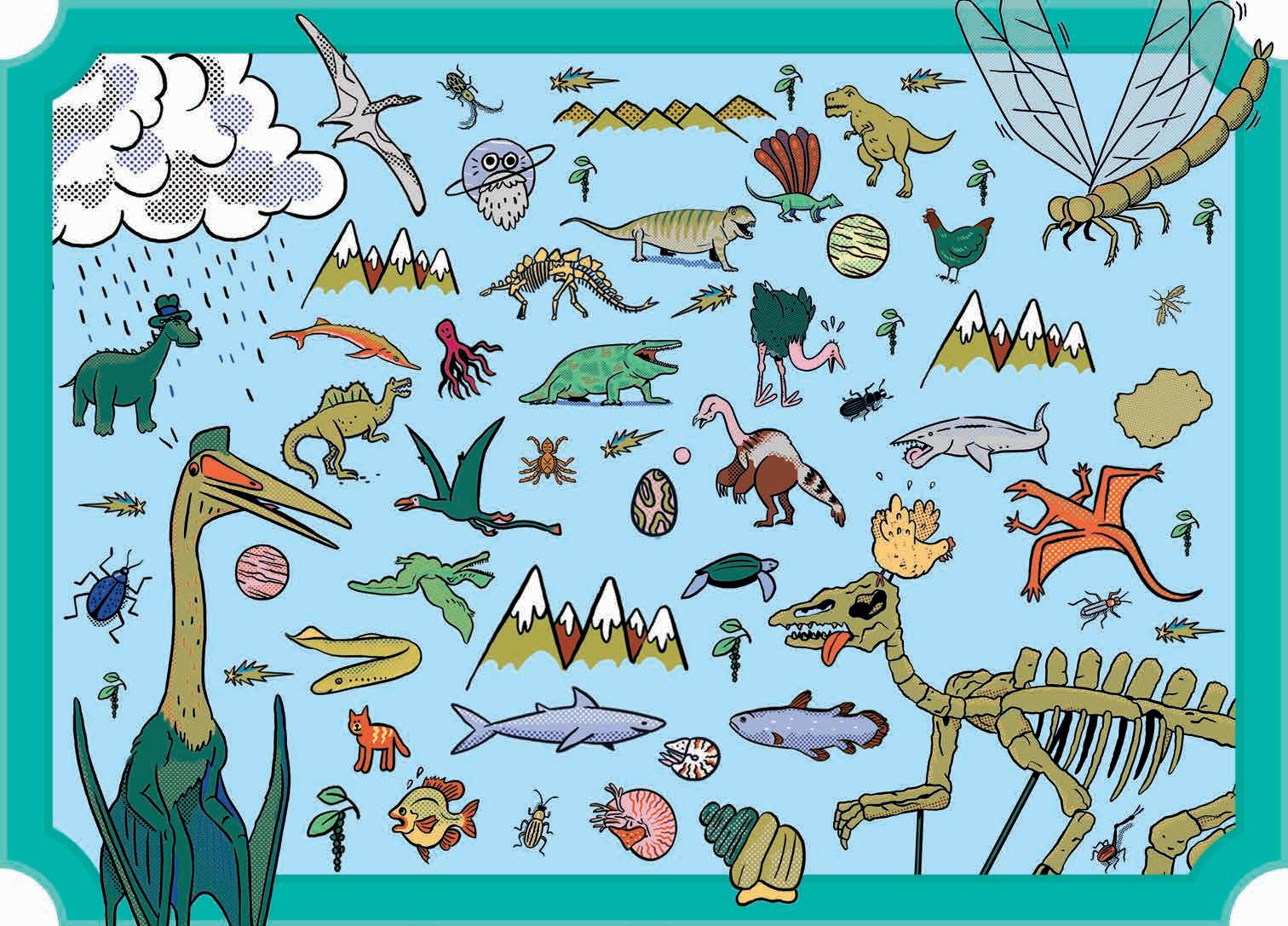
Hale, Andy Smith, Andy
Lozano, Steve Tomecek, Marcos Farina, Mark Hickling, Susanna Hickling, May, Paige Towler, Lisa Thomas, Chris Harrison, Peter Methven, Dr Will Swaney, Dr Gareth Parkes
With thanks to Andy Forshaw, Natalie Bellos, Casey Neumann, Katy Lennon, Daisy Symes, Helen Thewlis, Olivia Galyer, Nell Wood, Helen Jones and the whole team at What on Earth Publishing
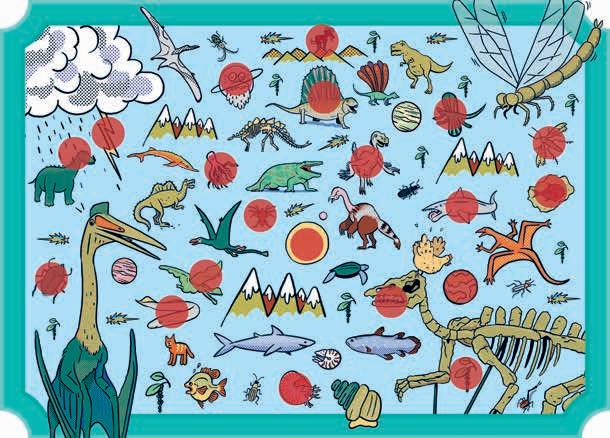
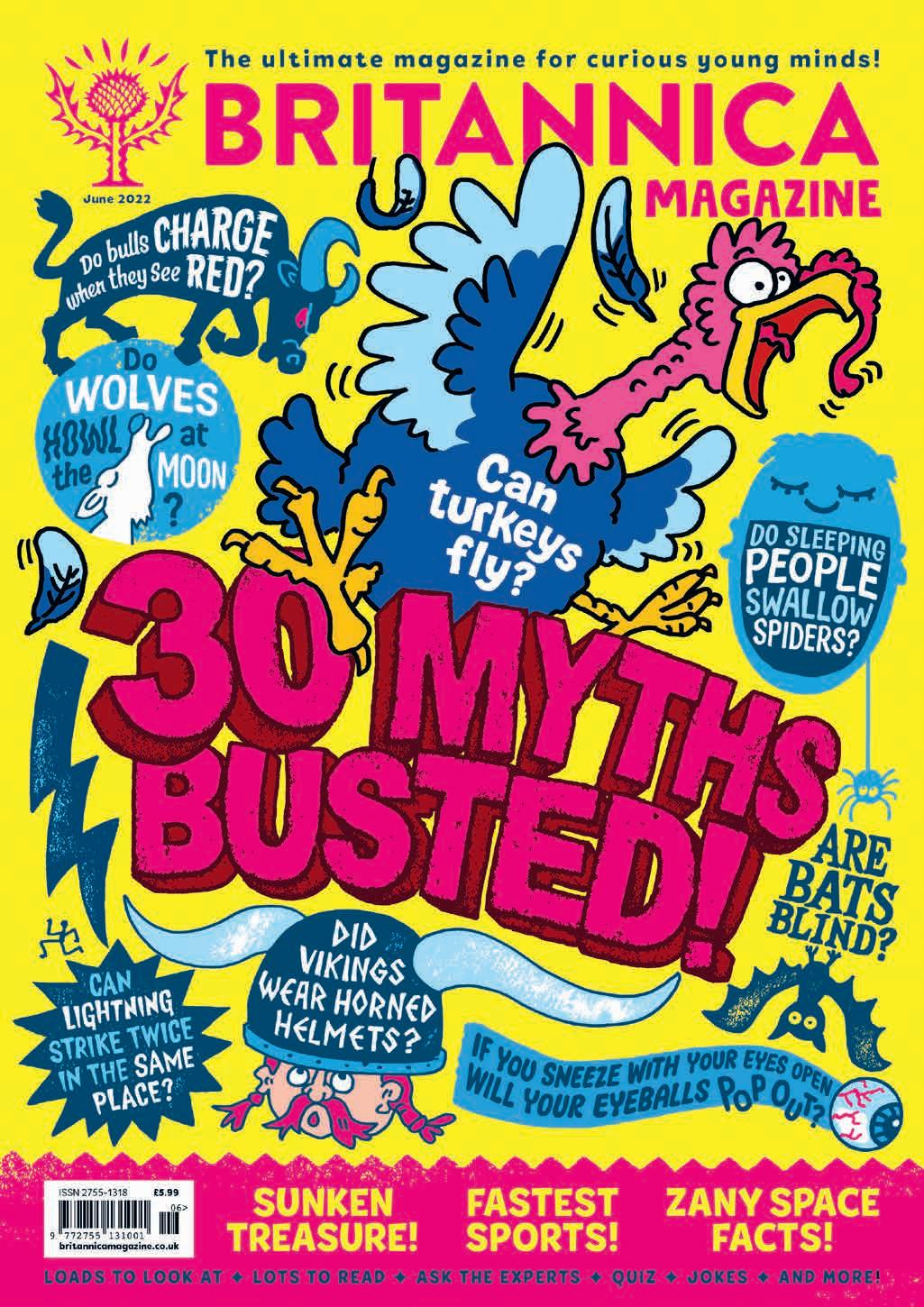
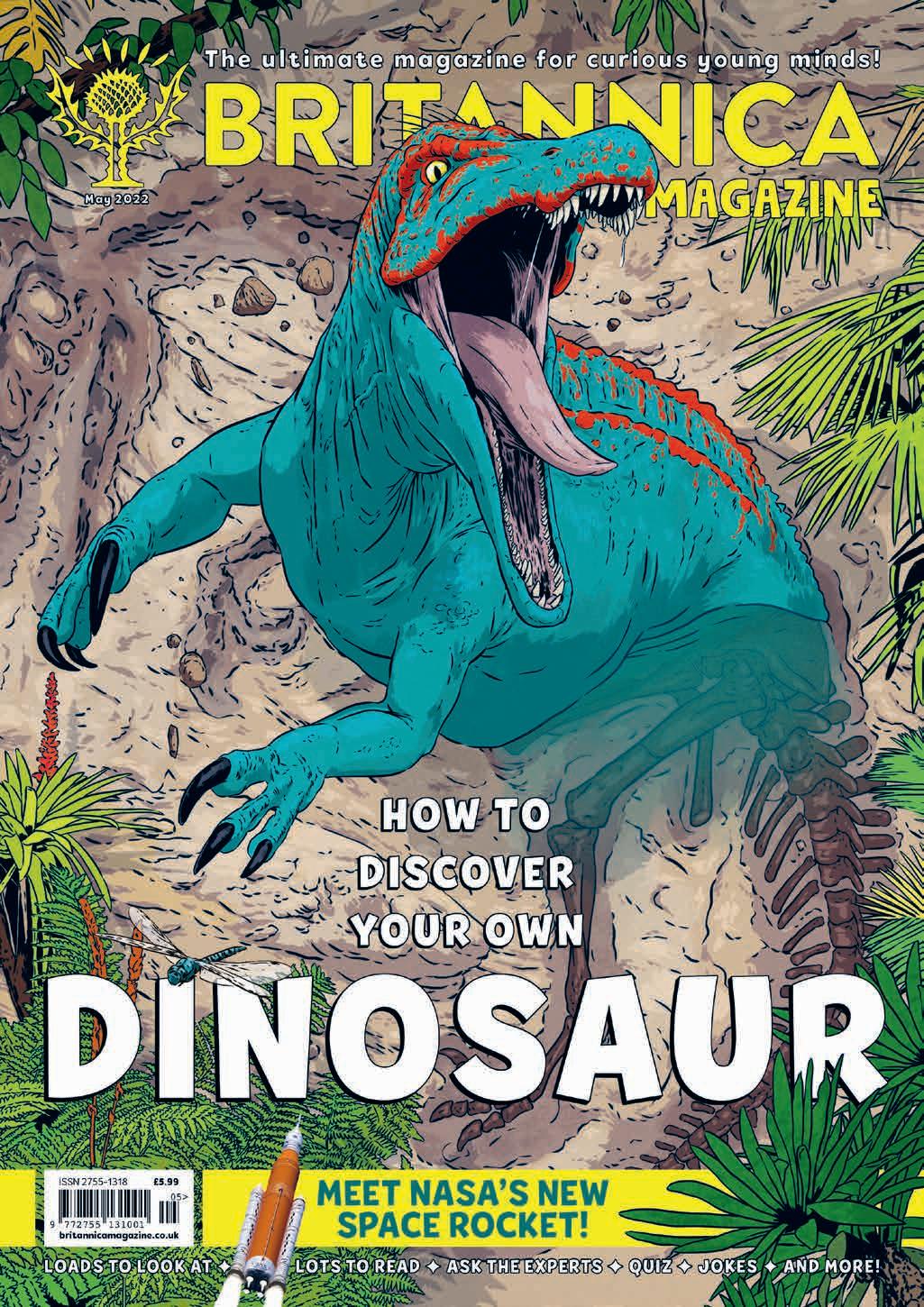
Editorial Consultant
Nancy Feresten Business Development David FalzaniCEO, What on Earth Magazines
Christopher Lloyd
For Encyclopaedia Britannica
Alison Eldridge, Managing Editor
Printing and distribution
Warners Midlands PLC, The Maltings, Manor Lane, Bourne, Lincolnshire, PE1O 9PH
Digital Marketing Jamie French Editorial enquiries editor@britannicamagazine.com Subscriptions O1778 392479 britannicamagazine.co.uk
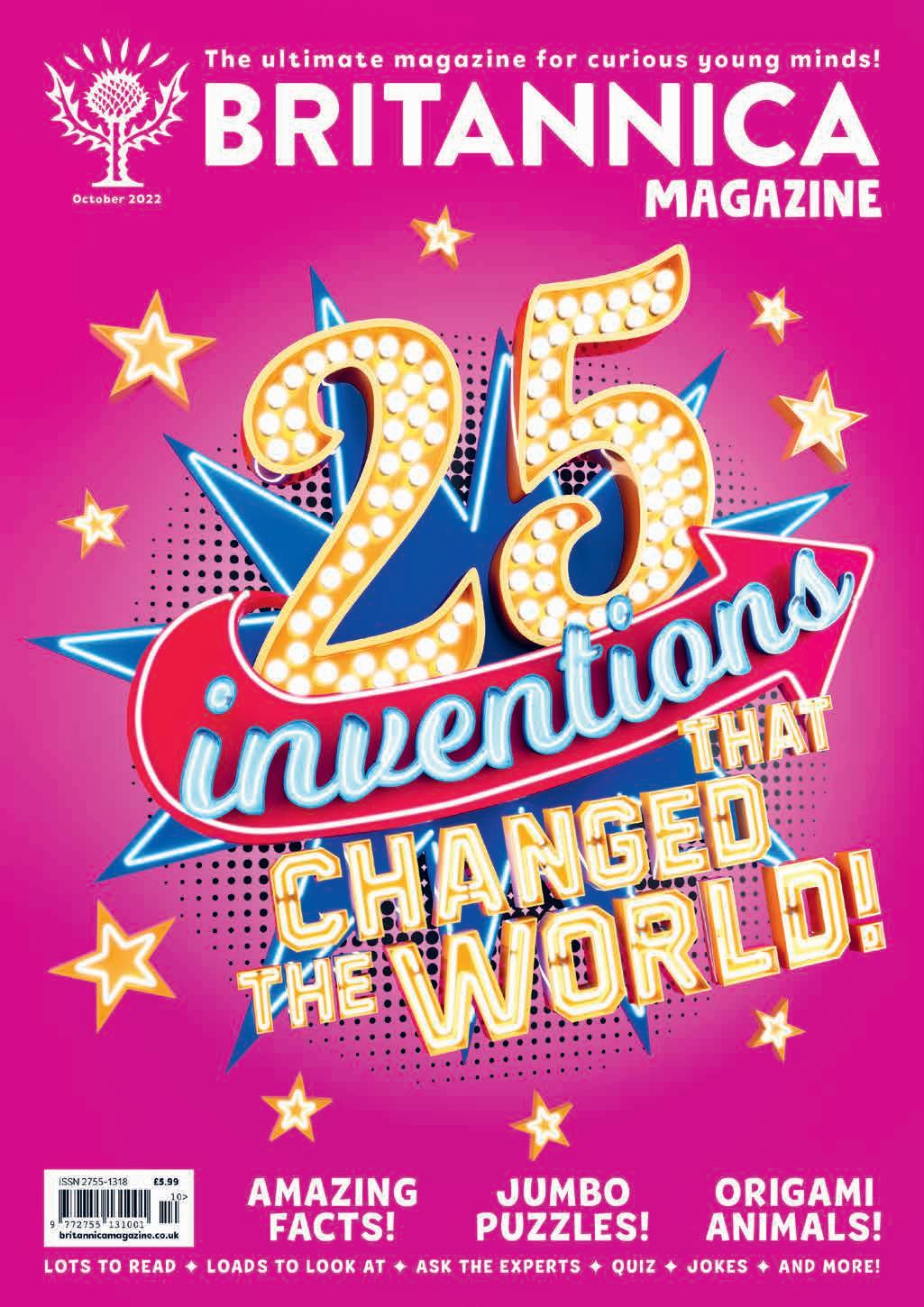
Picture credits
Alamy: 8, 9, 14, 15, 16, 17, 18, 19, 2O, 21, 29, 3O, 31.
Getty Images: 14, 15, 16, 17, 18, 19. Nature Picture Library: 3O. Science Photo Library: 22. Shutterstock: 15, 2O, 21, 3O. Nature TTL/Andy Schmid: 6. Filib
of Britannica Magazine to your best friend!
& riddles Jokes
Tickle your ribs and tease your brain with our favourite gags and riddles, hand-picked by our jokes editor May.

Q I stay in one corner yet travel the world. What am I?
A A stamp!
Q How do you measure a joke?
A In smiles per hour!
Q What did the pirate say on her 80th birthday?
A Aye matey!
Q What can run but never walks and has a bed but never sleeps?
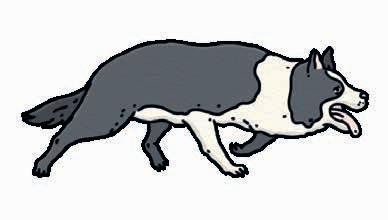
A A river!
Q How do bees brush their hair?
A With a honeycomb!
Where do sheep go on their summer holidays?
The Baaa-hamas!
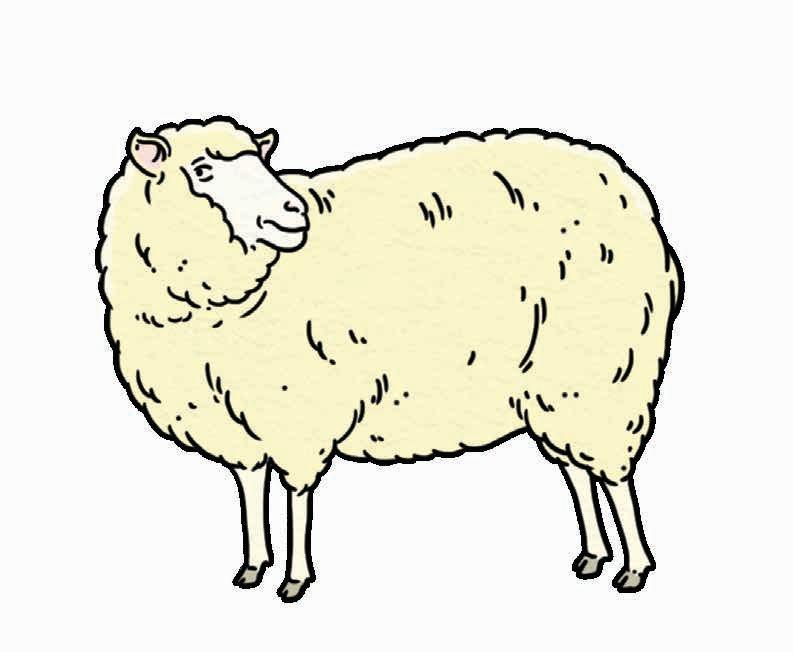

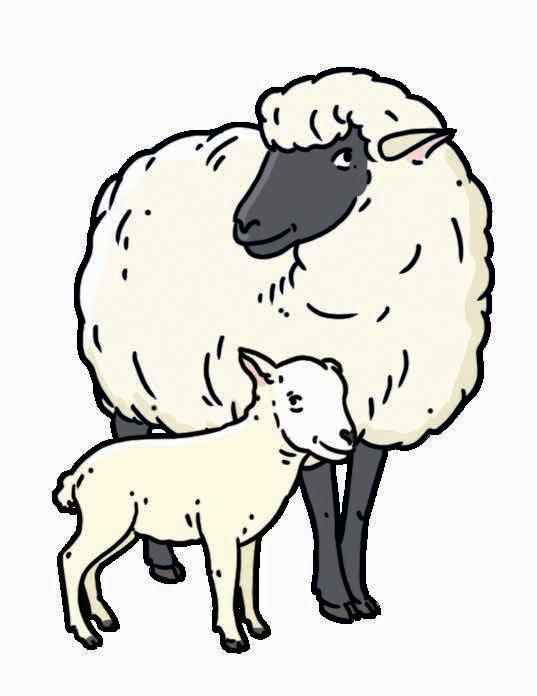
Q What did the orange squash say to the water?
A Diluted to meet you!
Q What do you call a boomerang that won’t come back?
A A stick!
What is a gorilla’s favourite fruit?
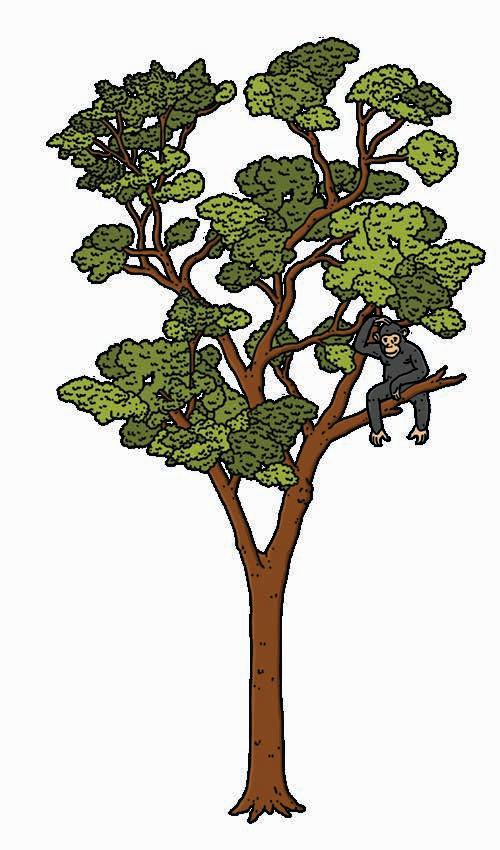
Q What can you hold without touching it?
A A conversation!
Ape-ricots!

Q Why did the biscuit go to the doctor?
A It was feeling crumb-y!
What has a net but can’t catch?
A basketball hoop!
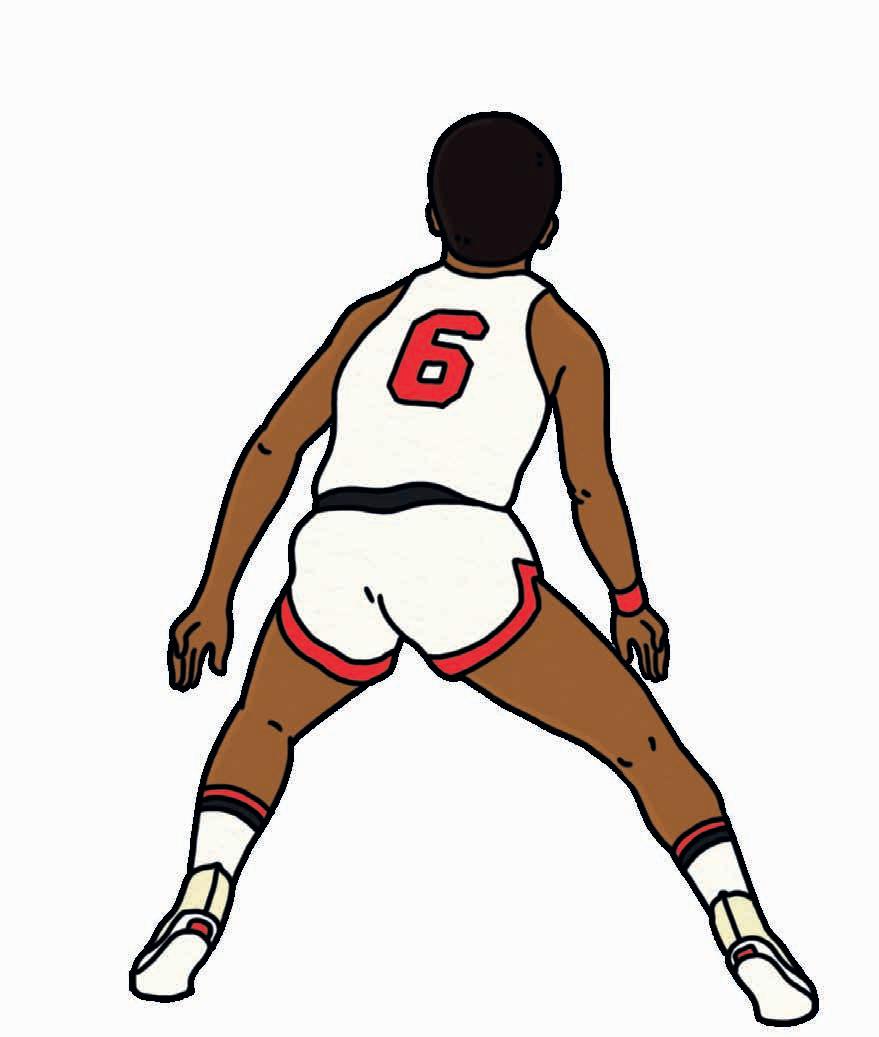
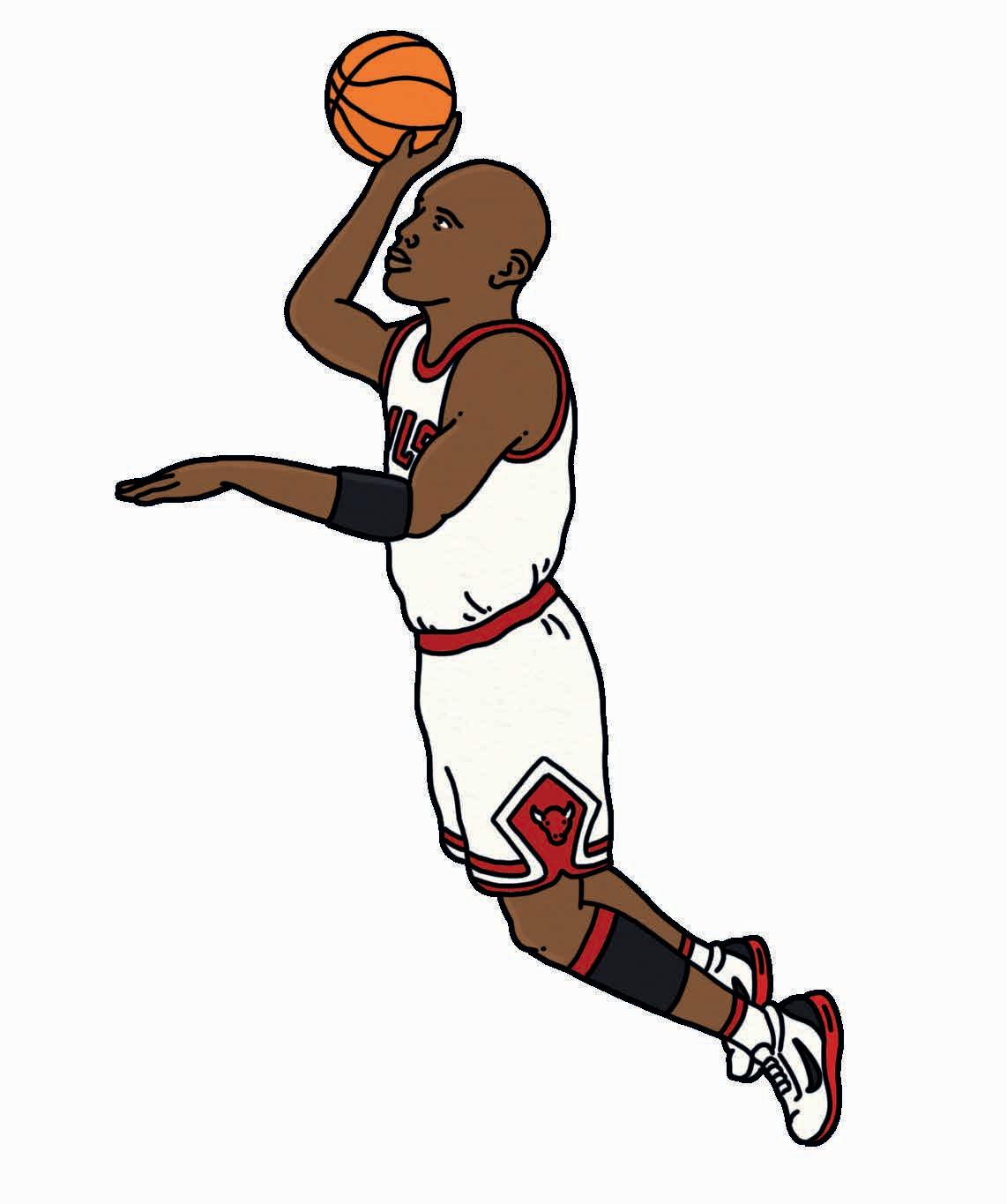

Q What is grey, beautiful and wears glass slippers?
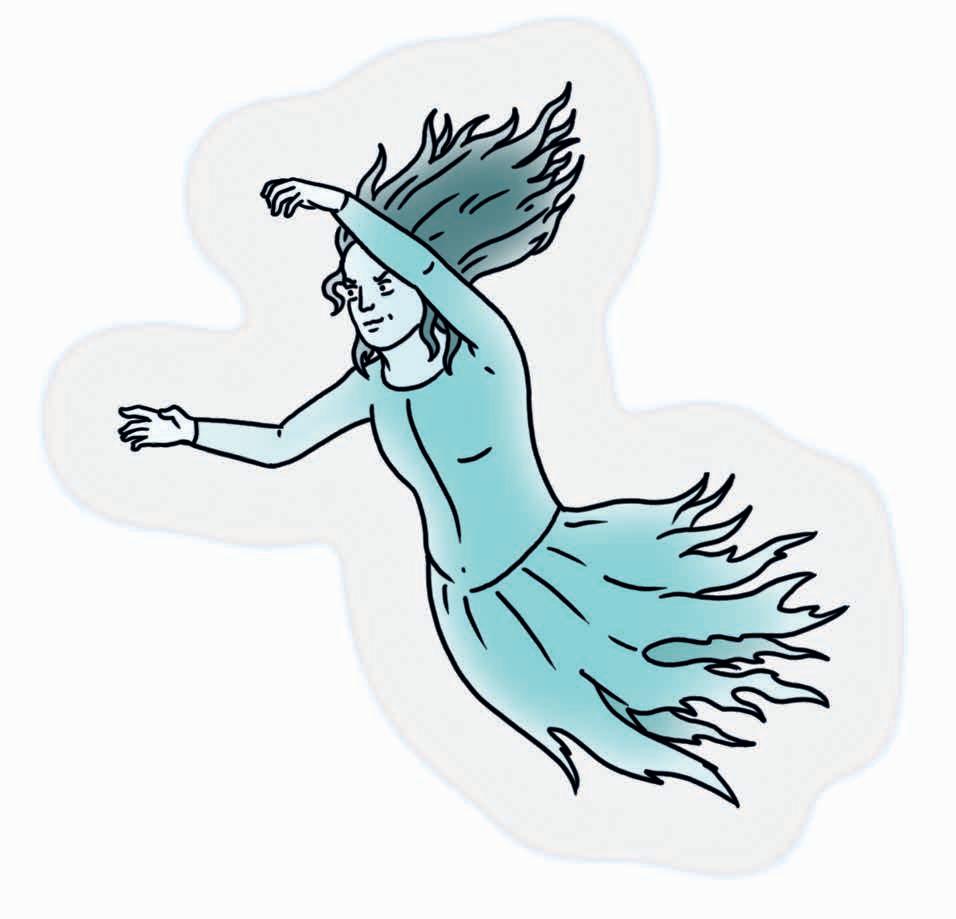
A Cinder-elephant!
Q Where does Friday come before Thursday?
A In the dictionary!
Q Why are ghosts terrible liars?
A You can see right through them!
Q What do you say to an avocado that’s done a fanastic job?
A Bravocado!
Q What has hands but cannot clap?
A A clock!
Q What can you always count on when things go wrong?
A Your fingers!
